I’d been intrigued by descriptions of Princess Louisa Inlet. Who could resist these words from Erle Stanley Gardner (best known for writing the Perry Mason detective novels) in his book ‘Log of a Landlubber’:
‘There is no use describing that inlet. Perhaps an atheist could view it and remain an atheist, but I doubt it’
‘There is a calm tranquillity which stretches from the smooth surface of the reflecting water straight up into infinity. The deep calm of eternal silence is only disturbed by the muffled roar of throbbing waterfalls as they plunge down the sheer cliffs’
‘There is no scenery in the world that can beat it. Not that I’ve seen the rest of the world. I don’t need to, I’ve seen Princess Louisa Inlet’.
High praise indeed, so when Paul suggested I look up some places to visit as we continued along the route to Sointula, it was the first place I mentioned. The beauty of Back Eddy would be hard to beat so our expectations were high as we motored past forested, snow-peaked mountains on the foggy morning that Paul turned 60.

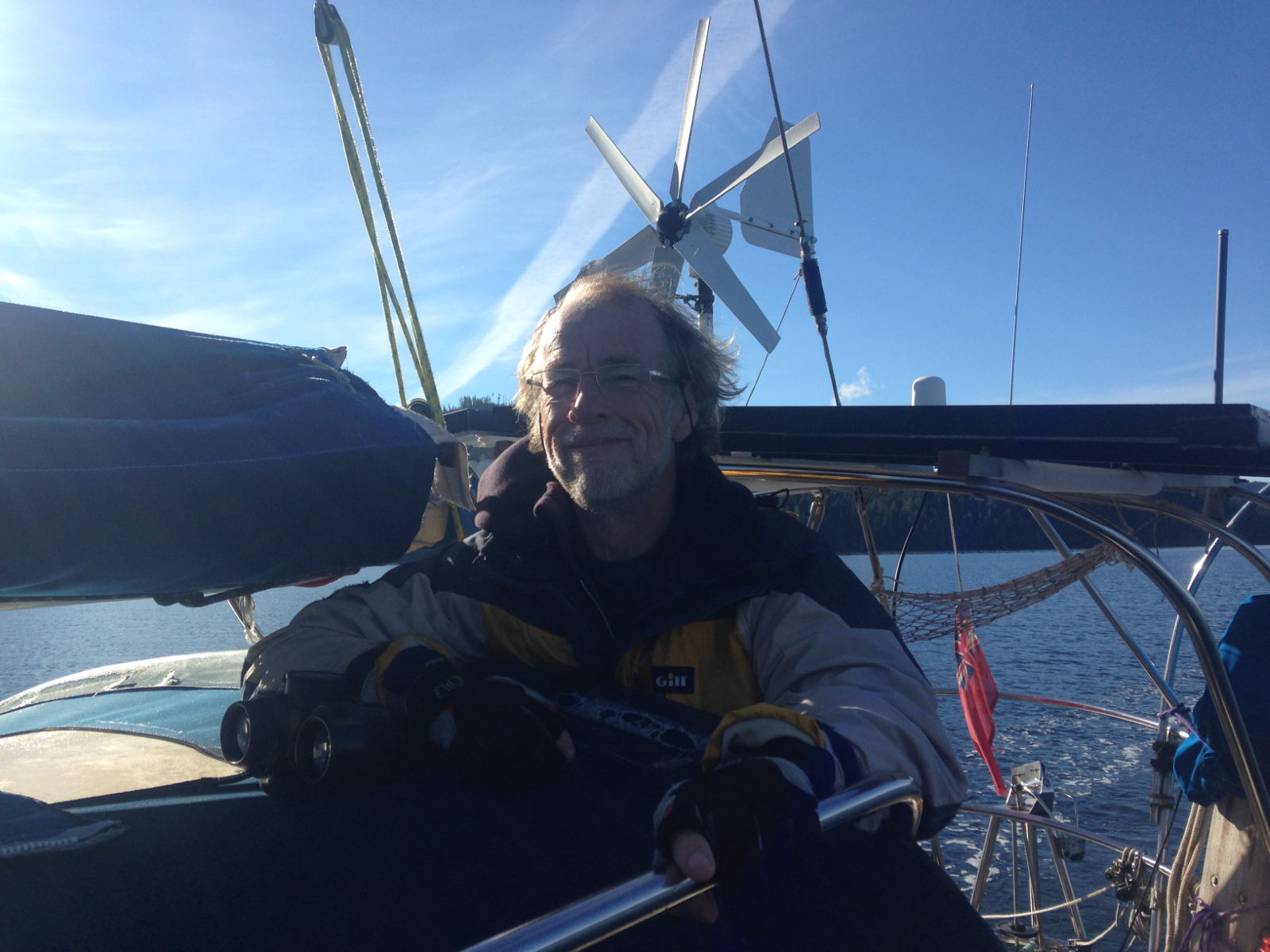

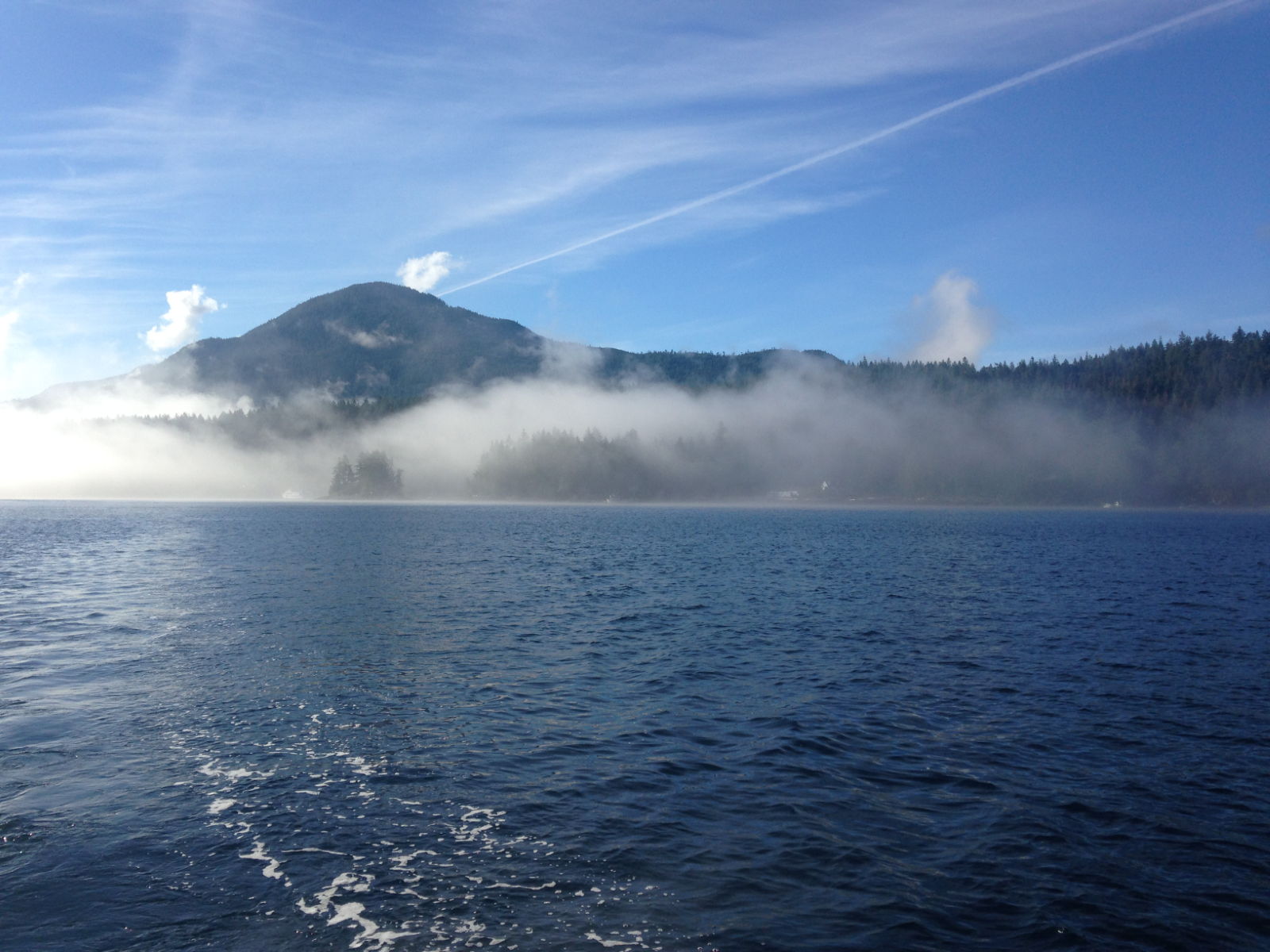


By the time we reached Jervis Inlet, the views had grown steadily more breath-taking, aided by the afternoon sun’s rays and a clear blue sky.
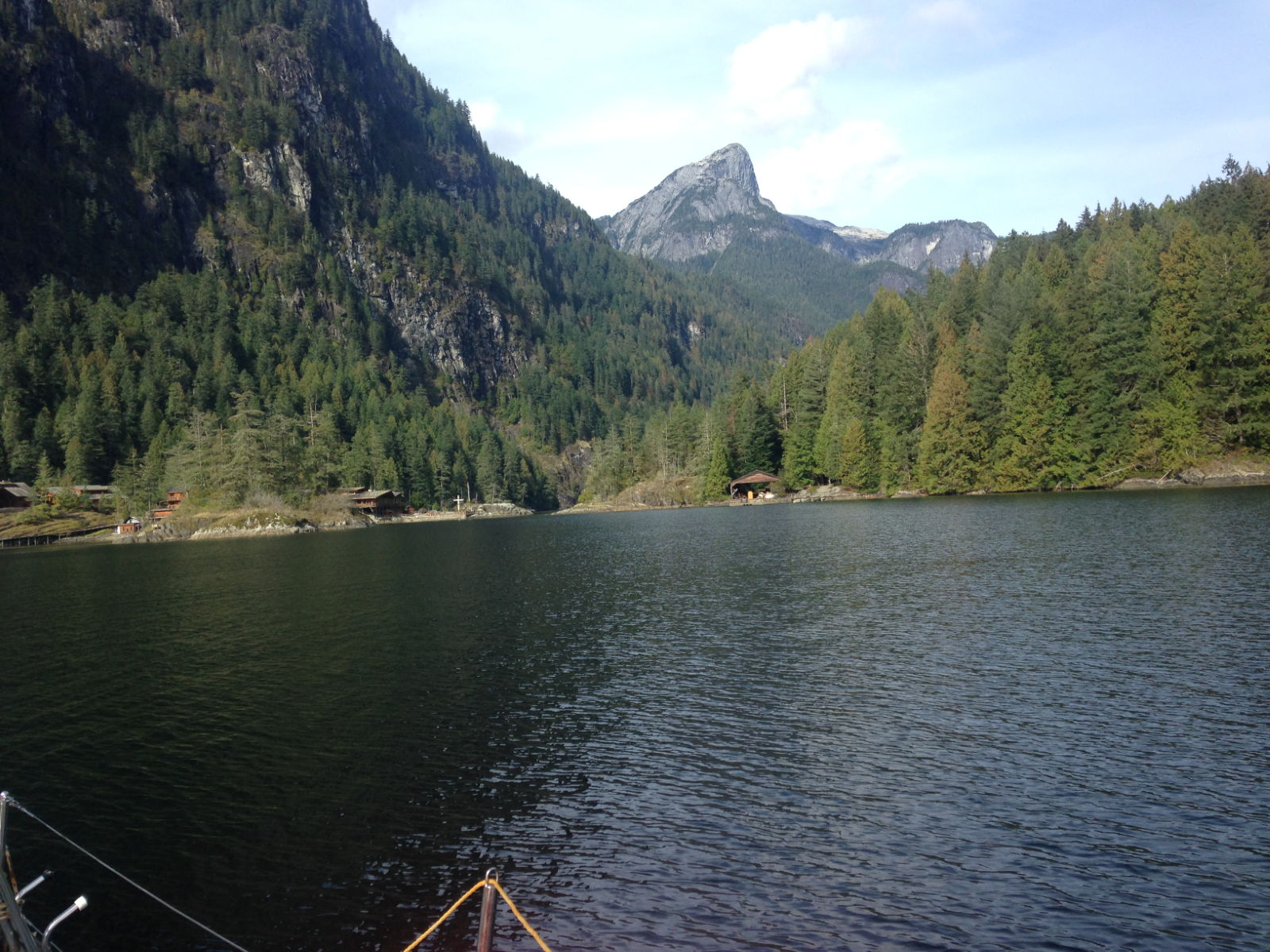
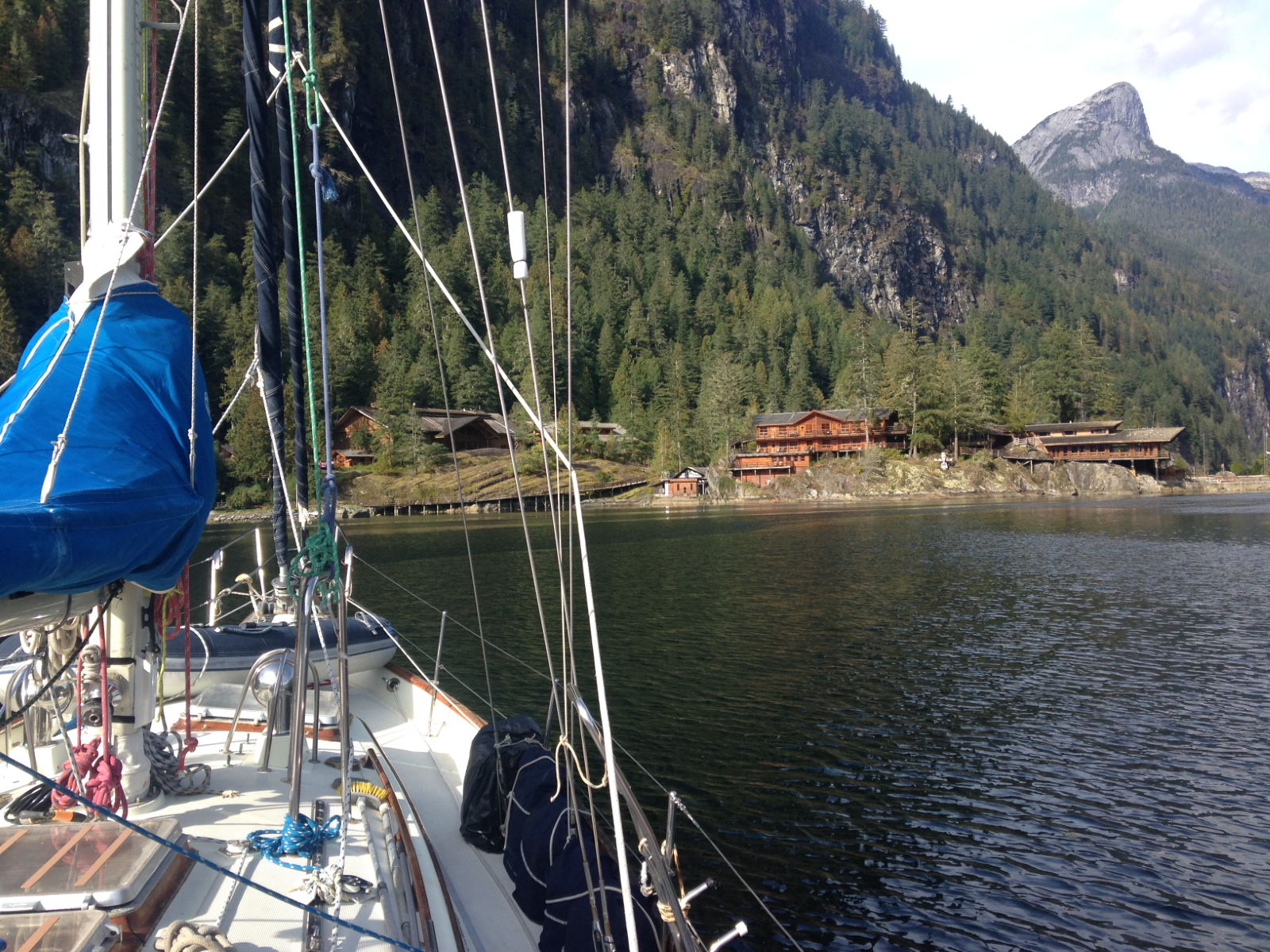
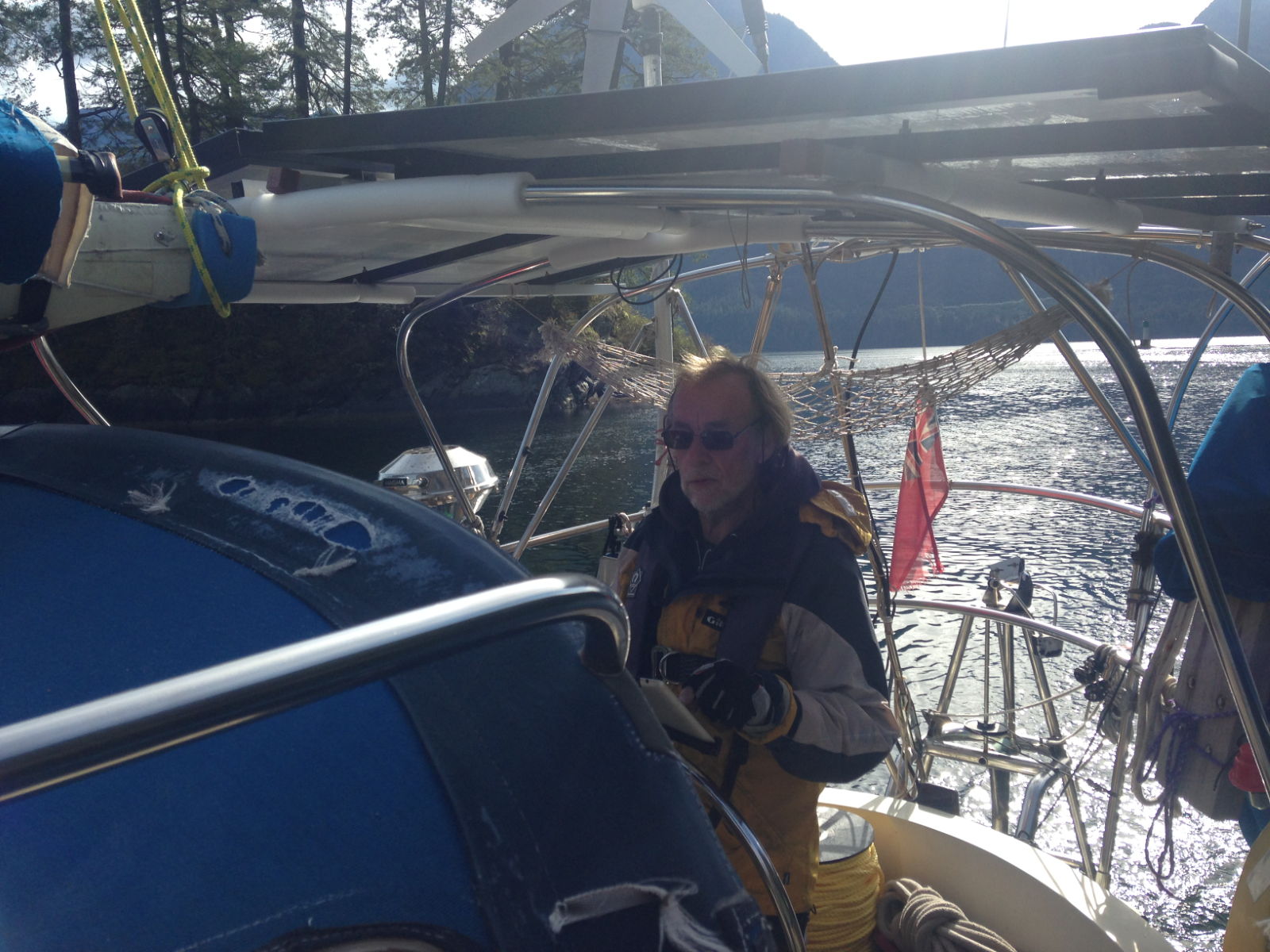
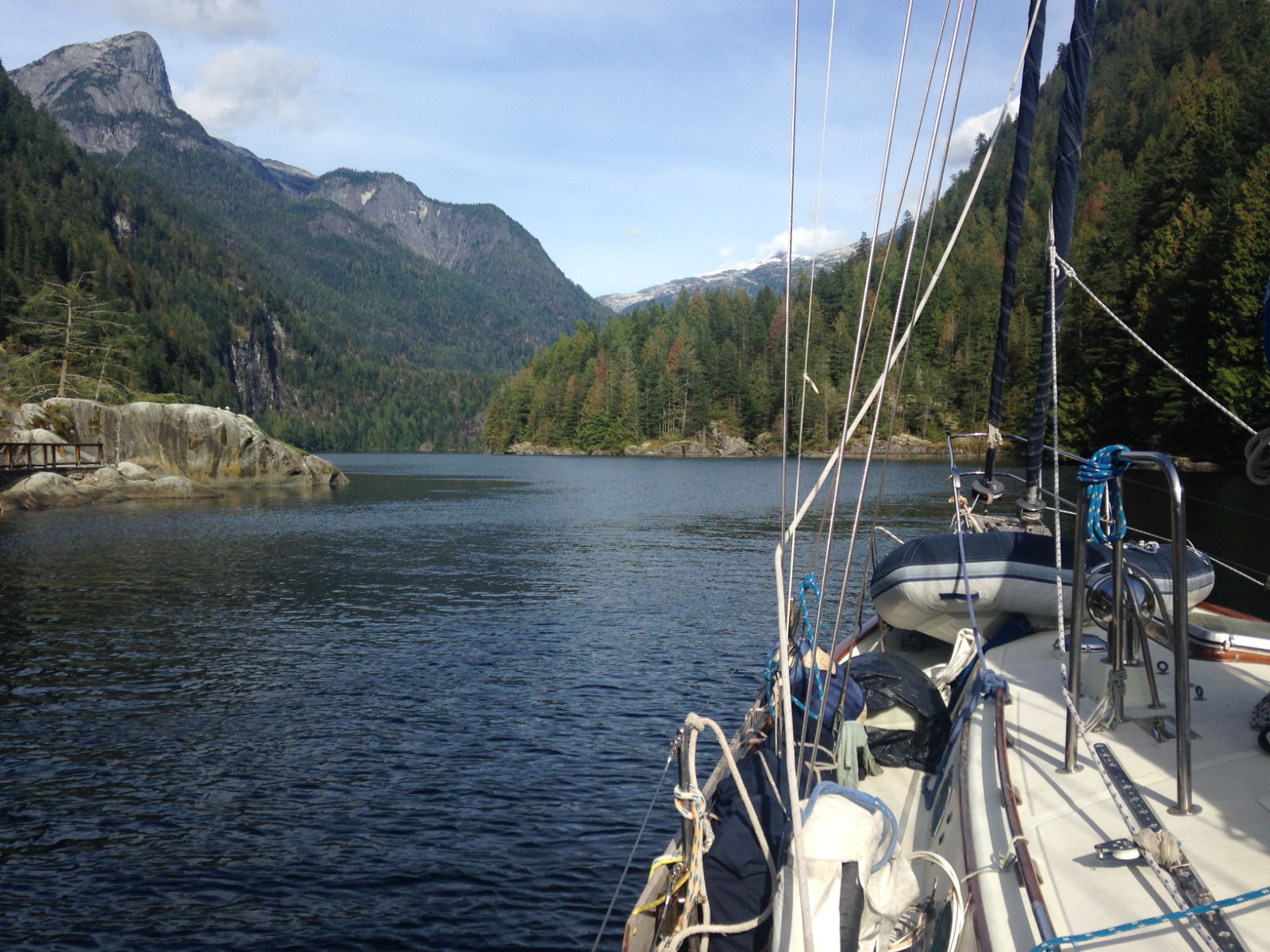
The waterfall that features in so many of the descriptions lies at the head of the inlet. Called Chatterbox Falls, it’s the result of the Loquilts River tumbling its contents 120 feet over the top of the granite-walled gorge. The noise of it grew louder as we approached the jetty; it was a truly spectacular sight – not enough to convert us to religion but certainly awe-inspiring. A bride and groom were posing for pictures as we tied our lines – the seaplane they’d arrived on, which is the only other way to access this paradise, was just in front of us. There were only three other boats apart from us but the place gets very crowded during the summer months.

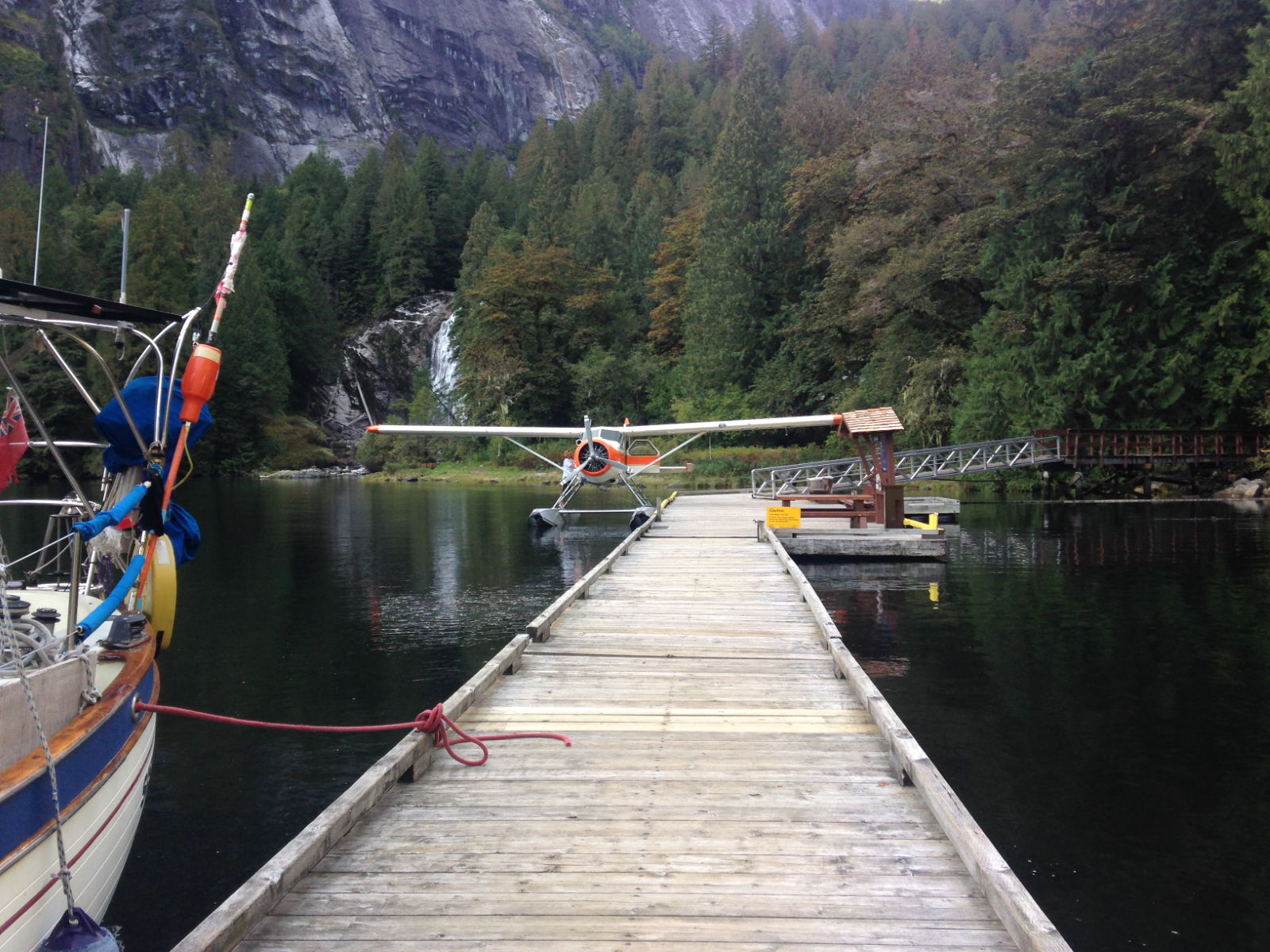
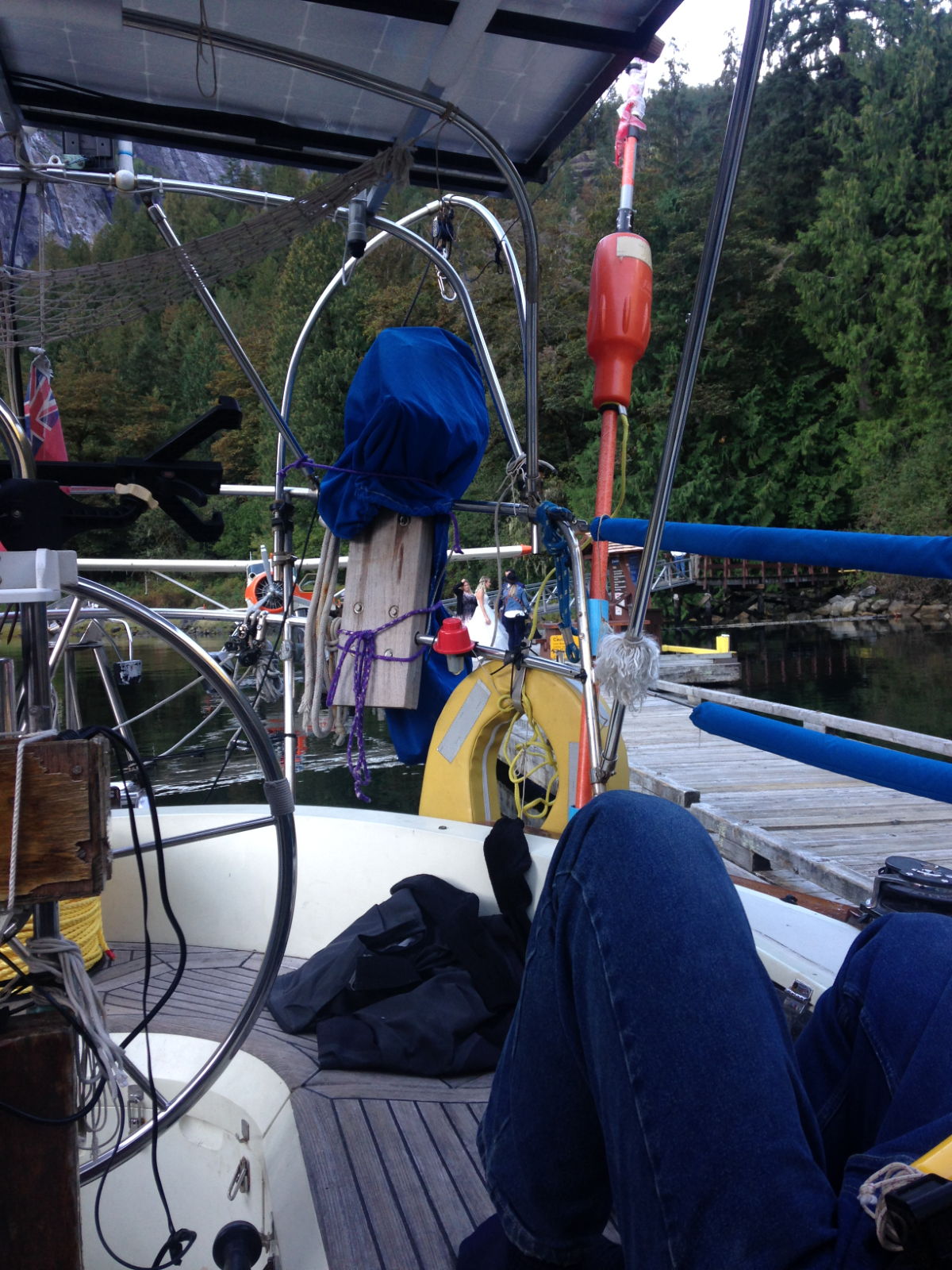
We took an early evening walk along the short woodland path through thick trees covered with moss to have a closer look at the falls, and naturally took the opportunity to take plenty of photos. The fine mist created by the torrent coated us in a layer of water as we stood by the rocks at the bottom. A sign nearby warned against climbing the rocks and provided stark statistics about the number of deaths that resulted in those who had failed to heed the warning. It was made all the more chilling by the fact that the number could be easily changed if others died. A memorial pavilion in honour of James Macdonald provides a small circular area for visitors to light a fire with facilities for barbecues and picnics.
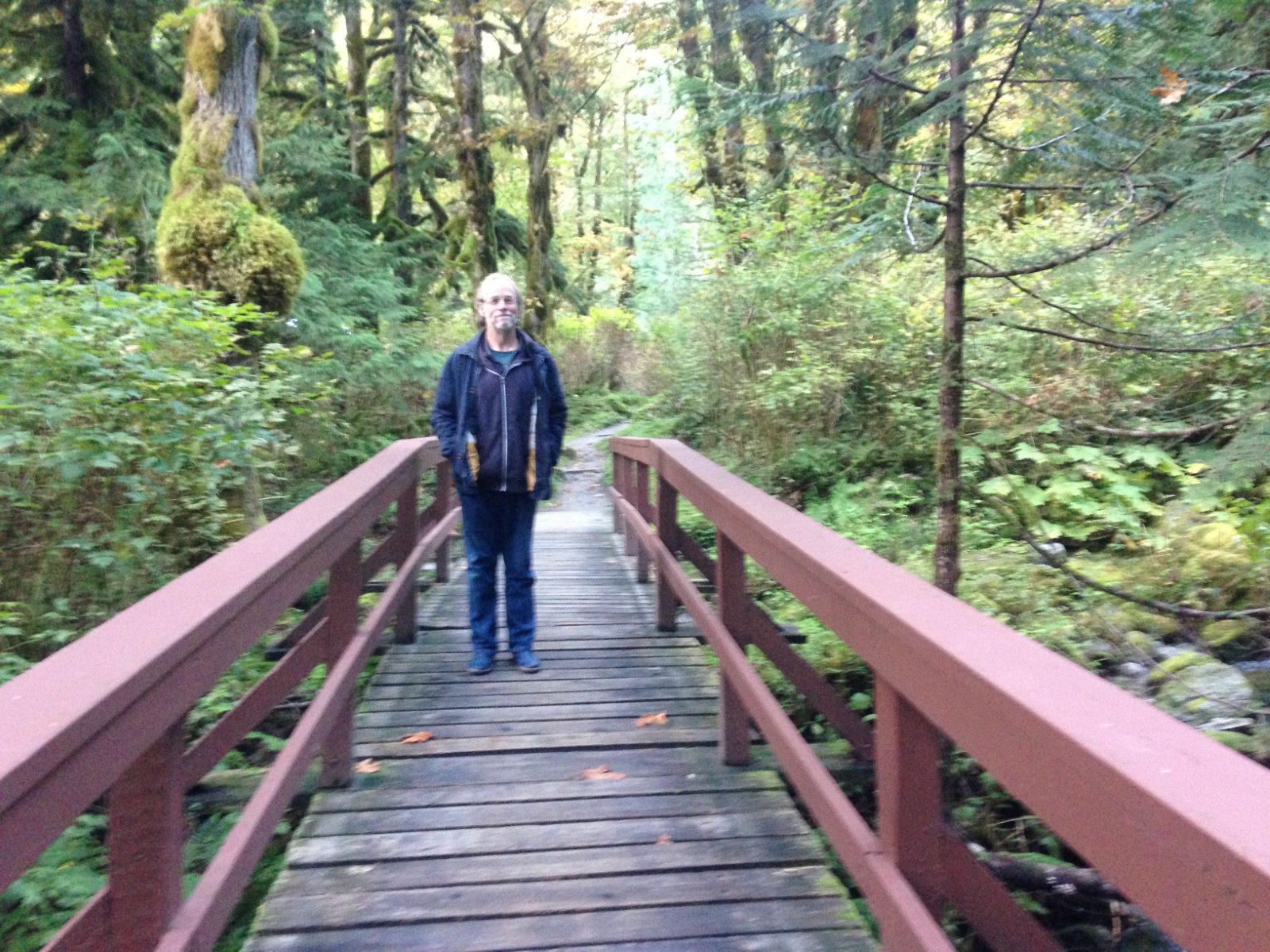

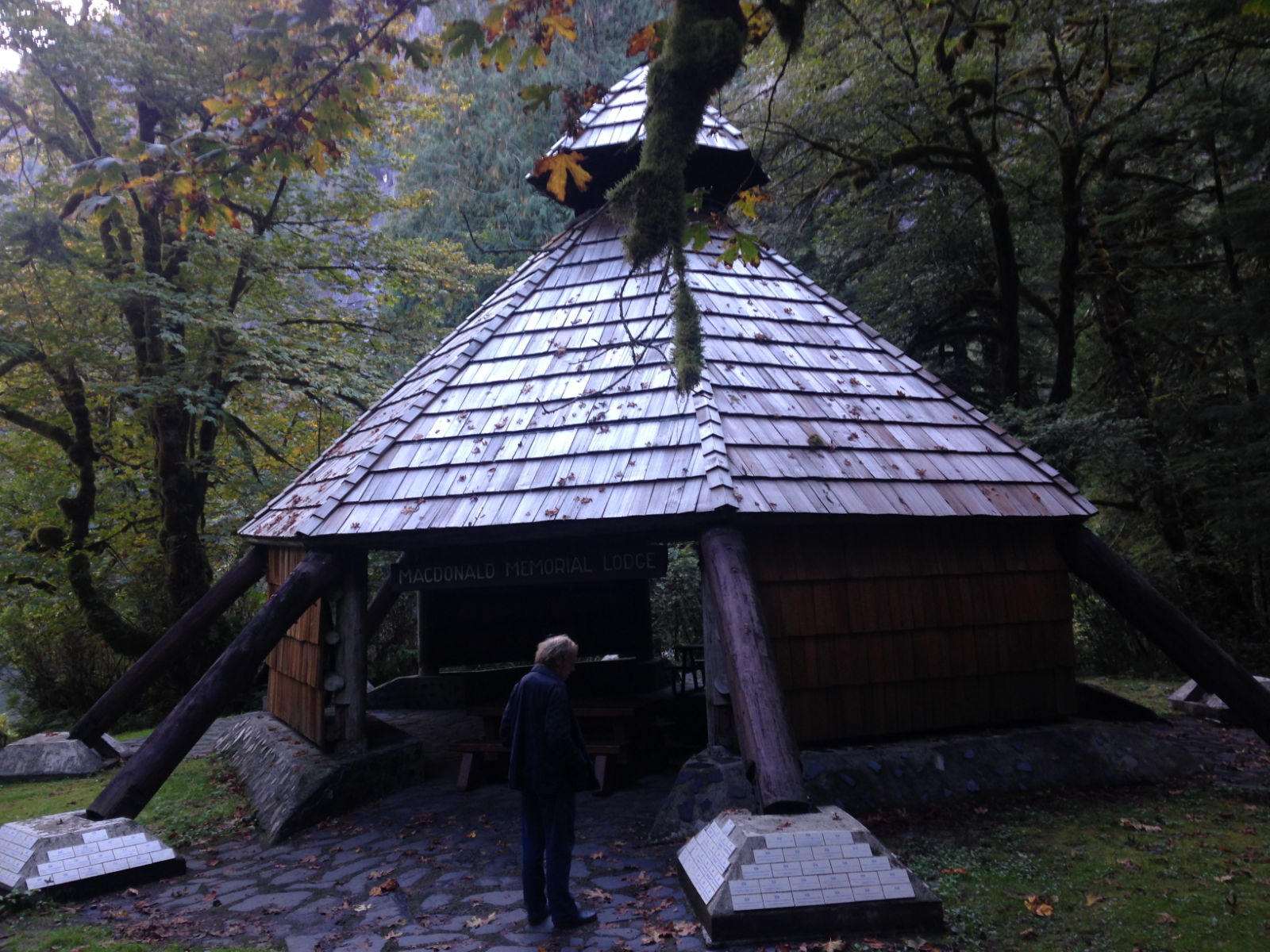
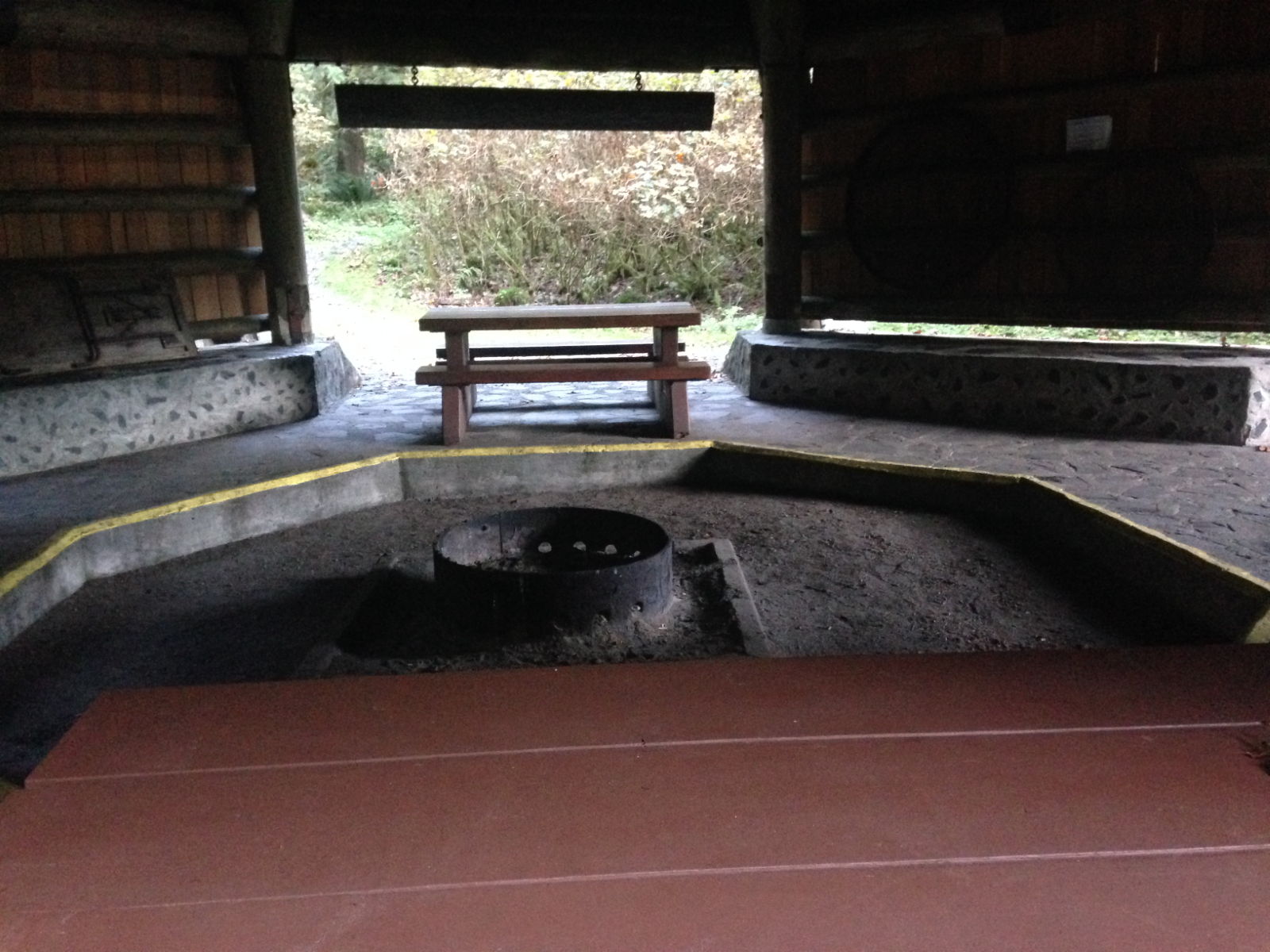
All this was made possible by the legacy of the man who bought the land surrounding the falls in 1927. Viewing himself only as a mere ‘custodian’ of the ‘beautiful, peaceful haven’ James F Macdonald loved the place so much that in 1953 he declared his wish that it should never be commercialised. He stated that the property should be turned over to yachtsmen of the Northwest so they could carry on enjoying the beauty ‘unspoiled by the hand of man’. It’s thought that the name Louisa was in honour of Queen Victoria’s fourth daughter Louise who had spent three months in Victoria, British Columbia in 1876, but the actual source is uncertain.
We met a Canadian father and son on our way back to the boat in the dusky twilight. It was their first visit too and they told us they planned to sit on the pontoon with their portable camp fire and consume a few drinks far into the night. All in all not a bad place for Paul to spend his milestone birthday.
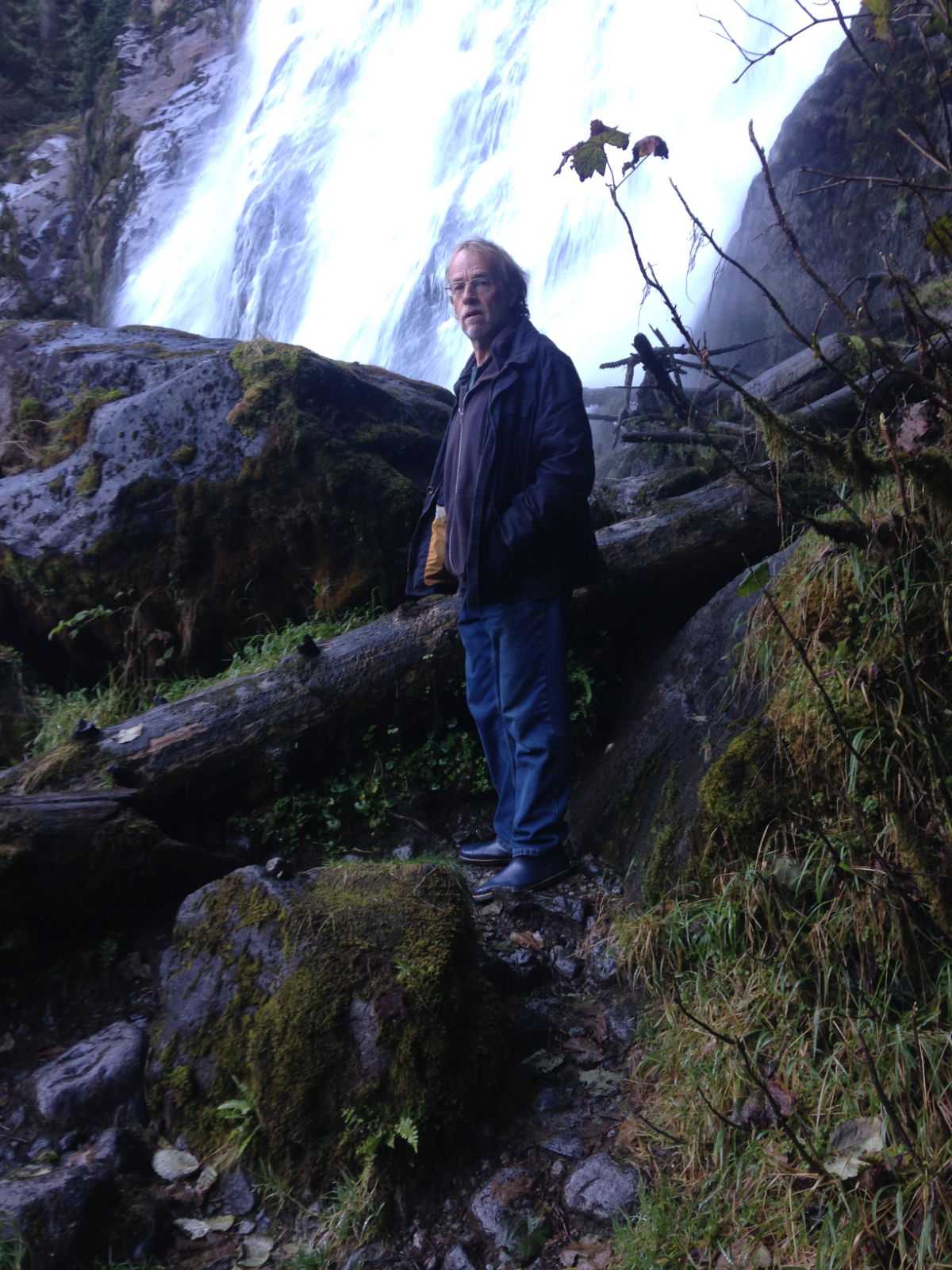
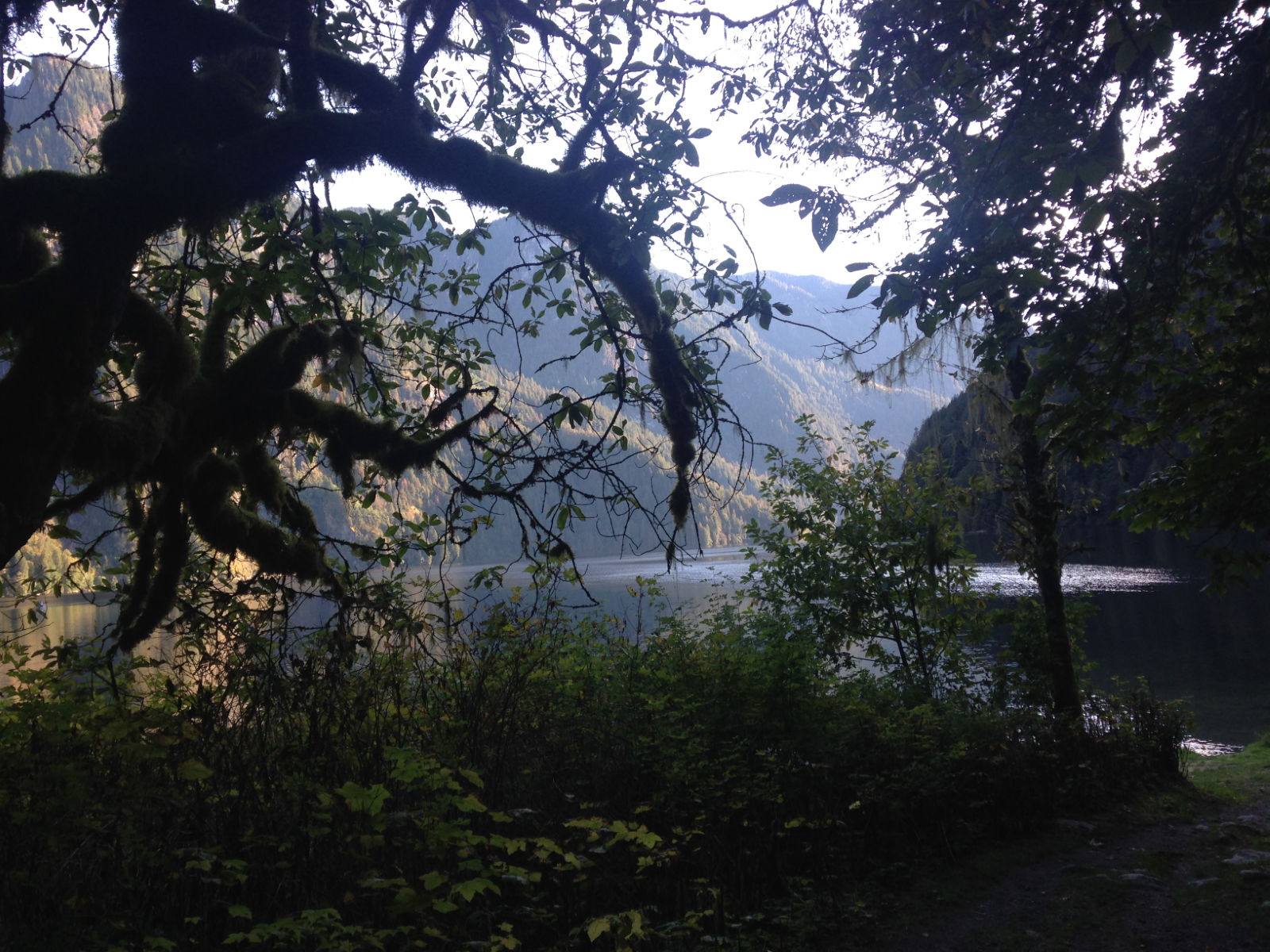
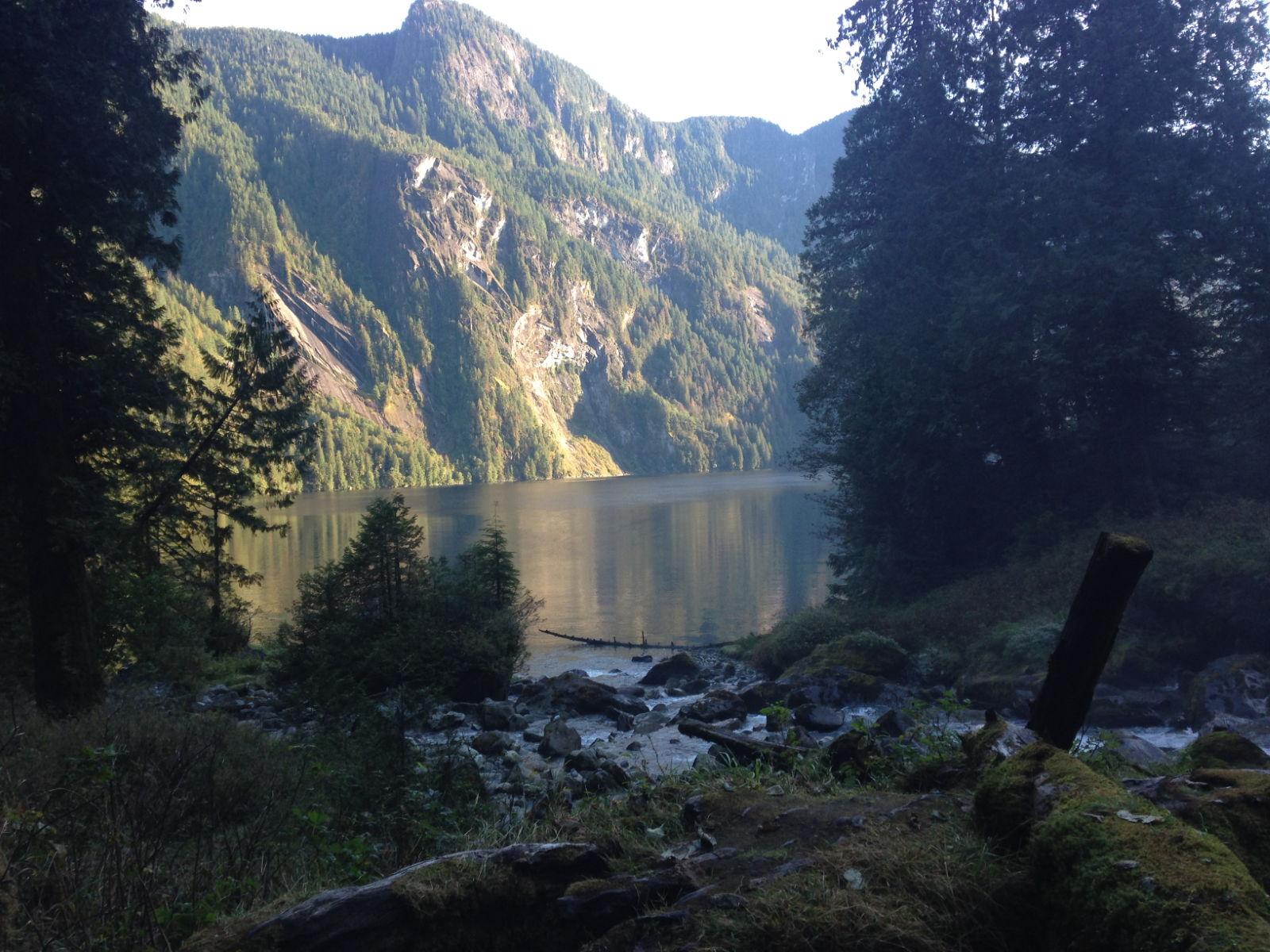
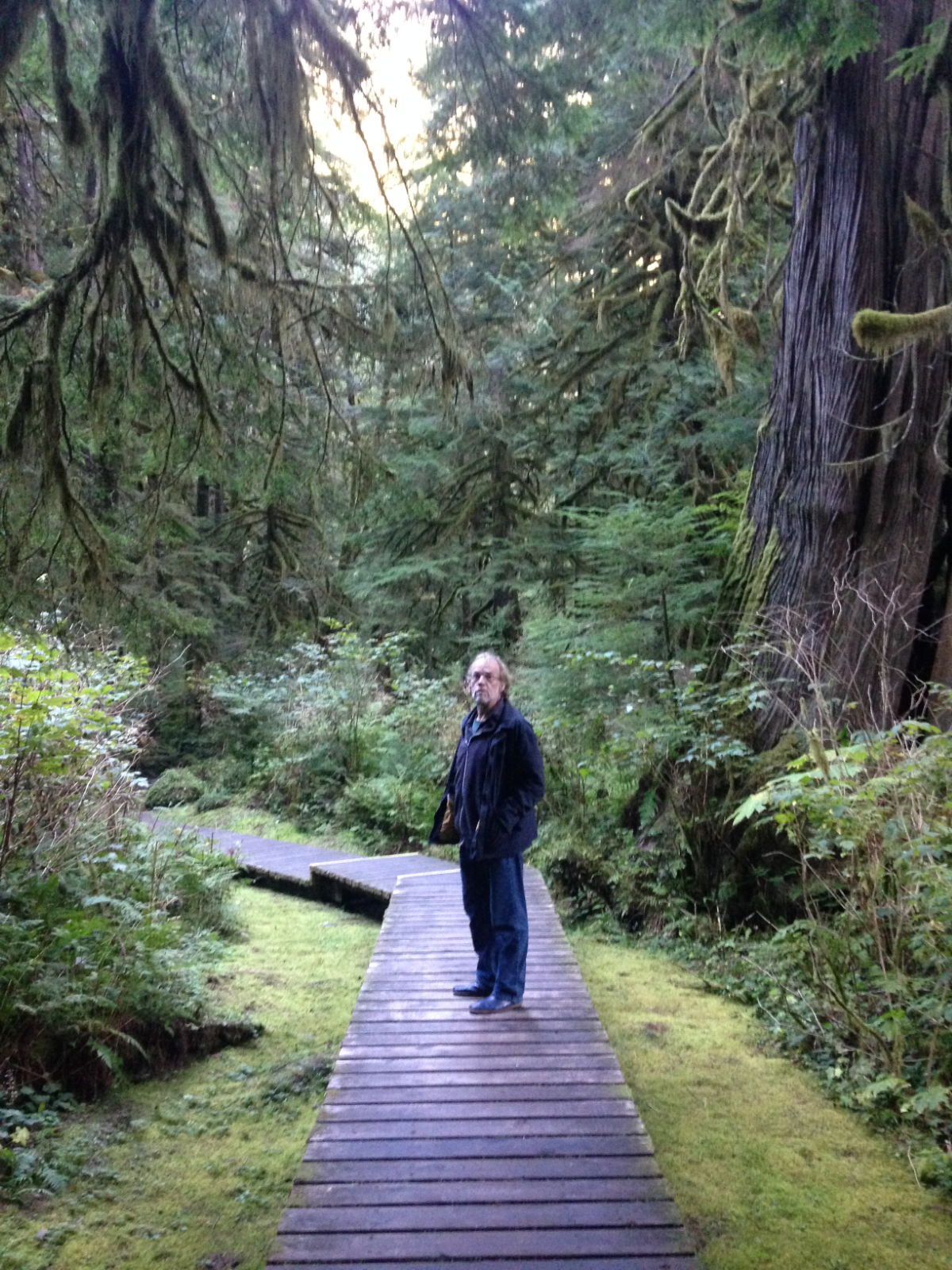
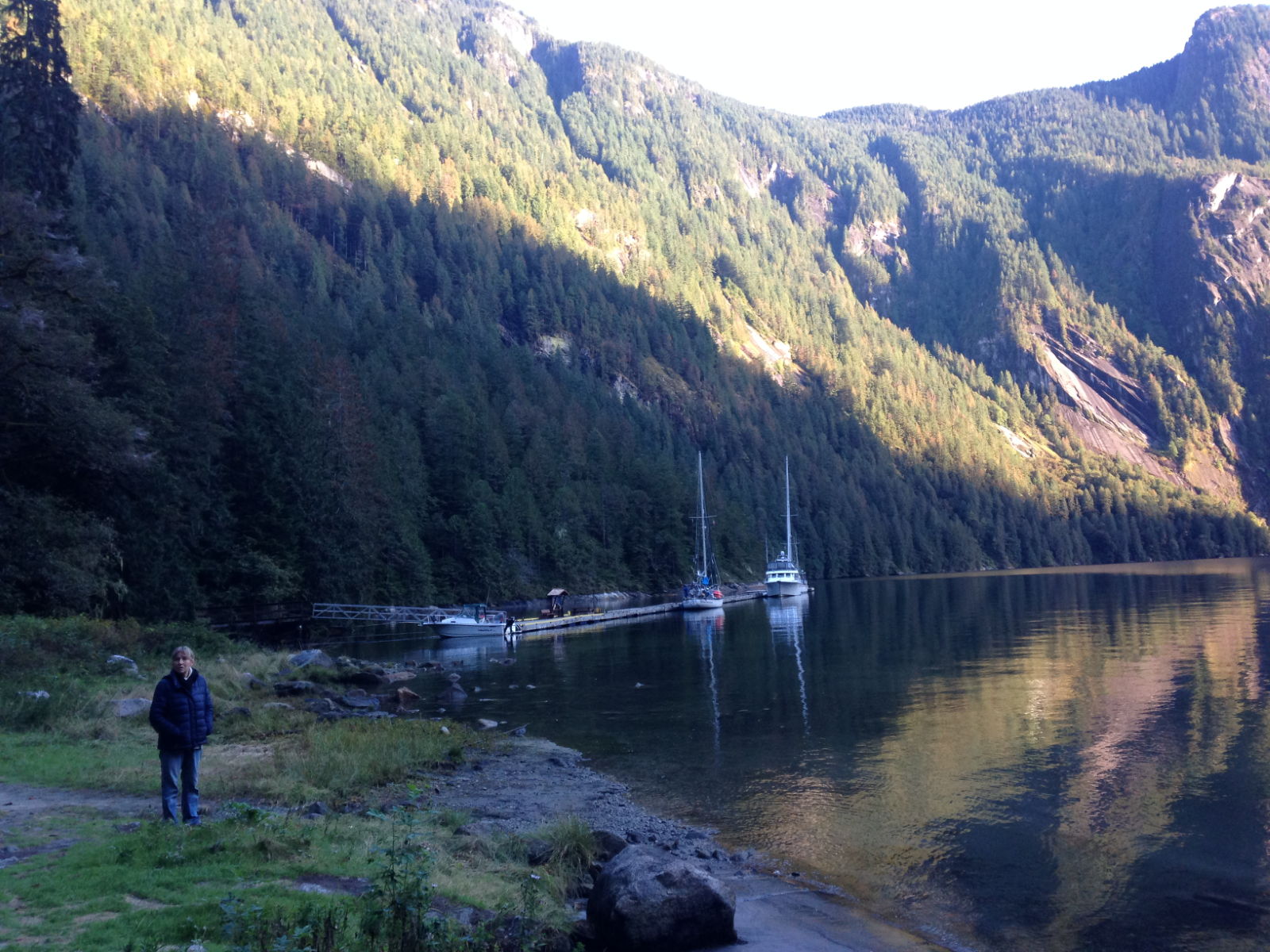
The following day, we were invited onto a super-yacht called ToyBox 2 by two British ladies who had clearly spent the afternoon enjoying more than a few drinks. Melanie, an ex-pat from Nottingham had won the trip, complete with captain, in an auction and as her friend Sue from Preston was on a visit with her husband, they had joined her. All the other visitors on the jetty had been invited. It was a good chance to have a peek at the luxurious interior of such a huge yacht and to chat to the other people. The drink carried on flowing and after a couple of hours it was suggested we walk to the memorial pavilion where the captain had lit a fire and we could sit and drink in the warmth of the flames. A lovely experience, especially walking through the dark wood using our phones’ flashlight to see our way. I think Paul and I remained the most sober of the whole group. On the jetty we all stopped to look at the wonderful sight of the phosphorescence in the water. It was just like fairy lights moving underwater – an amazing sight.
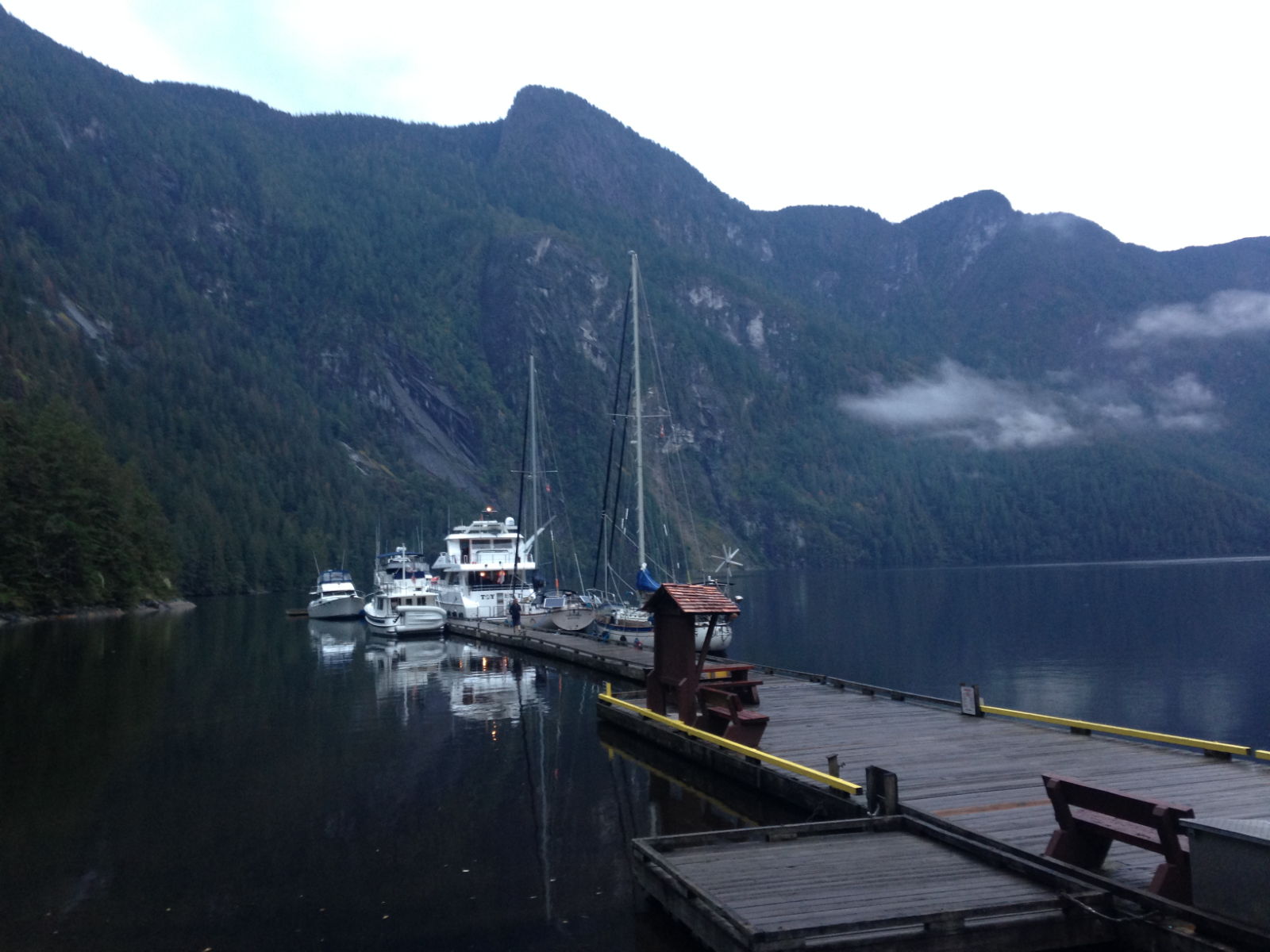
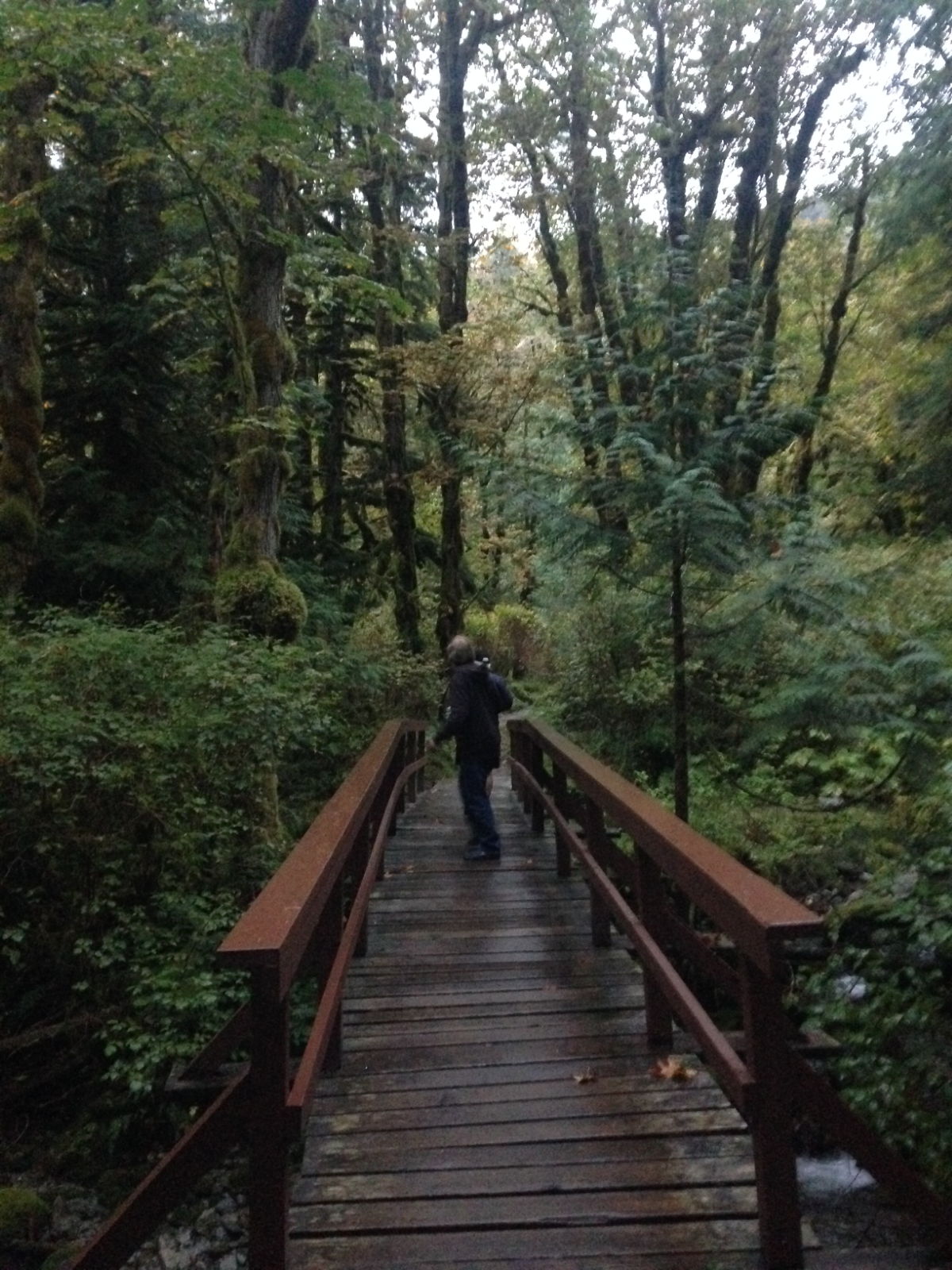
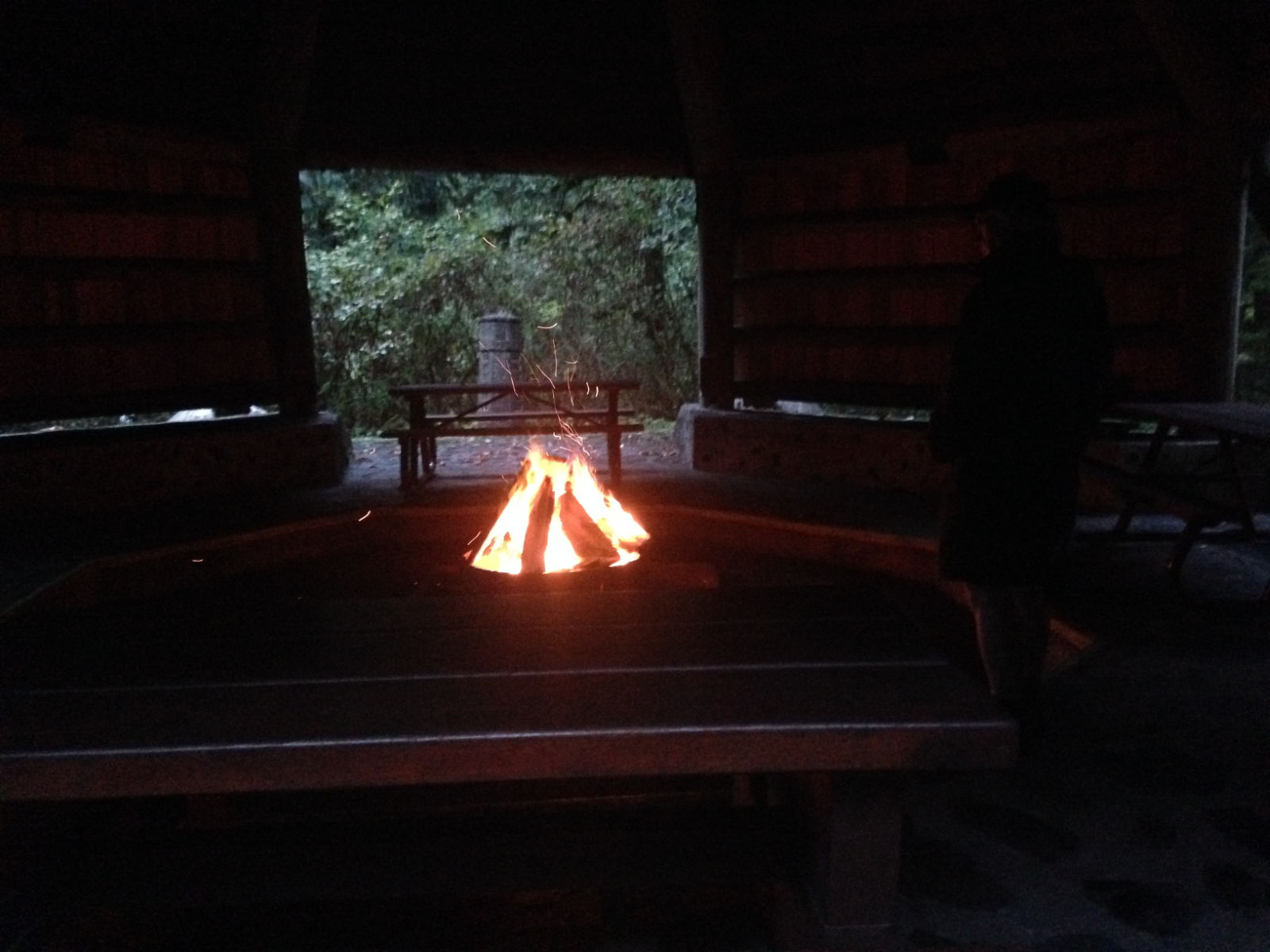
We went back through the picturesque Malibu Rapids to return to Egmont on the 20th September. Paul was keen to do the forest walk to the delightfully named Skookumchuk Rapids that Jim (who would be looking after Sister Midnight in the winter) had told us about when we’d met him in Egmont the previous week.

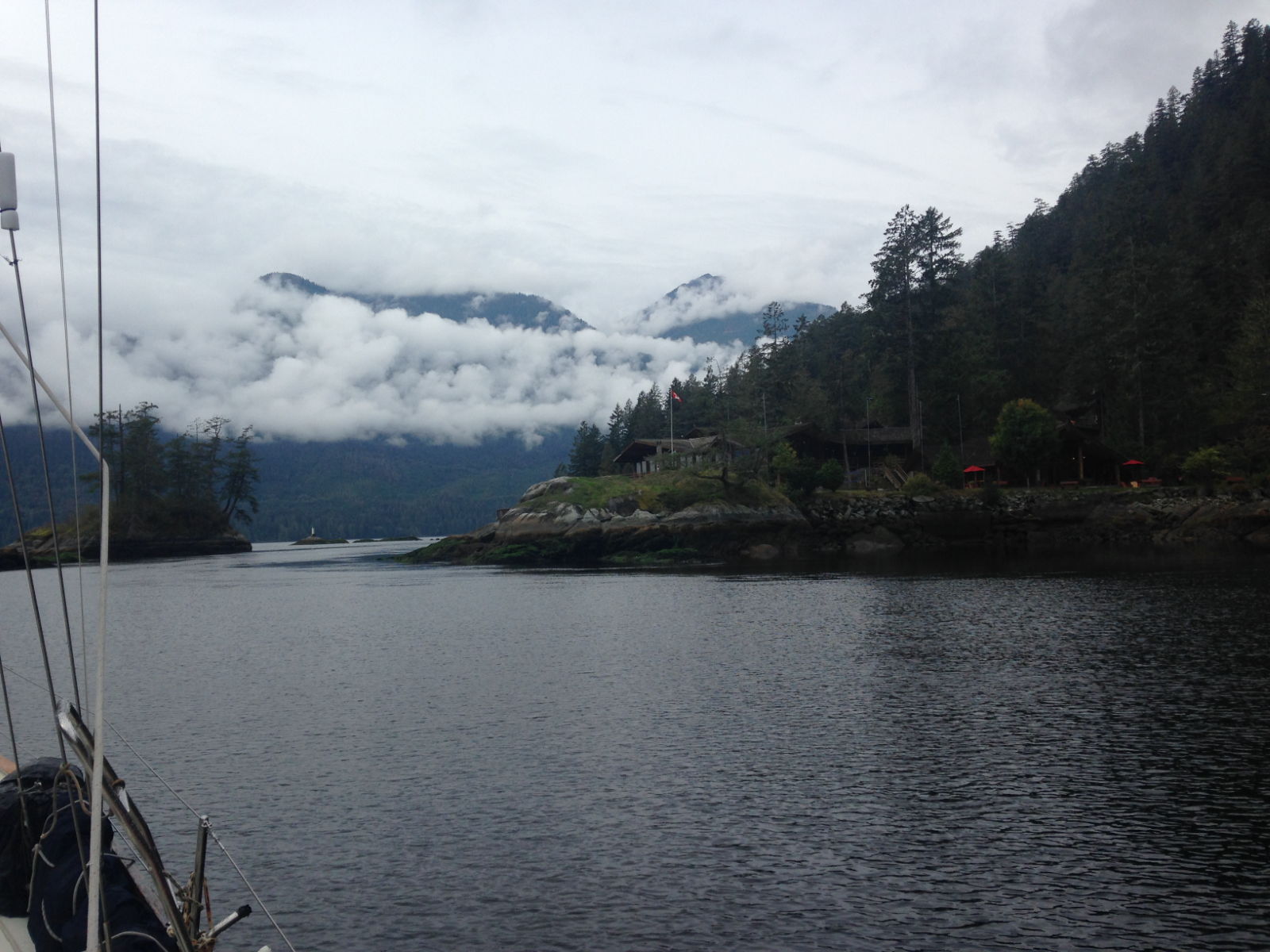

We ended up rafting up to the same boat Jim had rafted to on a drizzly, chilly afternoon that had a definite autumnal, or fall, feel to it. The rain carried on through the night and as we didn’t have to leave until 3 to see the rapids at their best, I hoped it would have stopped by then. It didn’t. We set off anyway and once under cover of the trees they provided adequate shelter. The walk was fabulous. We found ourselves in an atmospheric, fairy-tale forest that was just wonderful. The trees were tall, thick and lush, their branches covered in hanging green moss that made them look for all the world as if they’d been dressed in felt ribbons. The path was littered with fallen trunks and the intricate patterns formed by the roots were fascinating. Ferns and moss with their varying shades of green on the forest floor added to the spectacle.



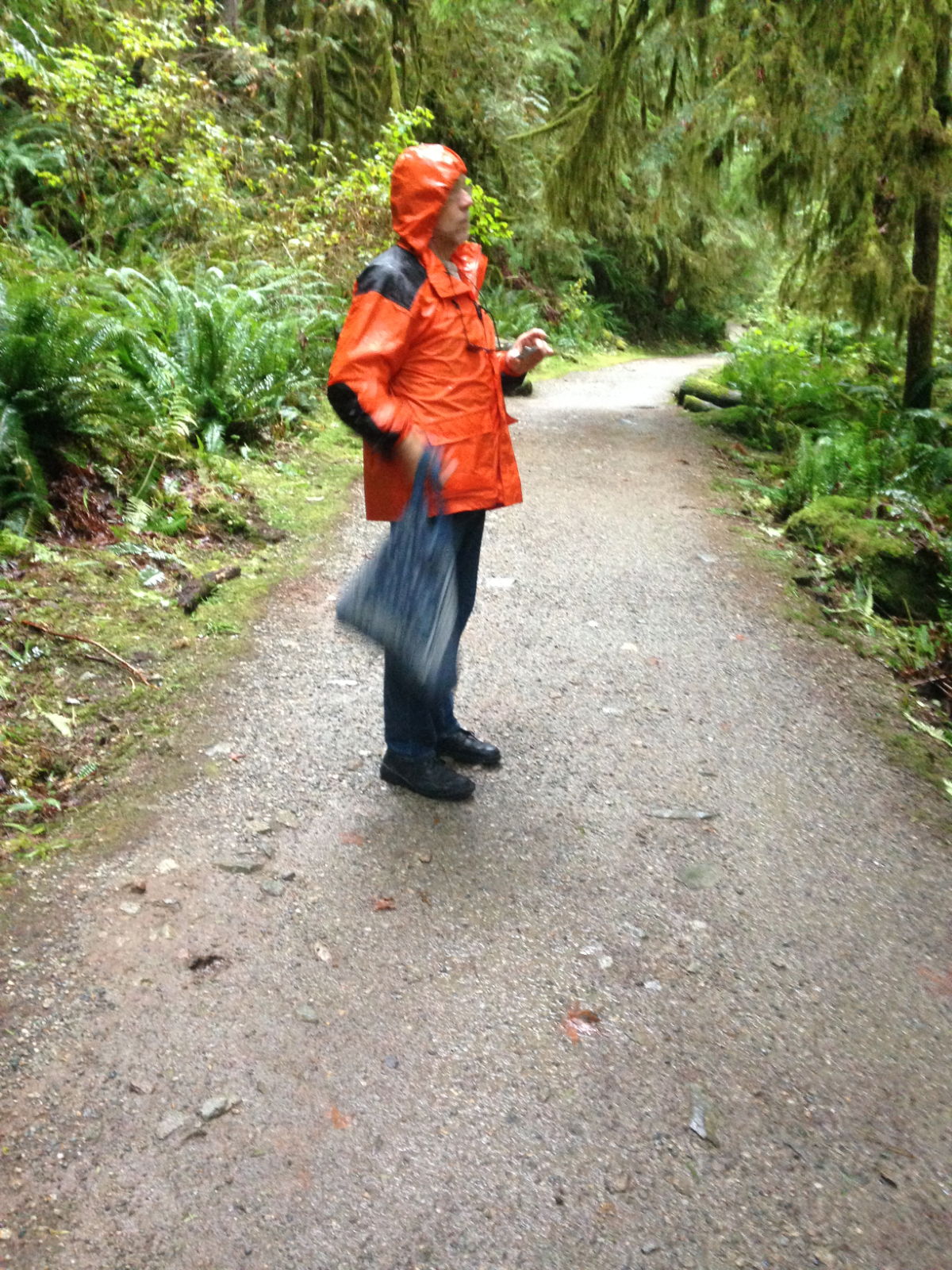
A frog startled me when it leapt across our path but the only other wildlife we saw were small birds – oh and a Garter snake held by one of a group of students we met on the trail who was trying to scare one of the girls with it.
Paul had asked the guy in the shop about the risk of bears but he said that although they are in there no sightings had ever been reported in the forest. Nevertheless it was easy to imagine one in that setting. It would have been nice to walk in late afternoon sunshine but the drizzly, misty overcast weather did create a great forest atmosphere. We emerged an hour later from the shelter of the trees onto a rock-covered shore where the rapids were in full flow. A few other people were there taking pictures and clambering over the rocks for a closer look. A lady we’d met on the way had told us that there was a sea lion leaping around in the waves and that was what I set off to look for. I spotted it almost straight away jumping around in the foamy water, searching for fish I expect. A couple of motor boats crossed the swirling mass; it was clear they needed a fair bit of power to avoid being tossed around by the force of the water. The rain began to fall heavily as we stood and watched and people slowly drifted off until we were the only two left. The rain was starting to seep through my clothes so I waited under the trees until Paul had finished filming. By the time we reached the boat, it was beginning to get dark and we were soaked through and feeling cold. Luckily the heating had been left on so it was wonderfully warm and welcoming inside.

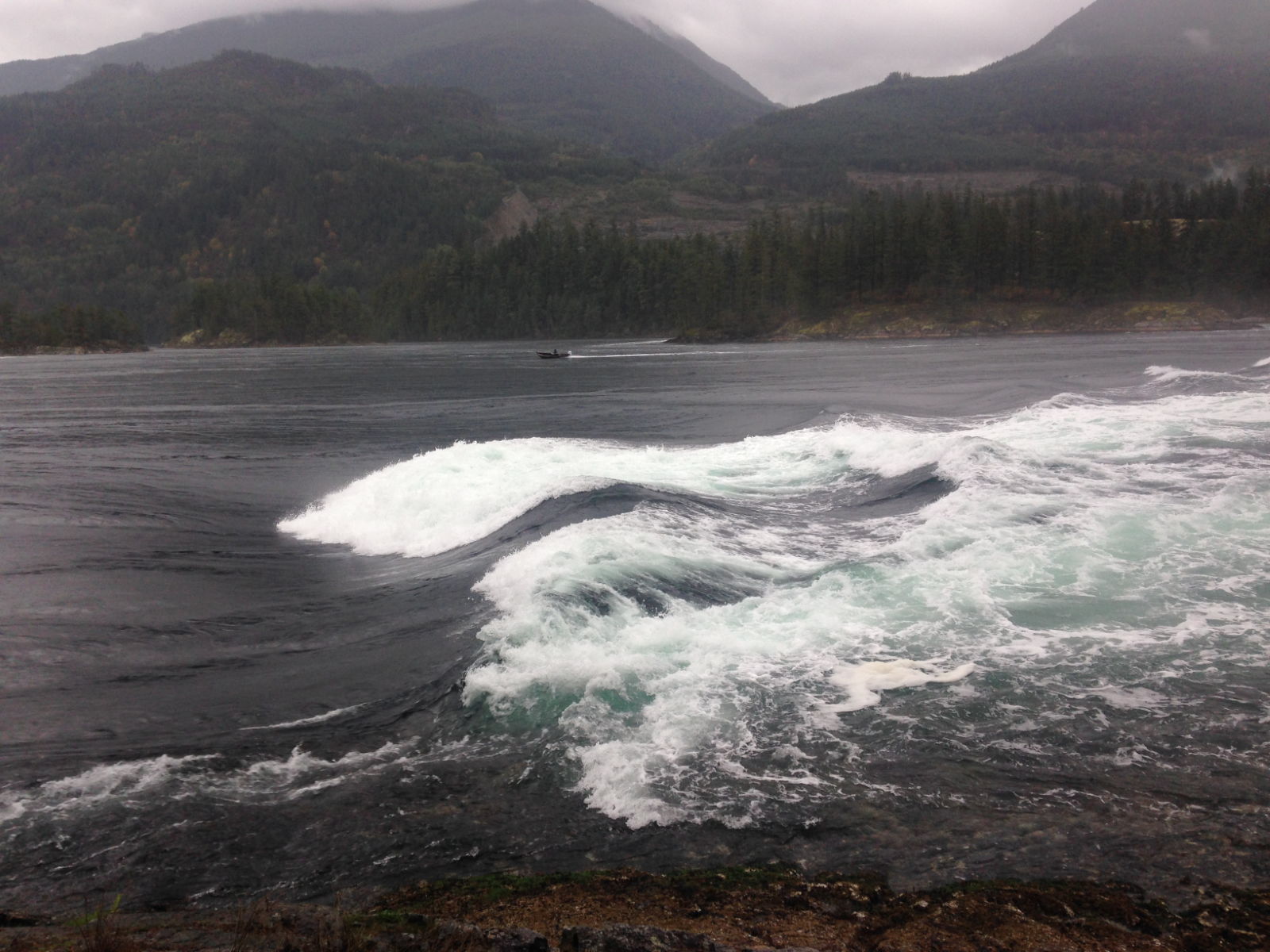


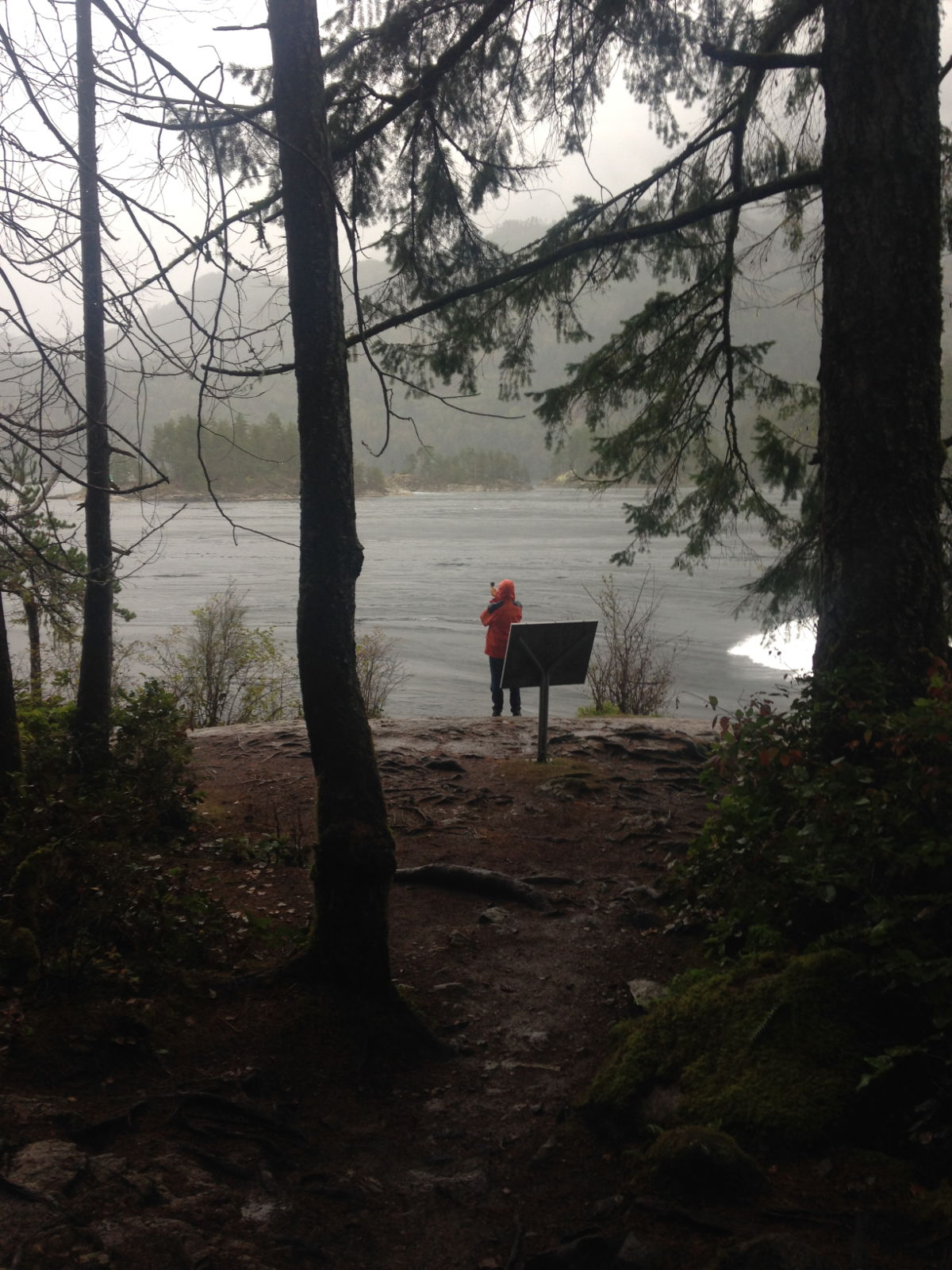
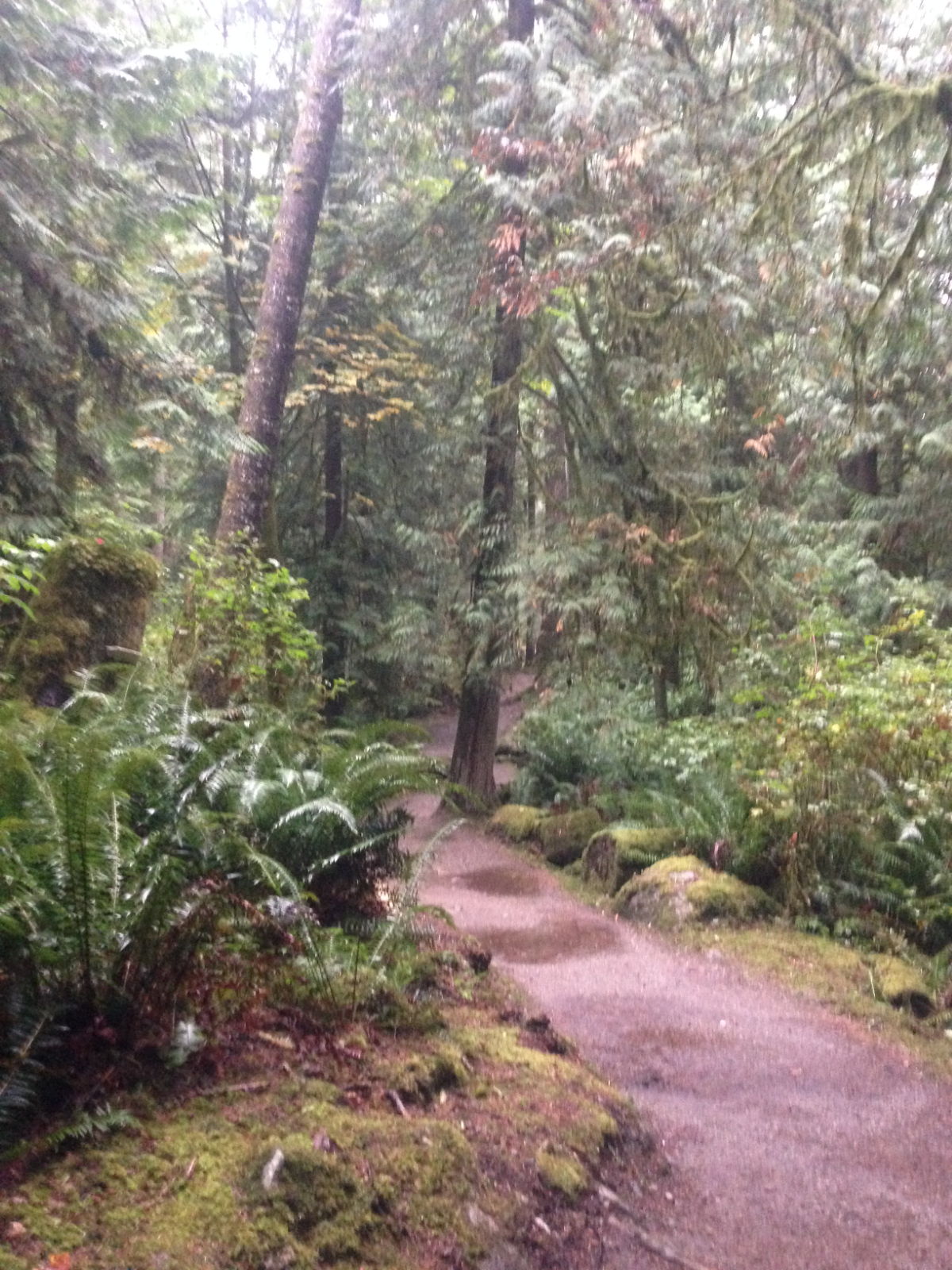
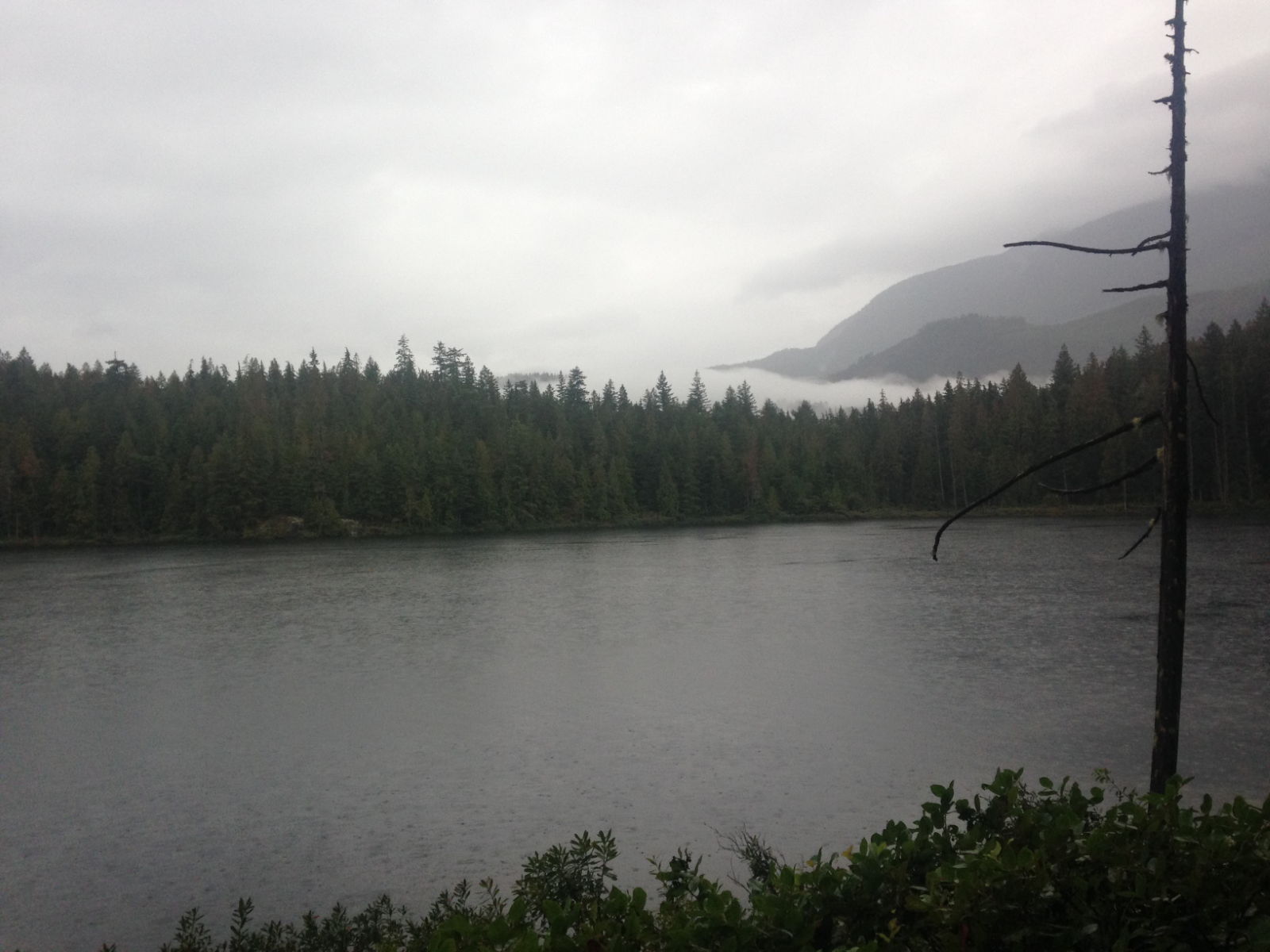
The rain fell all night and after a brief respite, began again late morning as we made our way to the small town of Lund. Lund reminded me of highland villages in Scotland I’d visited in the 90s, and strangely enough there was a poster advertising a ceilidh in the hotel, due to take place that night. It wasn’t long before we heard the musicians practising for it as the sound of bagpipes tuning up reached our ears. The band were all female and dressed in full Scottish regalia. It made for quite a surreal sight and sound in the tiny Canadian resort. Lund’s claim to fame is that it’s the northern terminus of the world’s longest highway. The Pacific Coastal Route (101) stretches an impressive 25,000-kilometre route along the western coasts of the Americas to its southern end in Puerto Montt, Chile. Some pics below of quaint Lund.
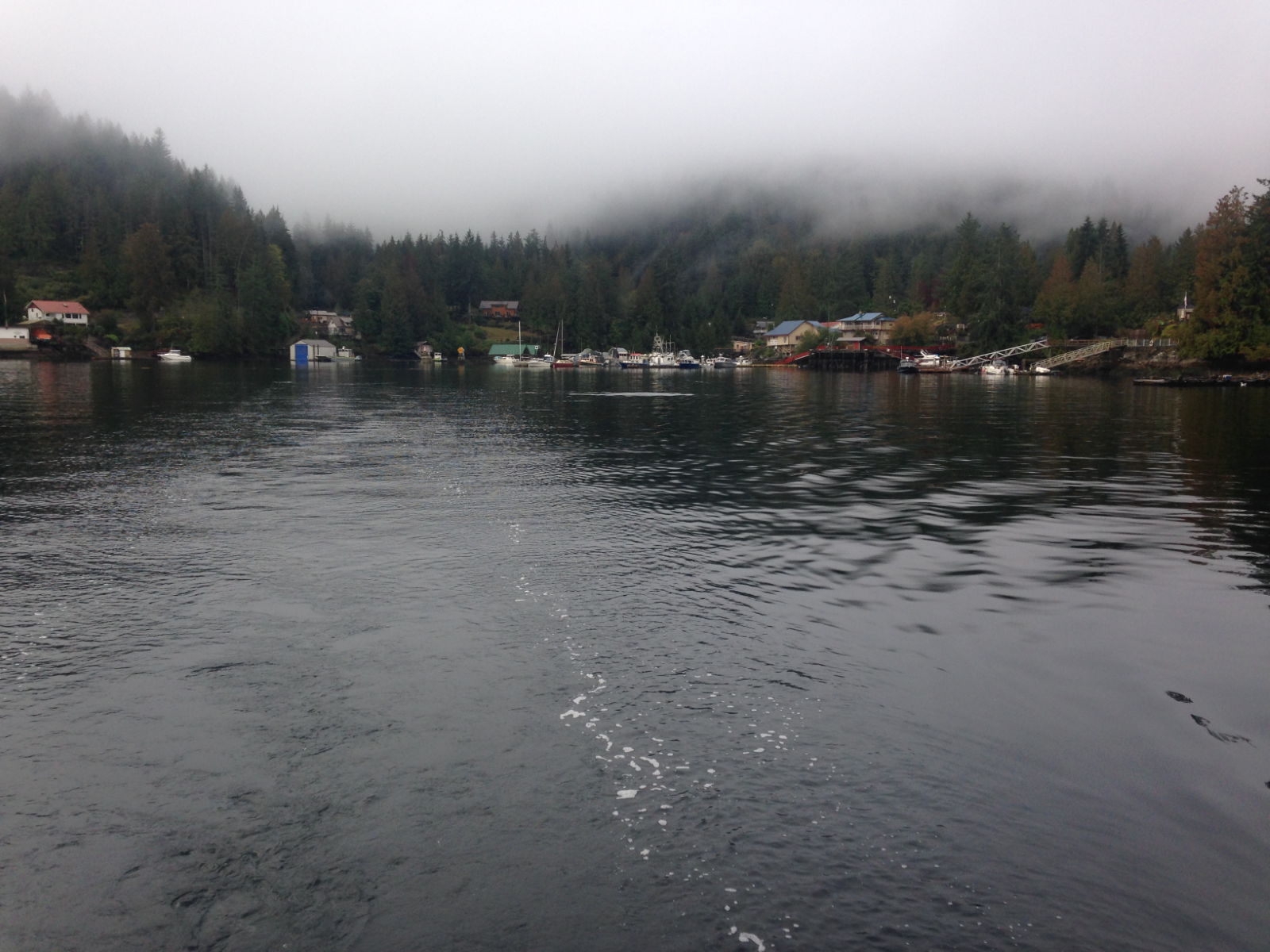
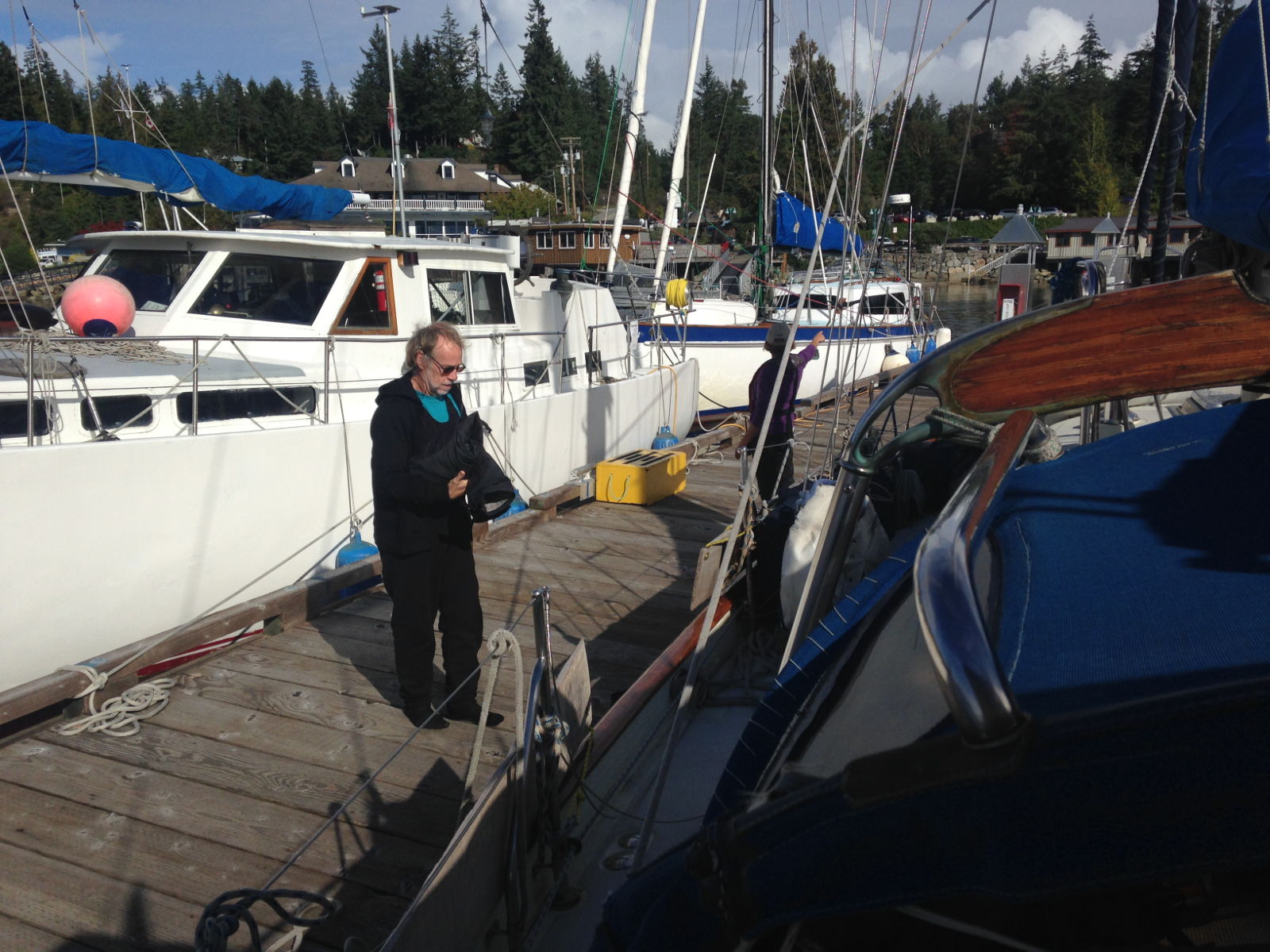
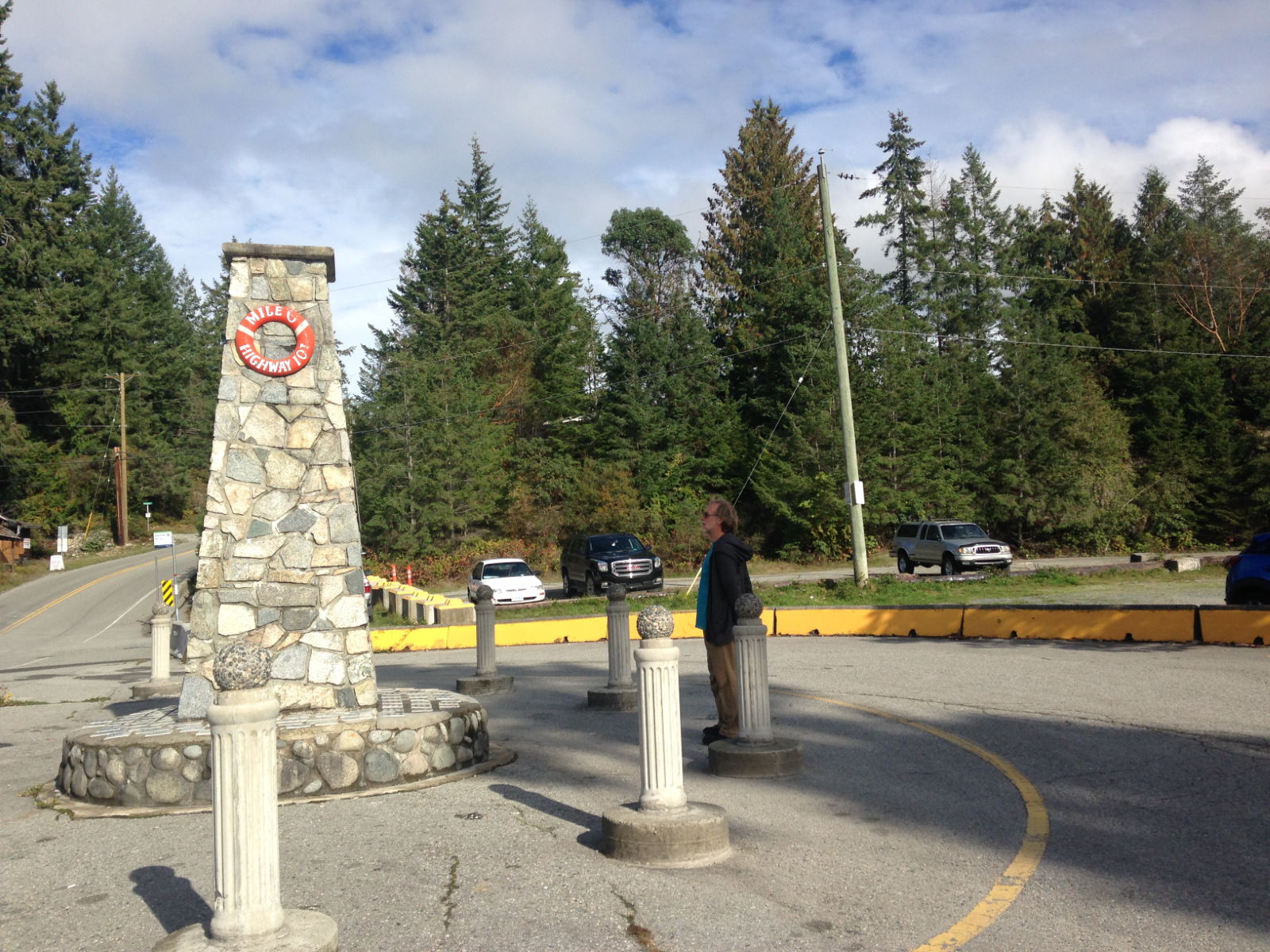
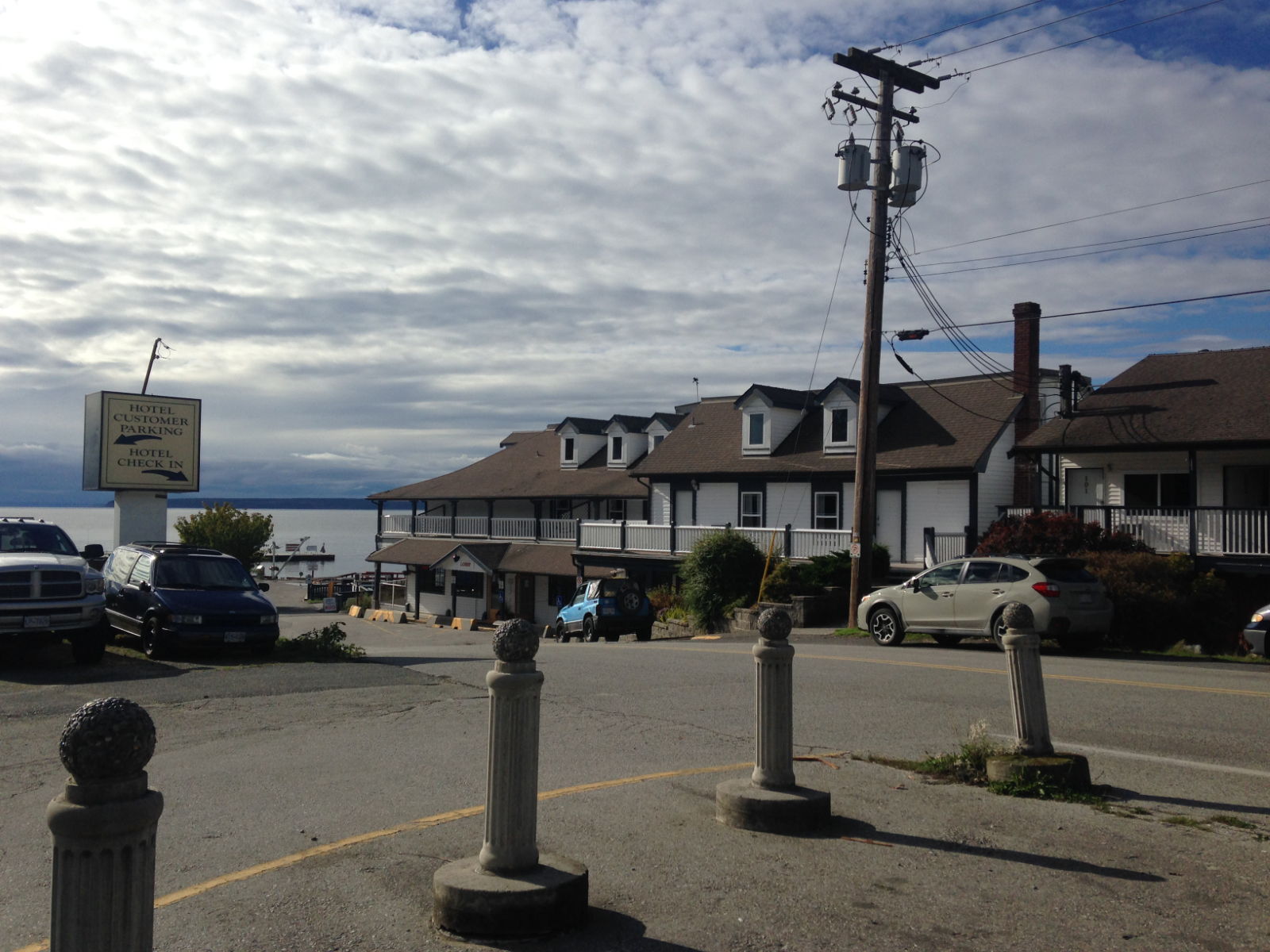
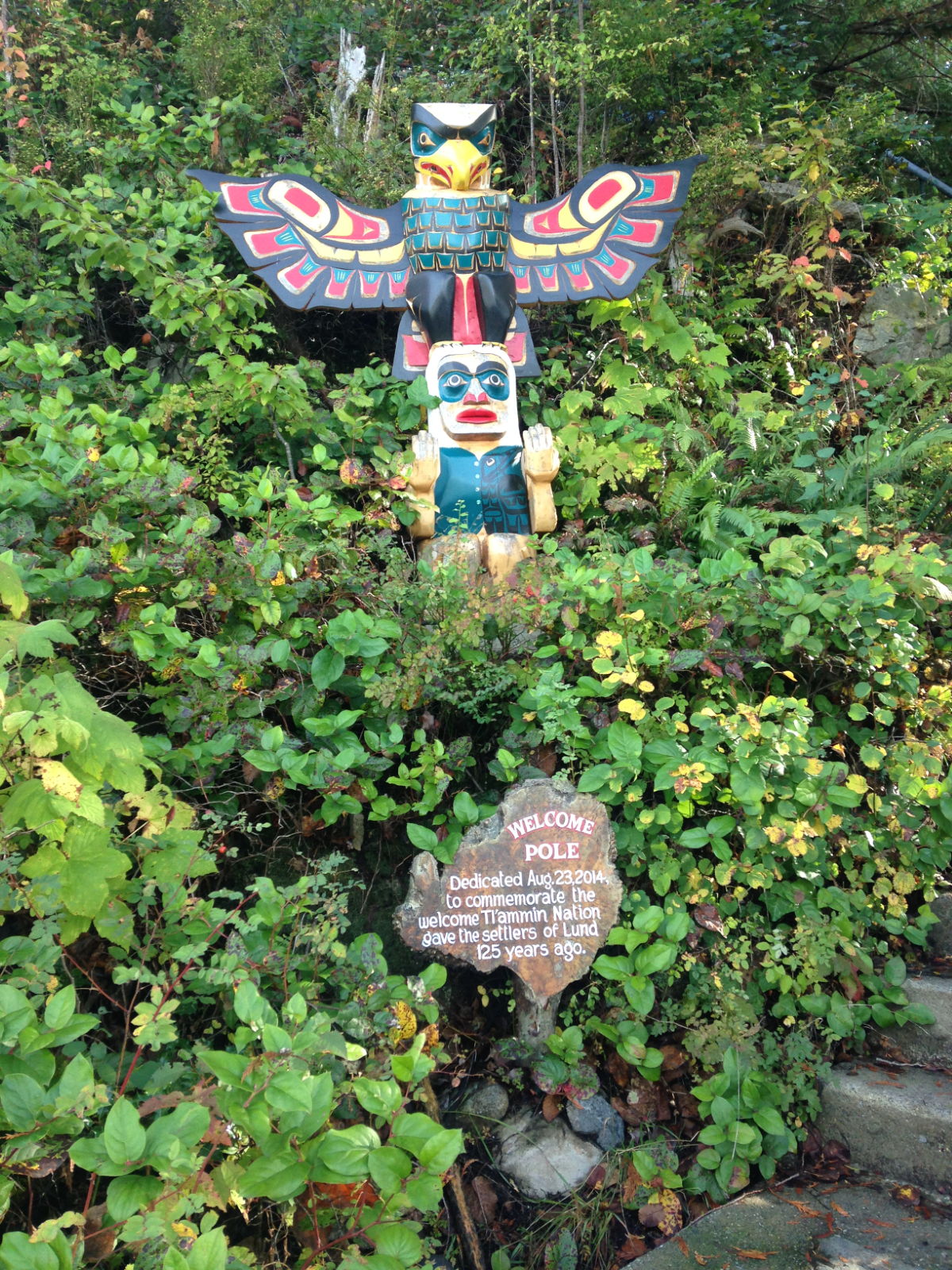

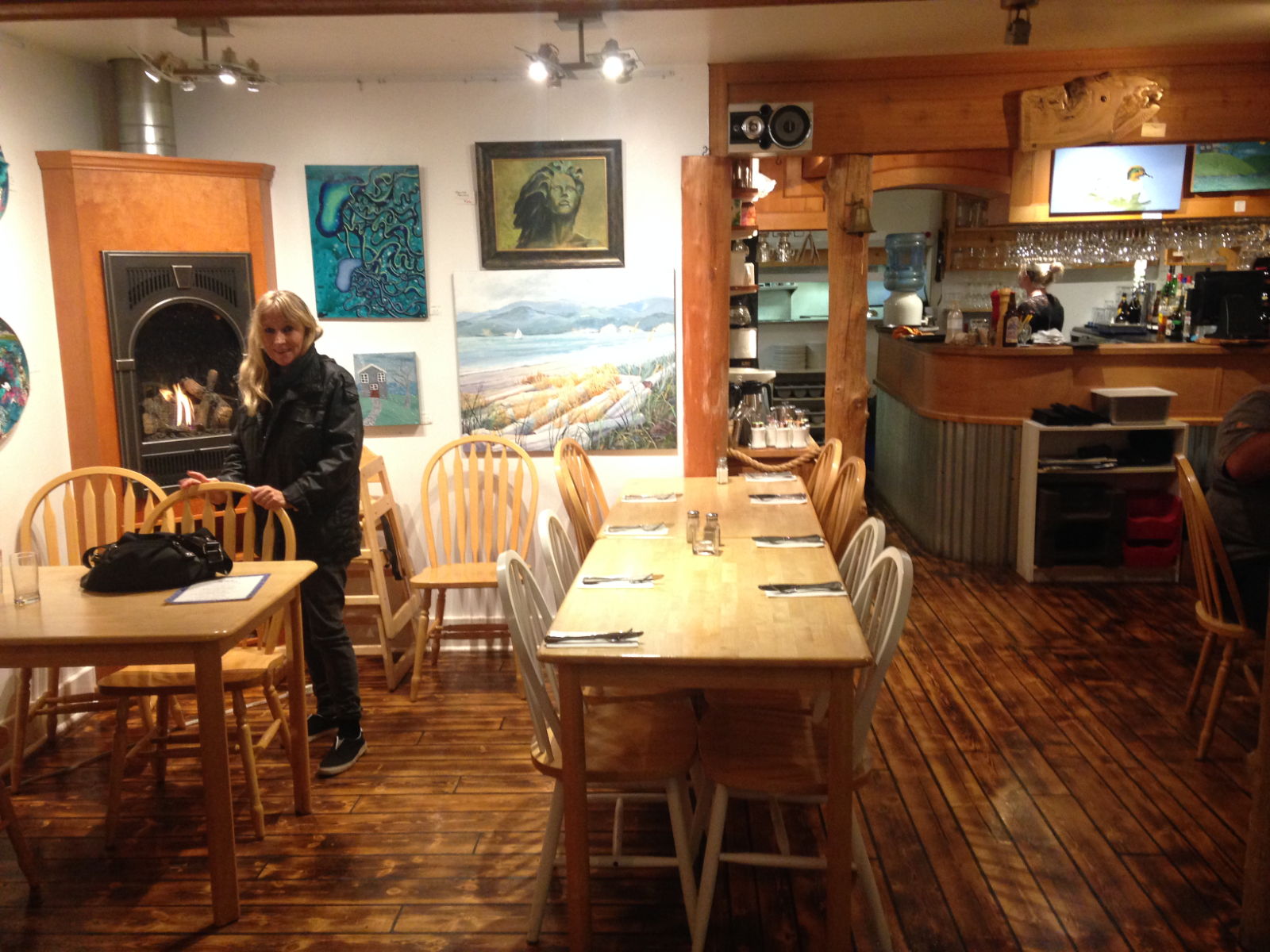
On we journeyed, to Prideaux Haven and Pendrell Sound via Desolation Sound, a place that definitely belies its name, which was taken from Captain Vancouver’s description in 1792: ‘Our residence here was truly forlorn; an awful silence pervaded the gloomy forest, whilst animated nature seemed to have deserted the neighbouring country.’ This had more to do with his discouragement at the number of dead-end inlets he had recently explored than the surroundings, however. We found it pleasing and pretty, with no sense of desolation in the view from our anchorage. In fact, all the anchorages we spent the night in were beautiful, as the pictures show. We explored the shore in Pendrell Sound and came across a house that had suffered from the weather at some point as half of it had collapsed. A drawer and other household items were floating in the water so it was clearly recent but there was no sign of anyone in the house. On the shore itself, there was evidence of fires from the blackened tree trunks and piles of ashes we saw.

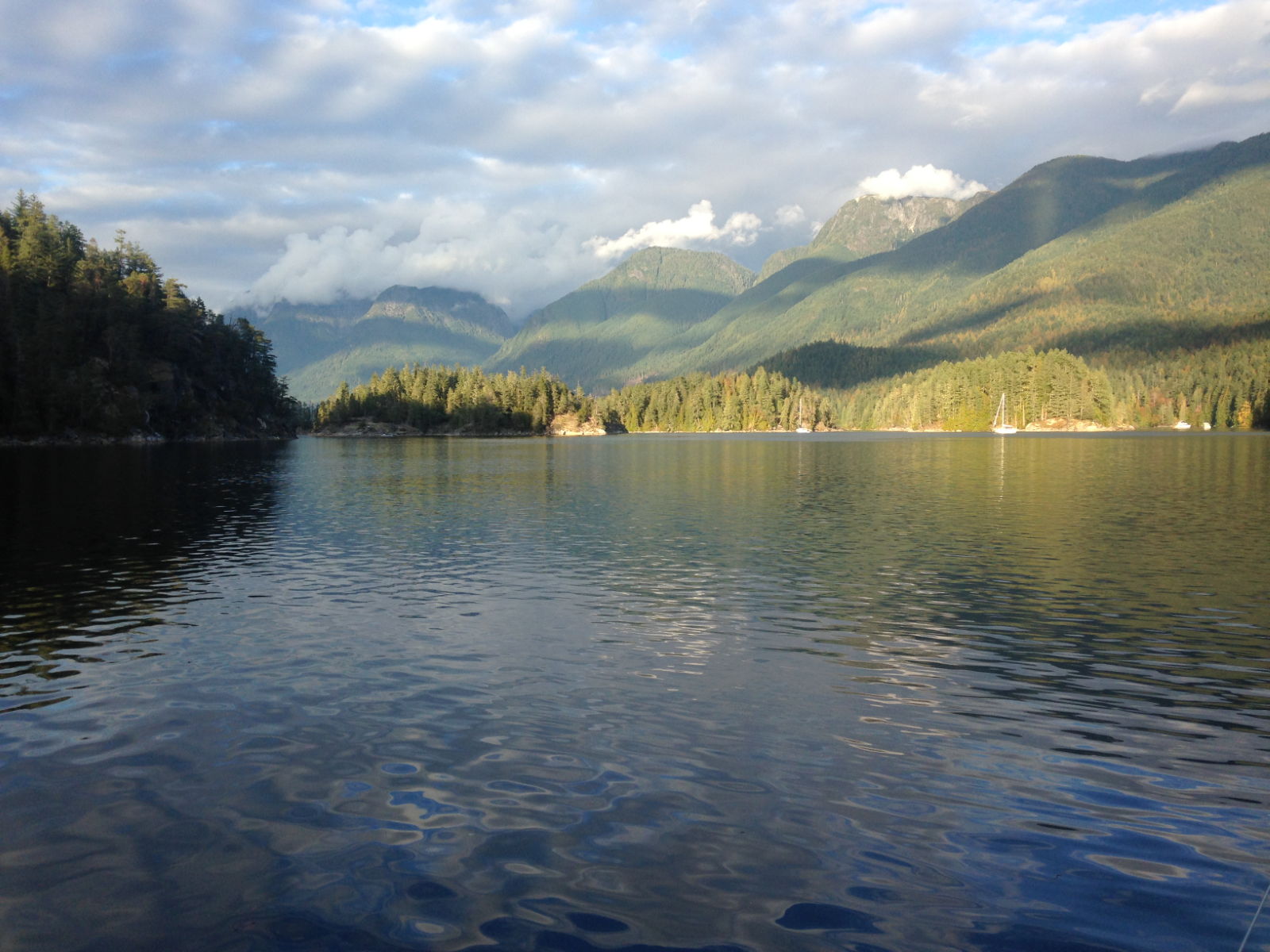

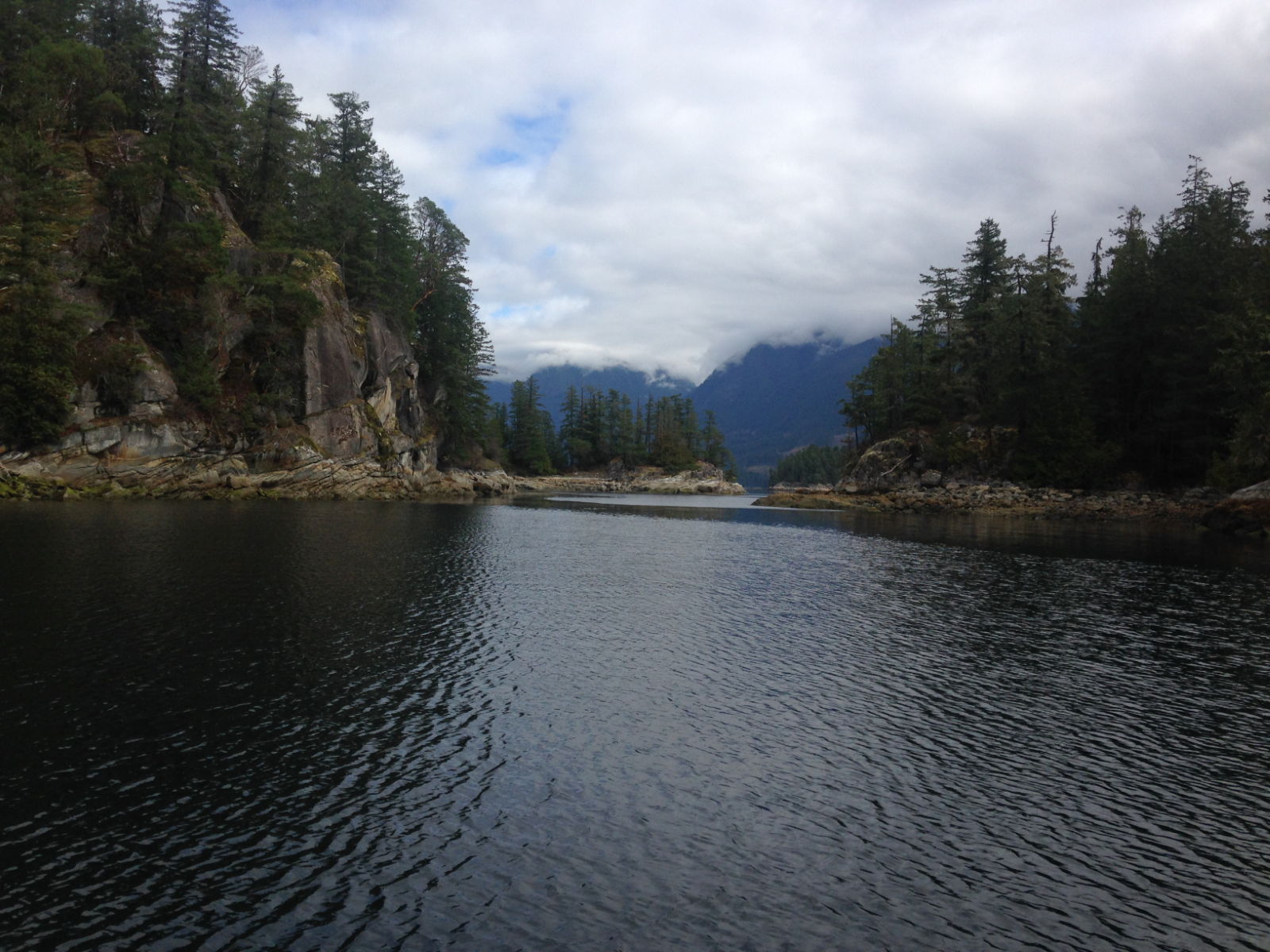
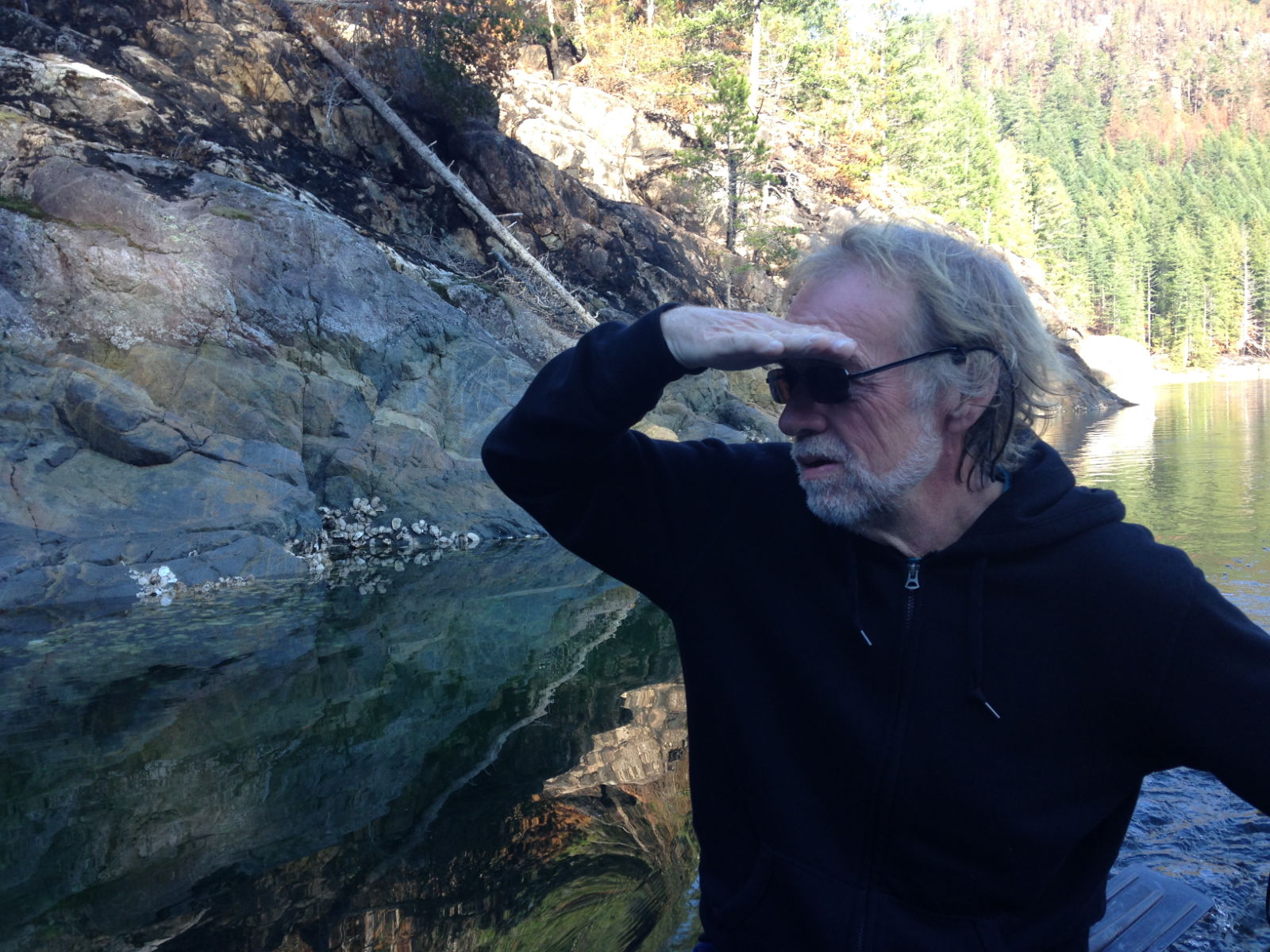

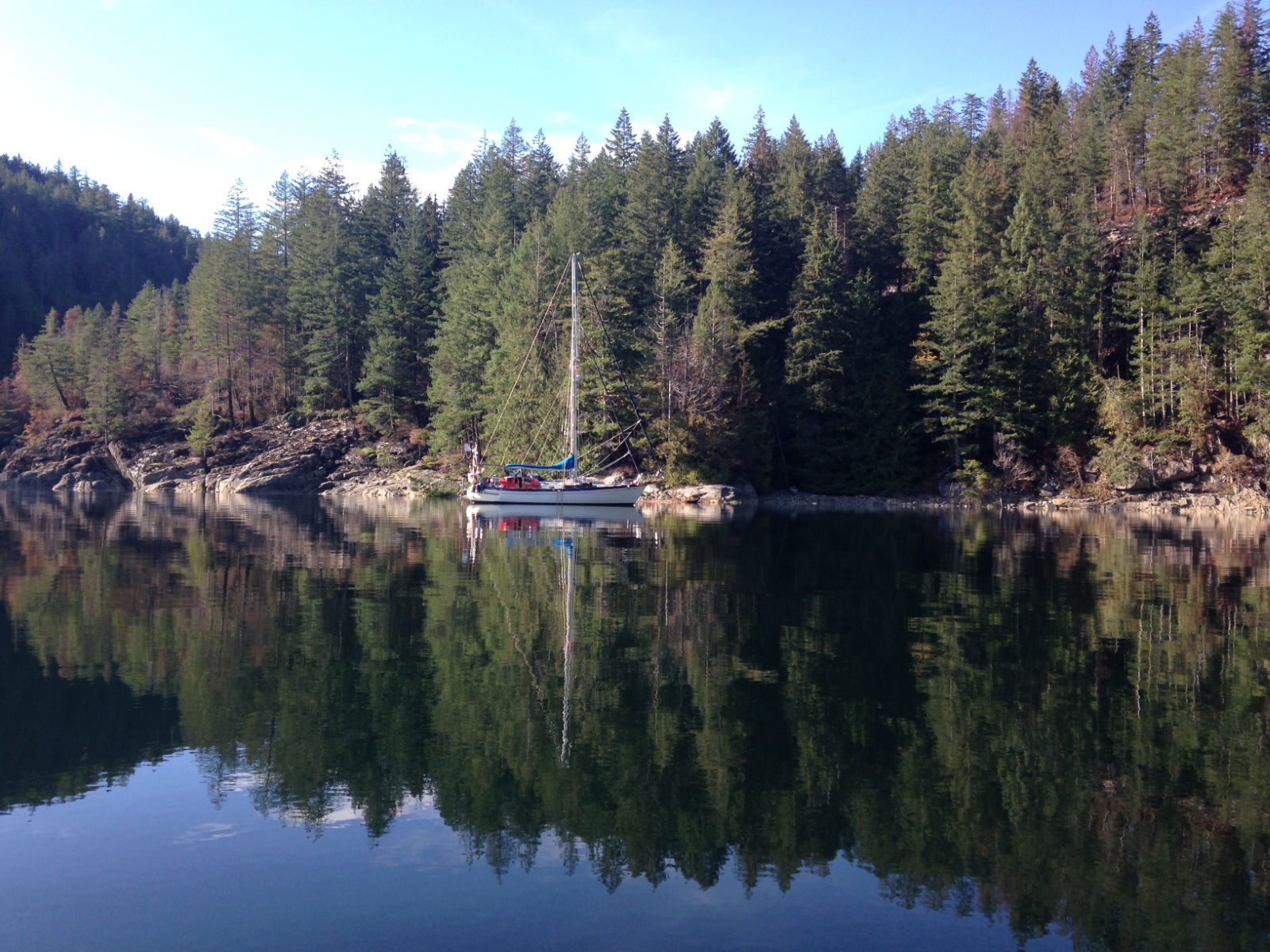
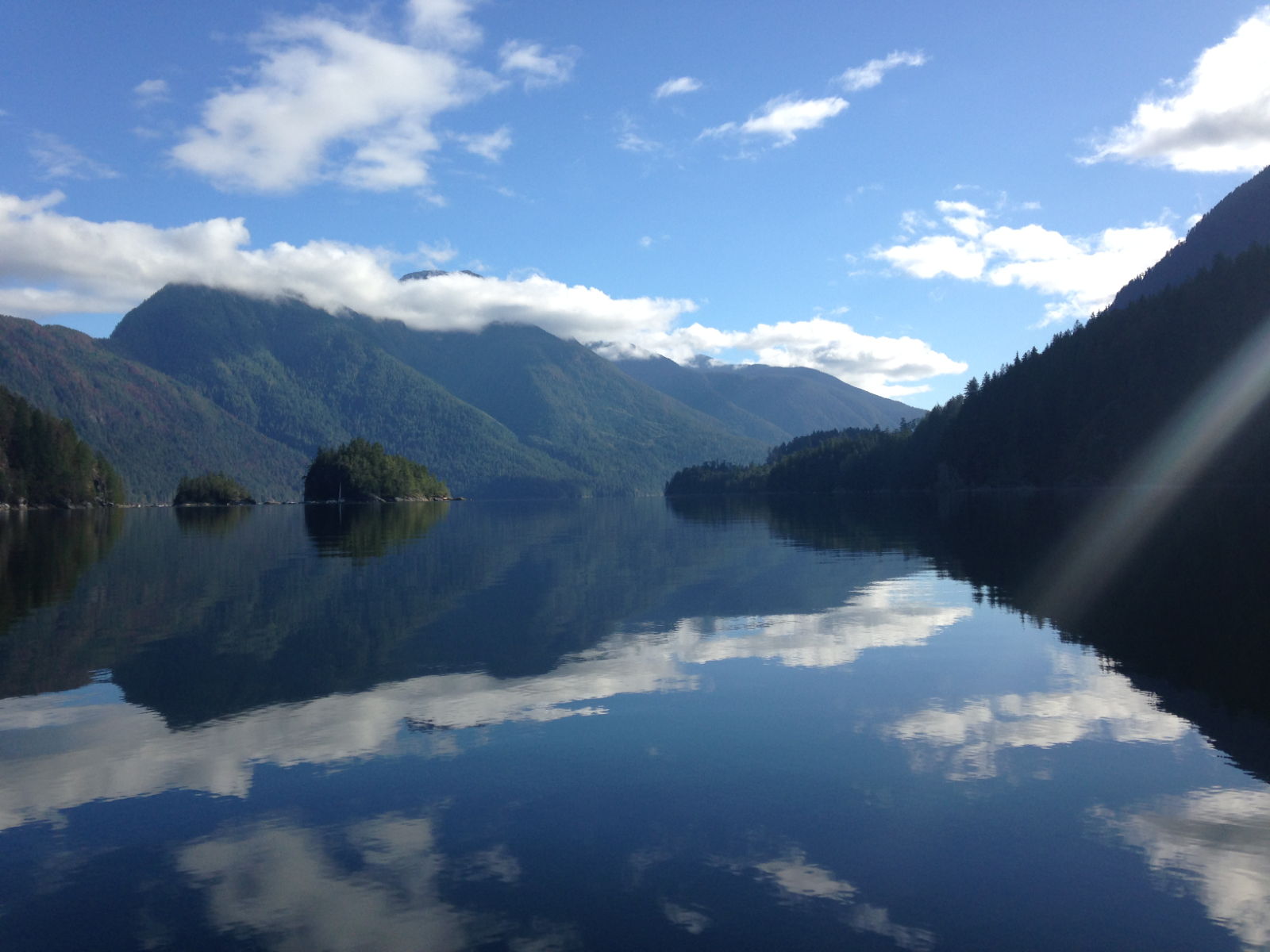

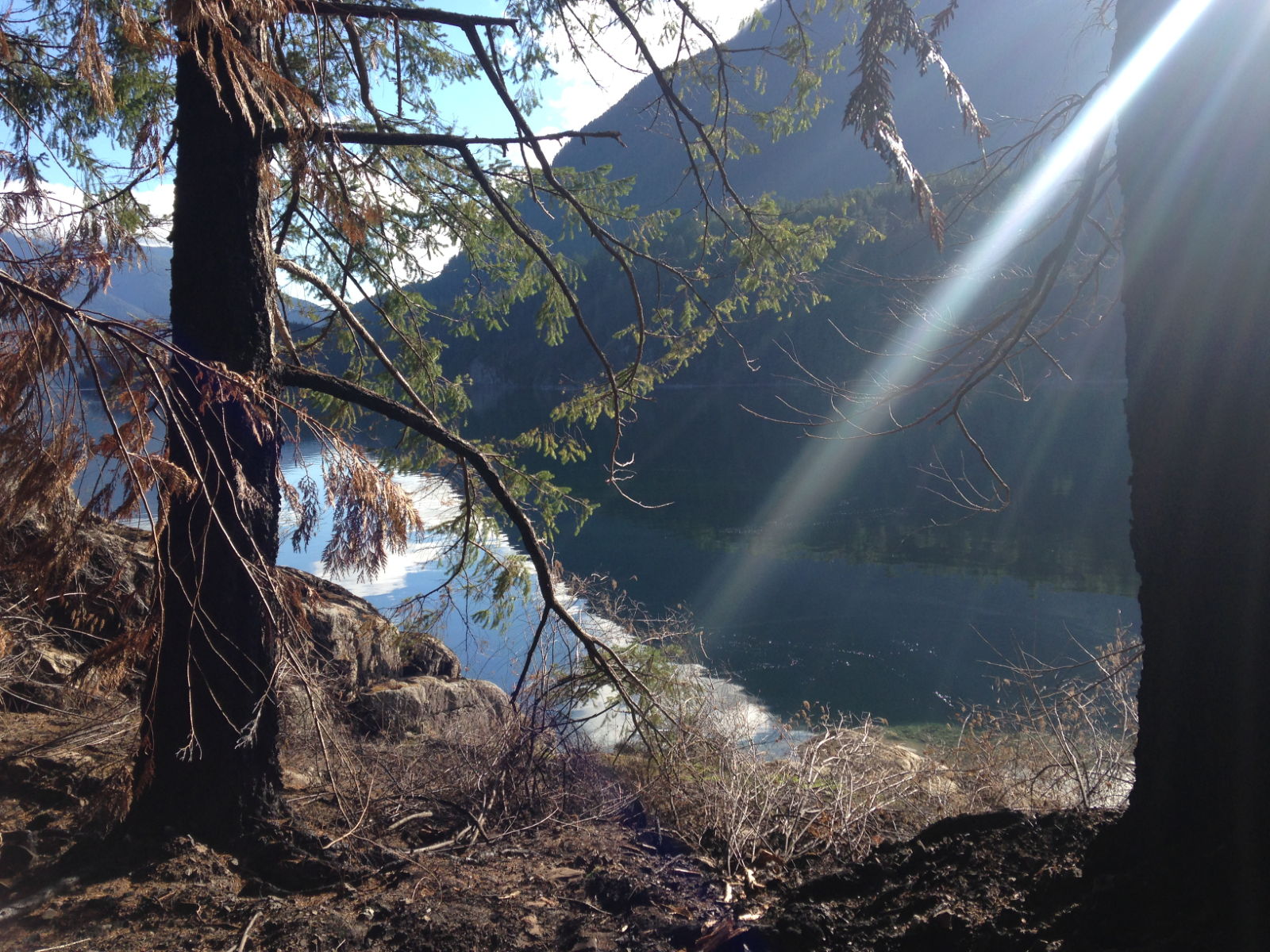
At Teakerne Arm on the 25th September we took a stern line ashore as the water is far too deep to anchor. Two magnificent waterfalls dominate the view in this bay and we were the only visitors on a warm, sunny and clear afternoon. There was a trail leading to the top of the cliff so we were able to sit and watch the water tumbling down perched on the edge of an alarmingly sheer drop.

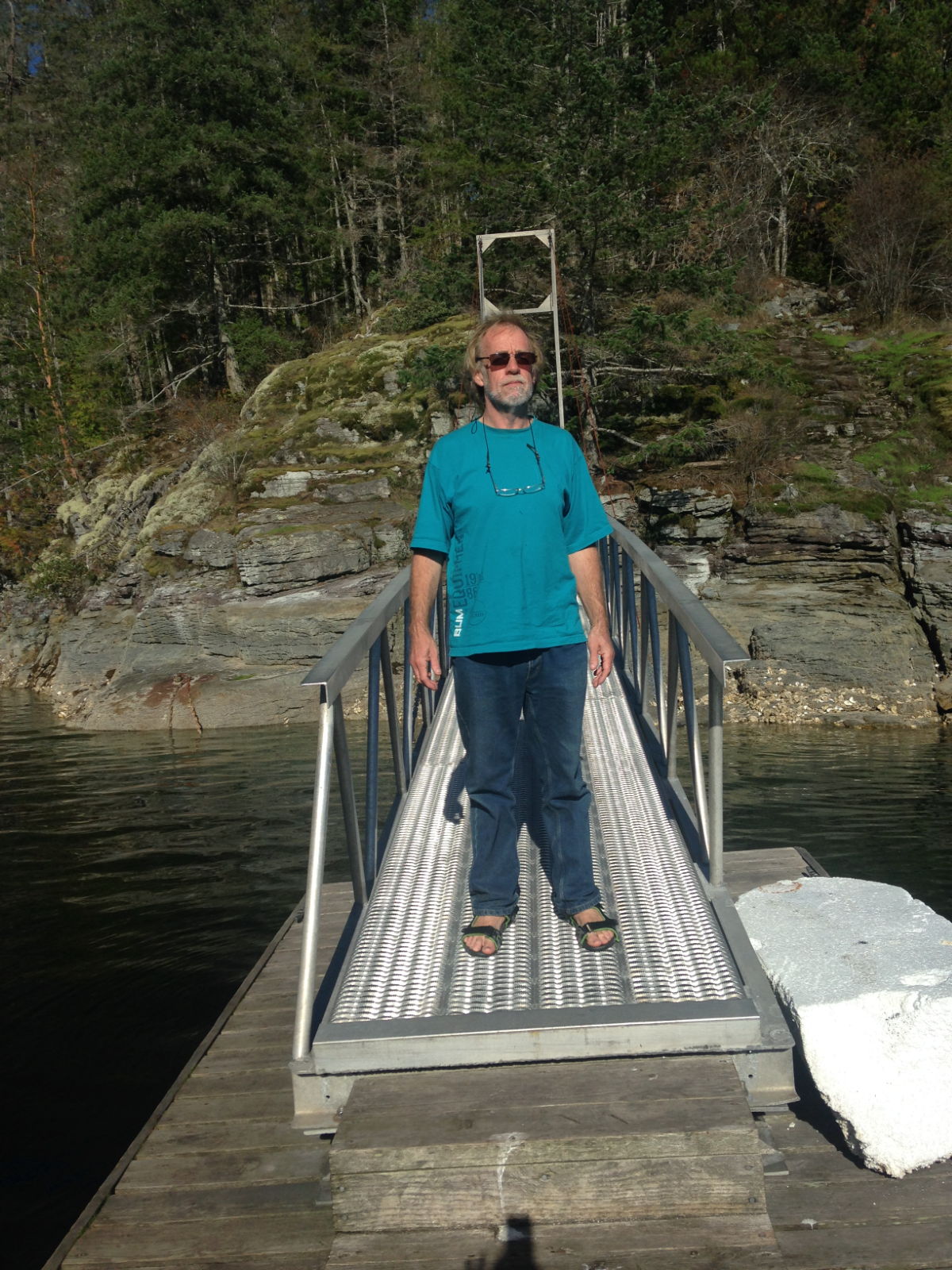

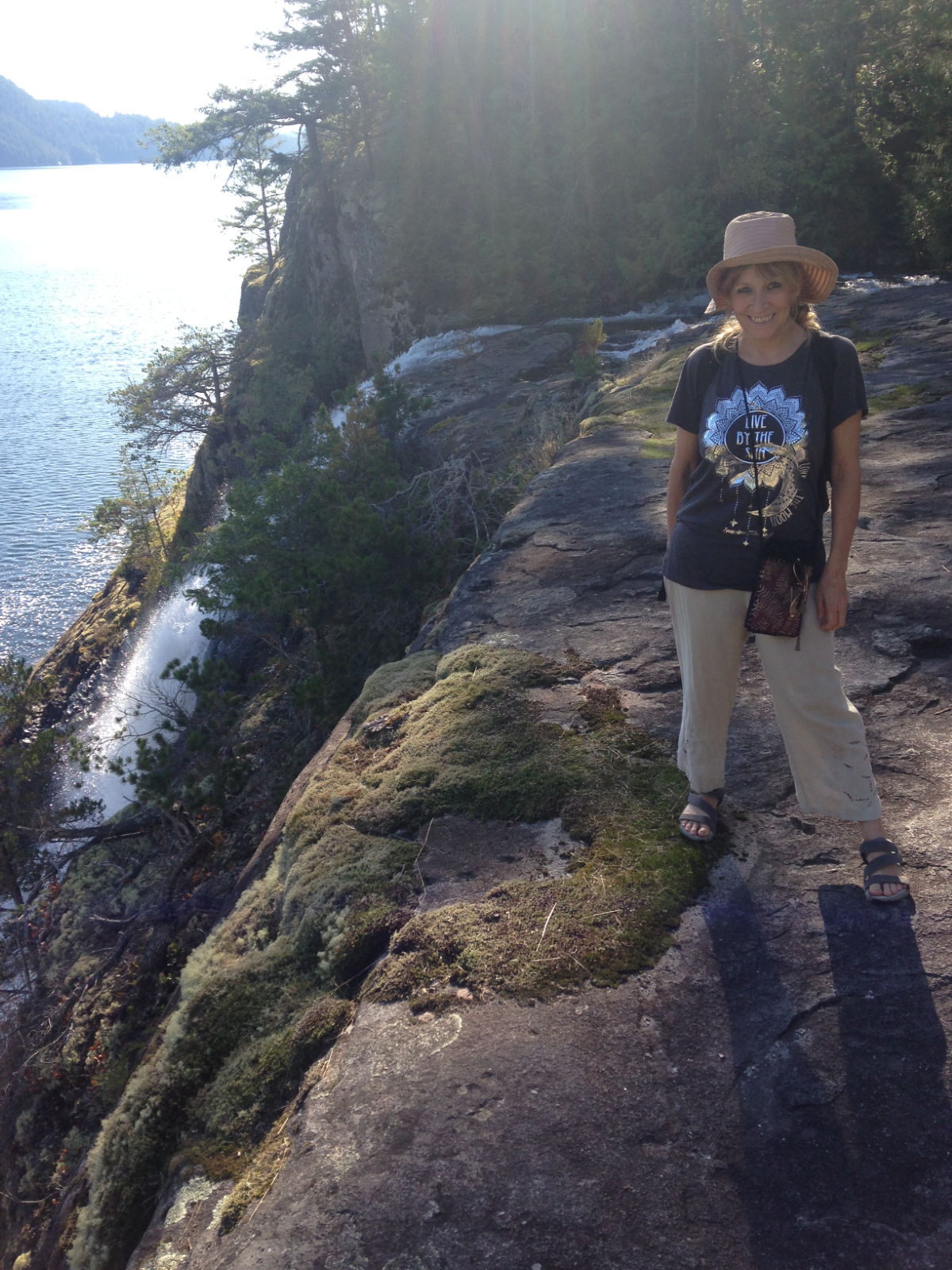
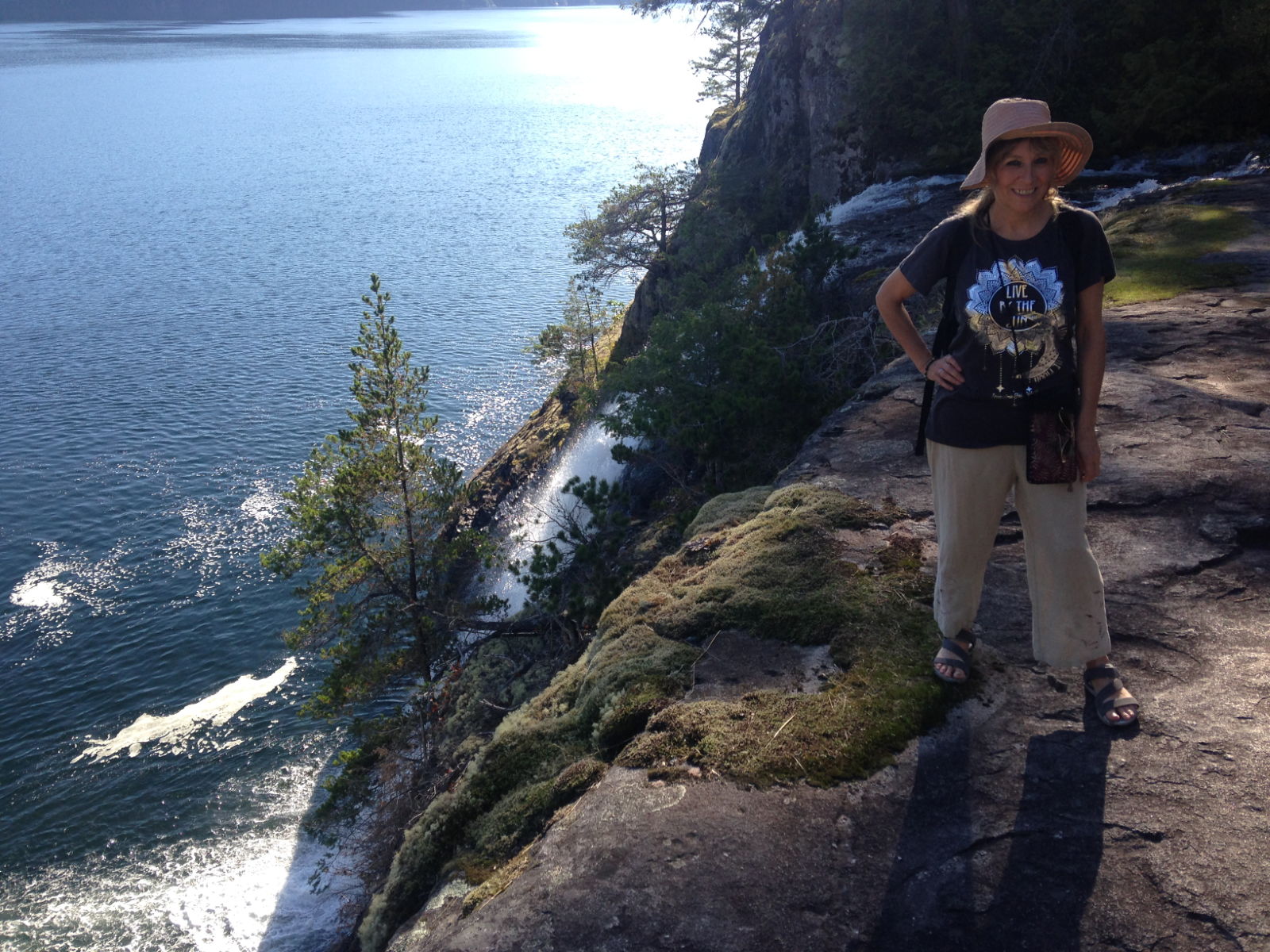
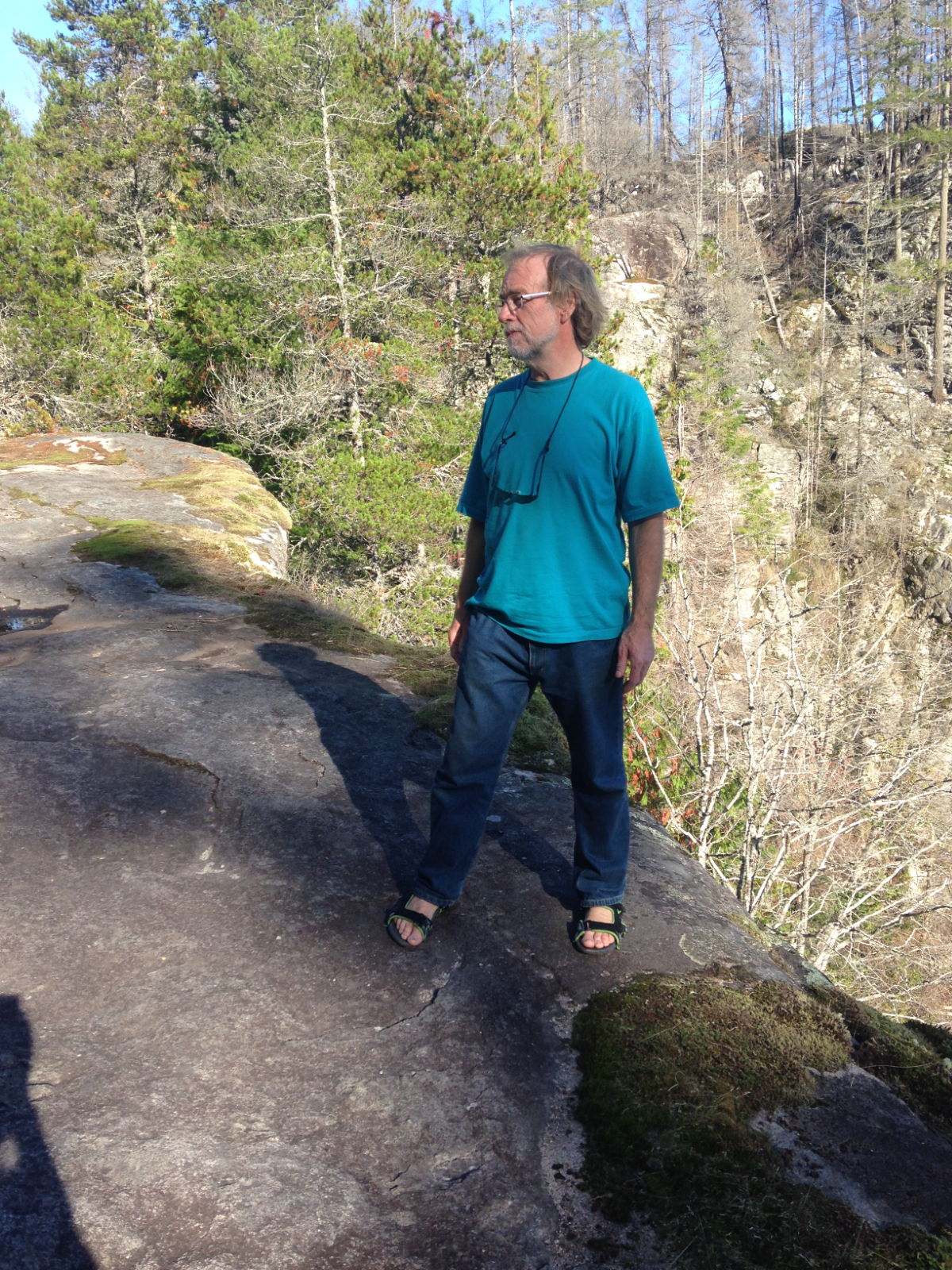
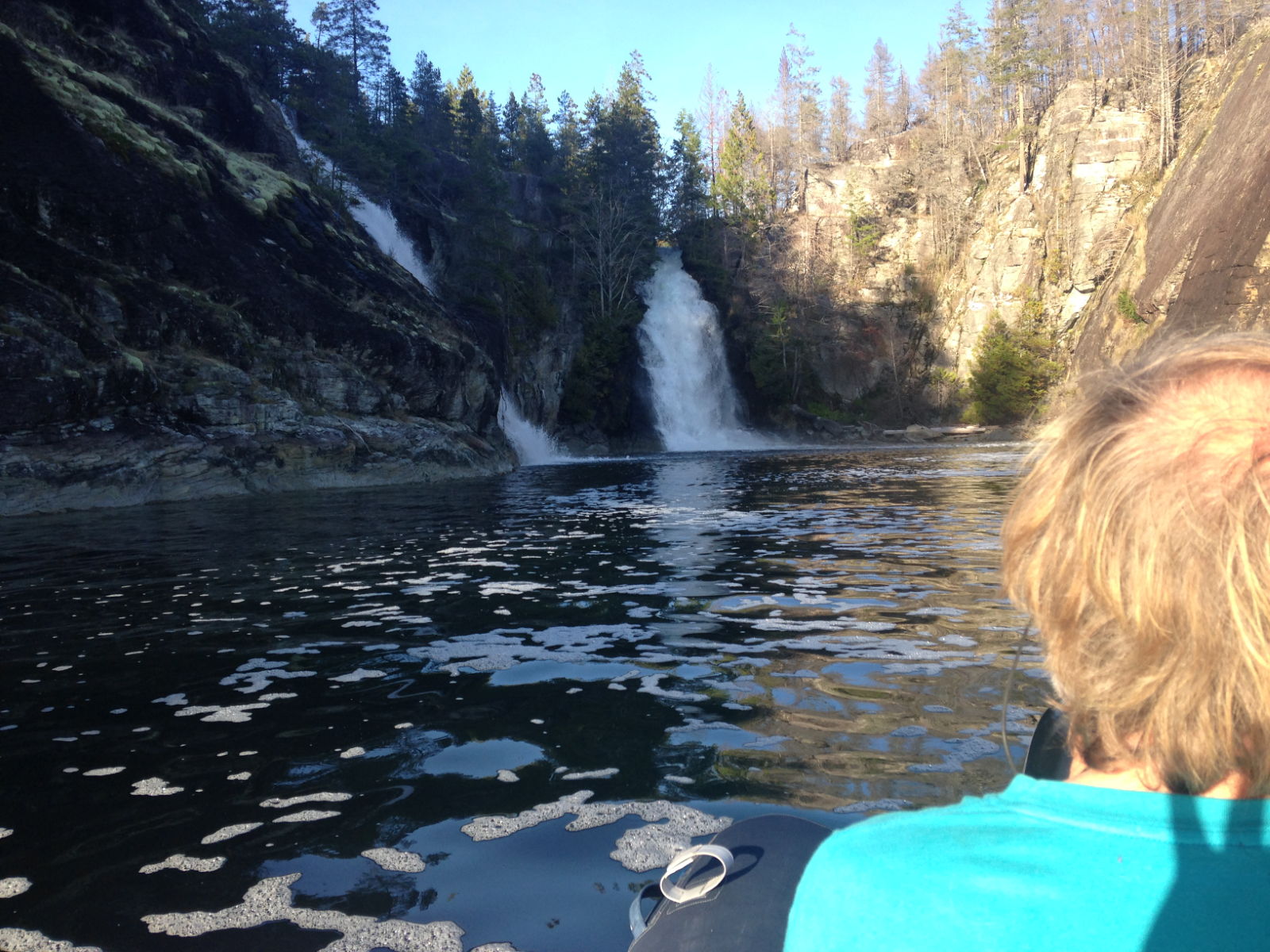
Our next stop was at a place called Blind Channel Resort and it soon became high on my list of the most beautiful places I have seen on my travels so far. To get there we had to cross no less than four sets of rapids and timing was crucial for each one. There was also the added hazard of huge stray logs in the water which we were keen to avoid, so I took position on deck to watch out for them. The fourth crossing was Greene Point which felt decidedly more turbulent than any of the other rapids; I felt the boat pulling away from the direction Paul was steering in quite a few times. Paul told me later that he’d forgotten to factor in that one so we’d actually crossed them at full flood!

Blind Channel, presumably named because of the blind spots on either side of its bay, came into view about 3pm on 26th September and grew more attractive the closer we got.

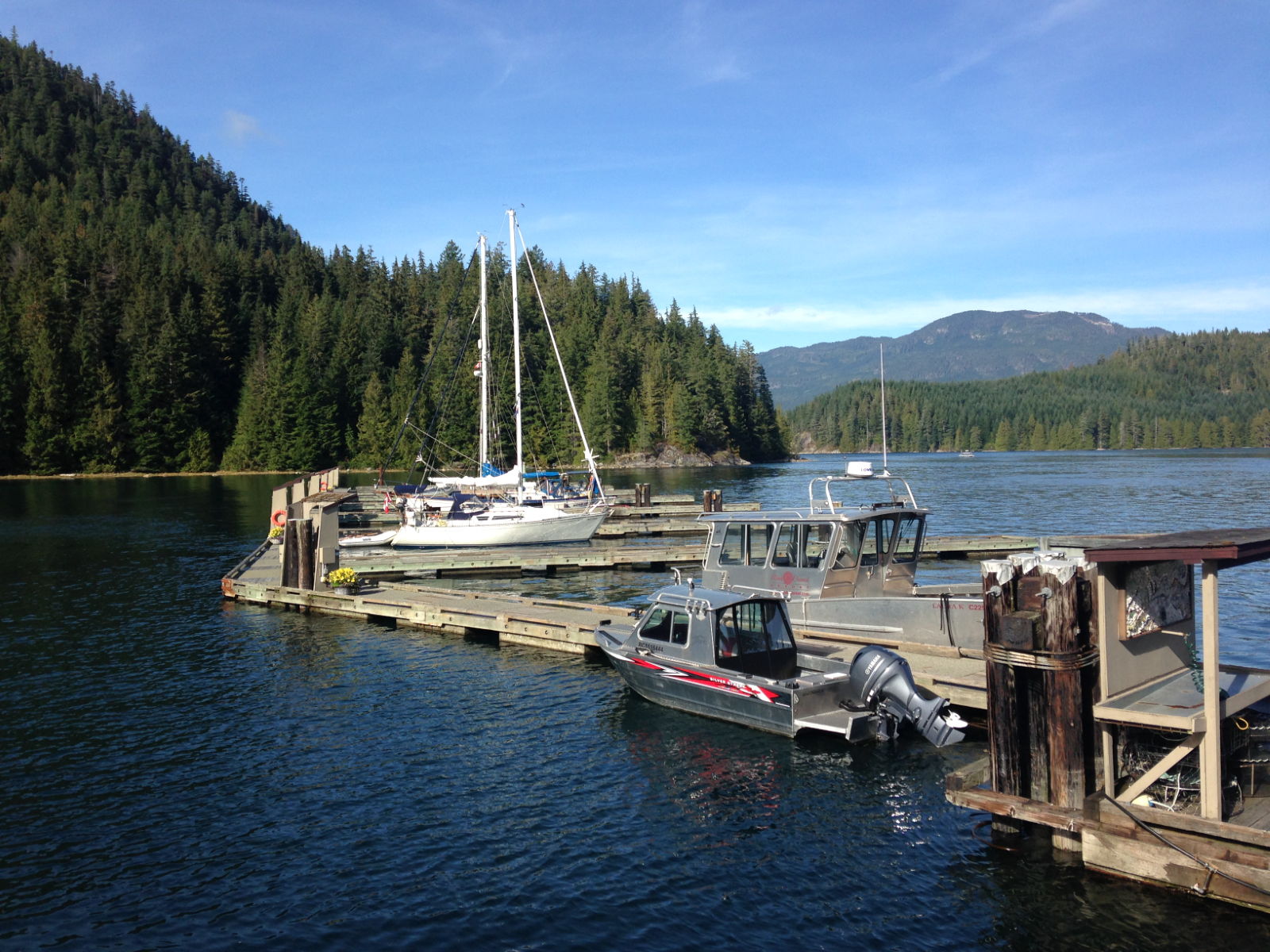
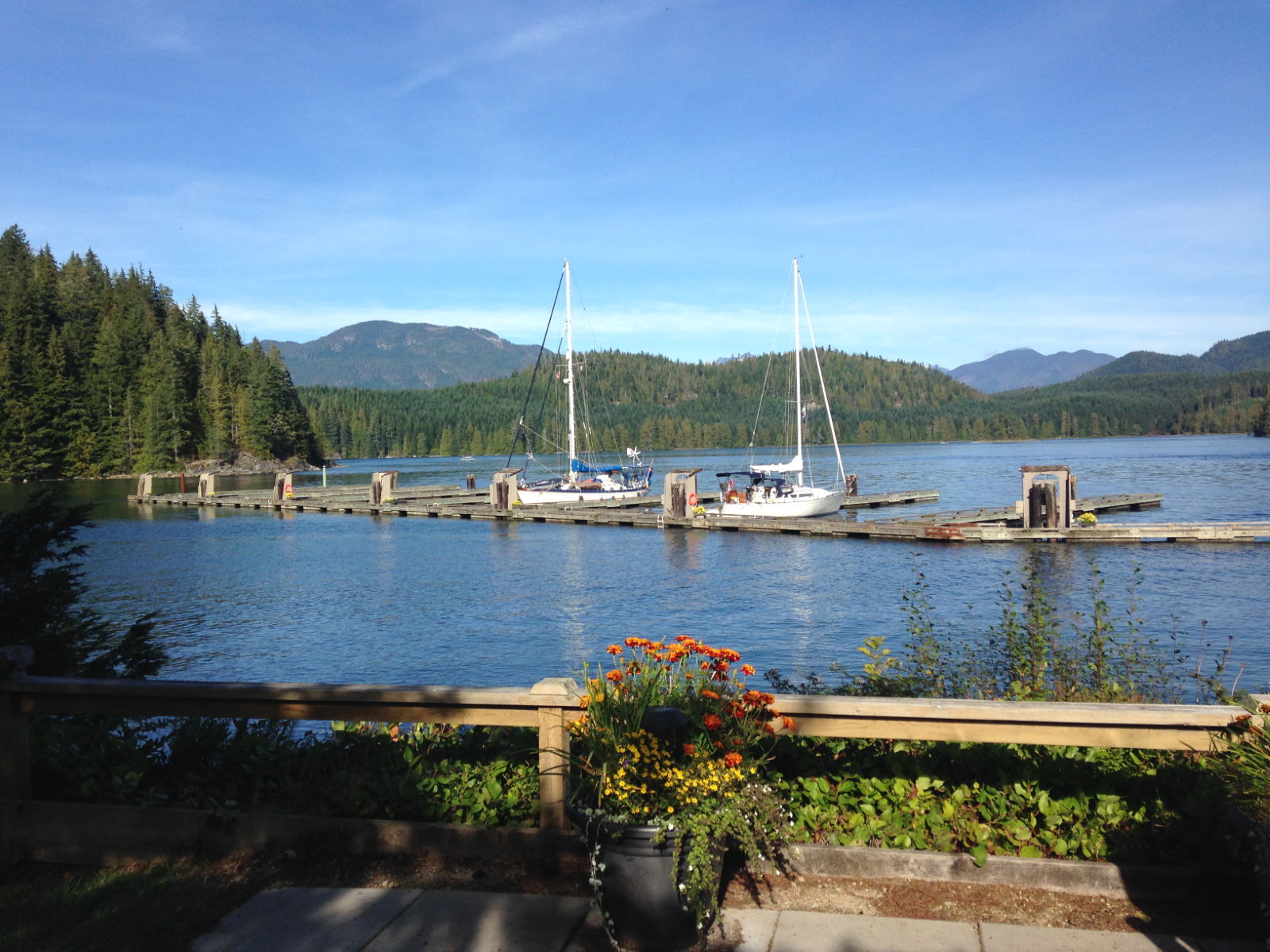

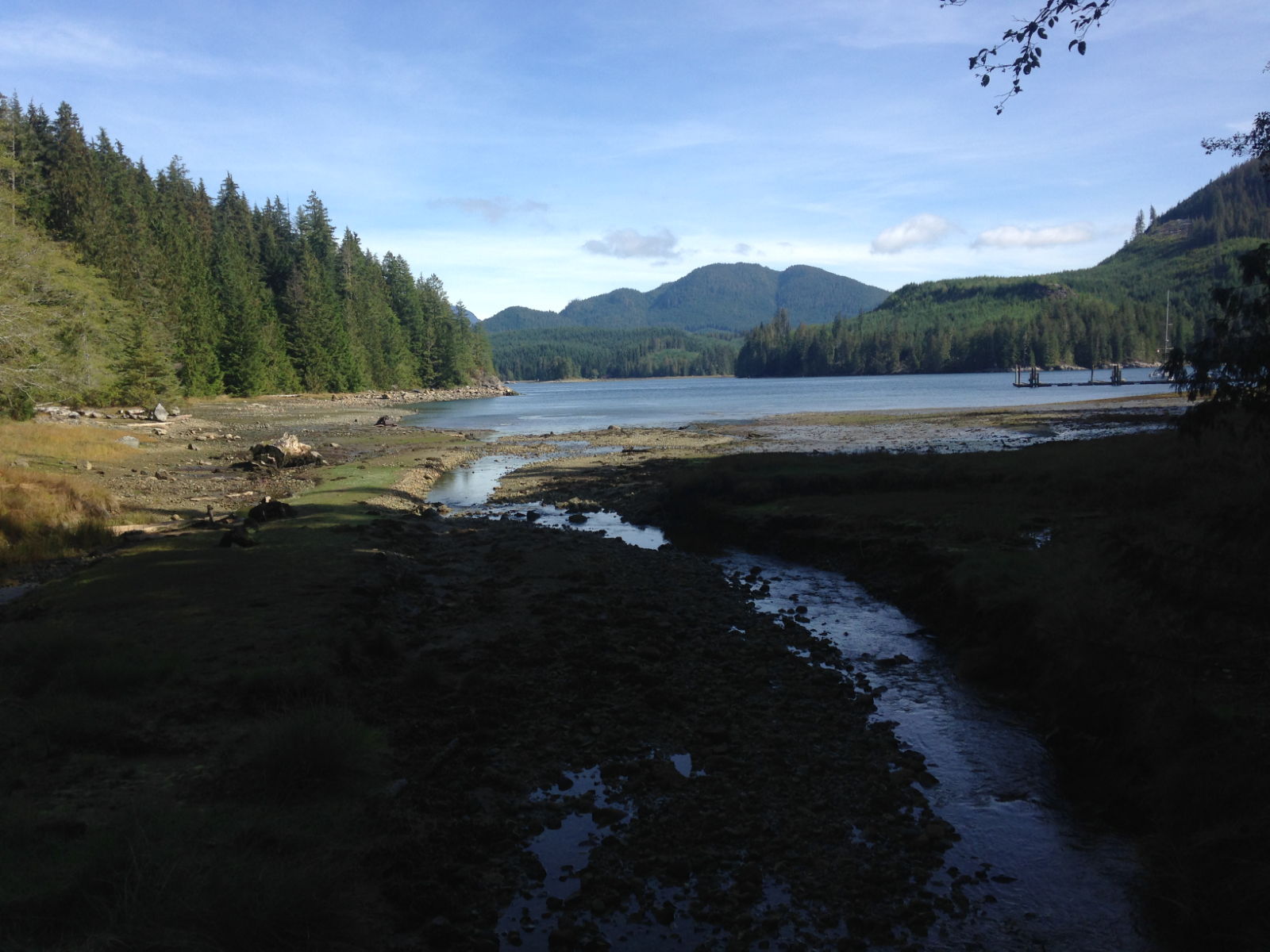
We spent three great days here, making the most of the natural surroundings by strolling on the beach and following the woodland trails to look at the 800 year old Big Cedar, supposedly the largest tree in Canada with a staggering 16 foot diameter. The path winds its way through a magnificent 90 year-old second growth forest of various tall tree species, lush forest plants and babbling brooks.


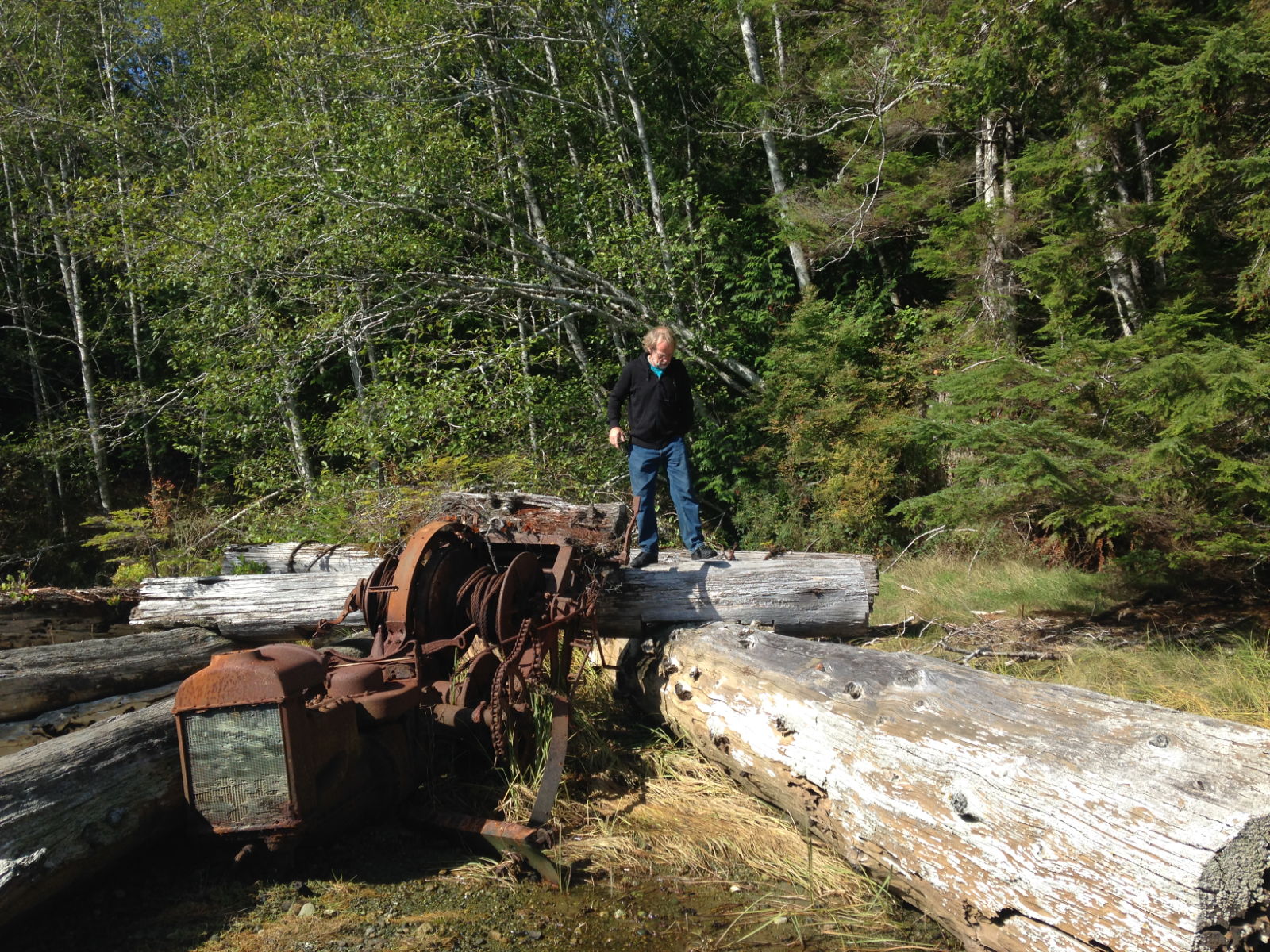

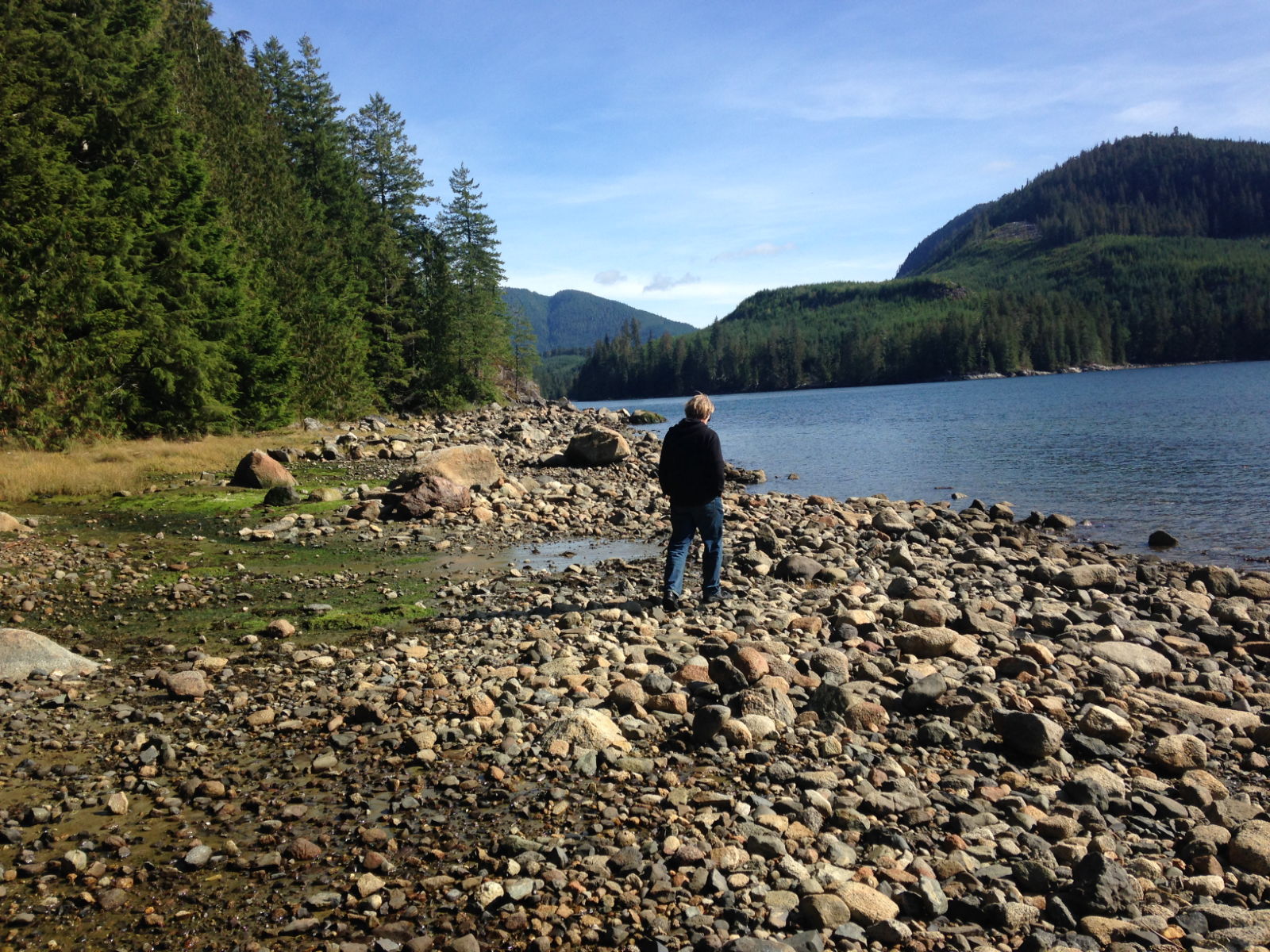
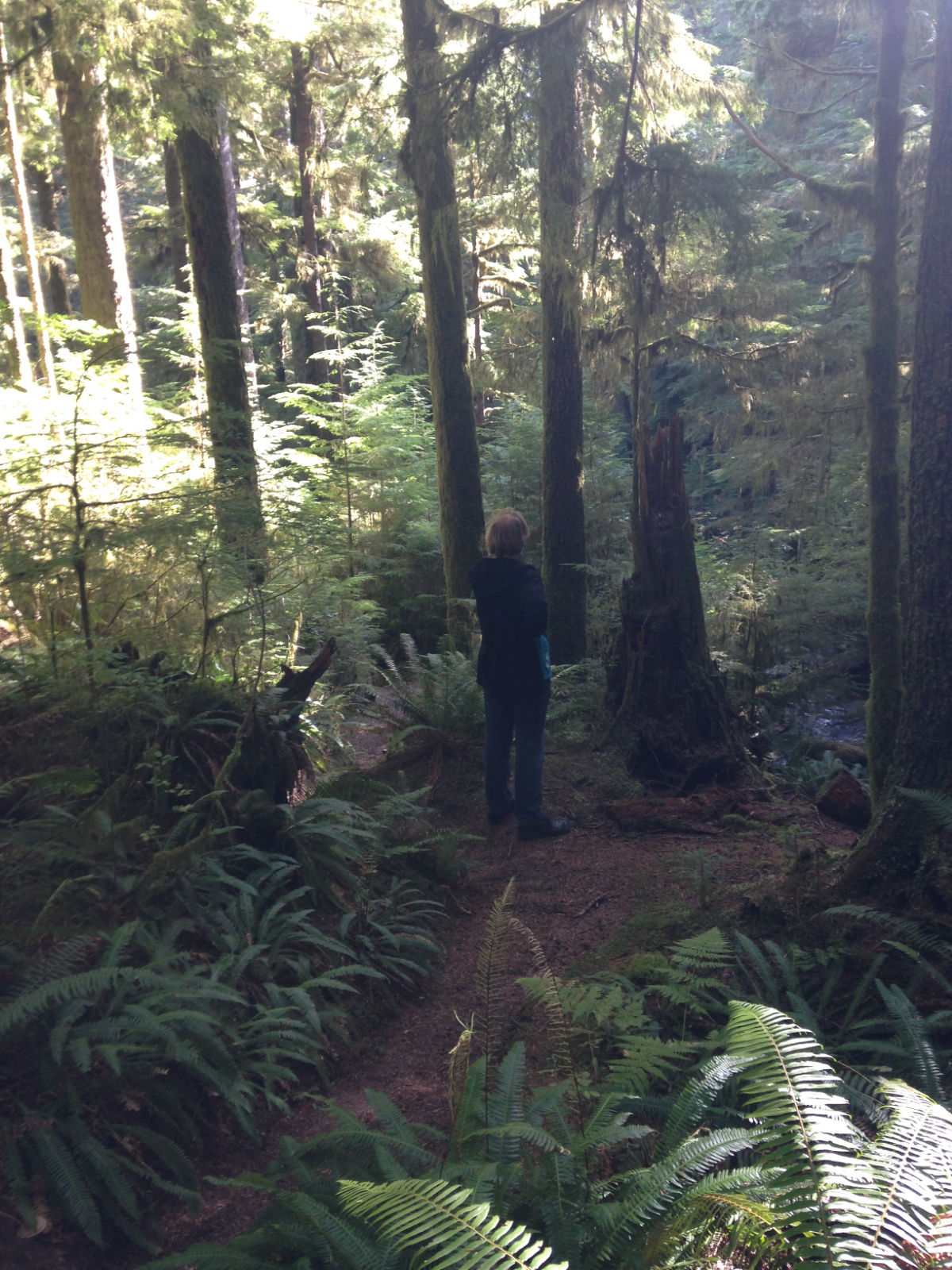

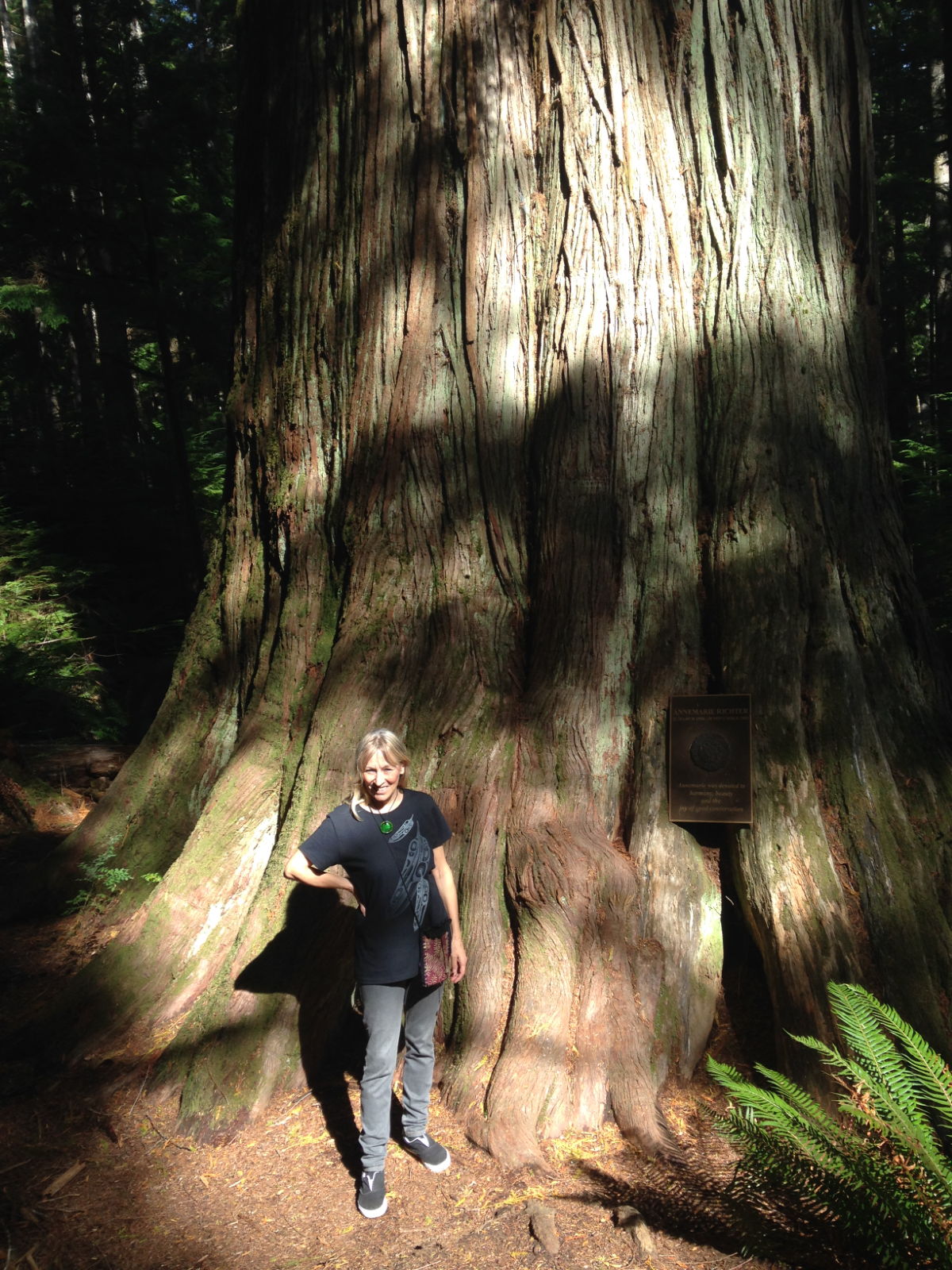
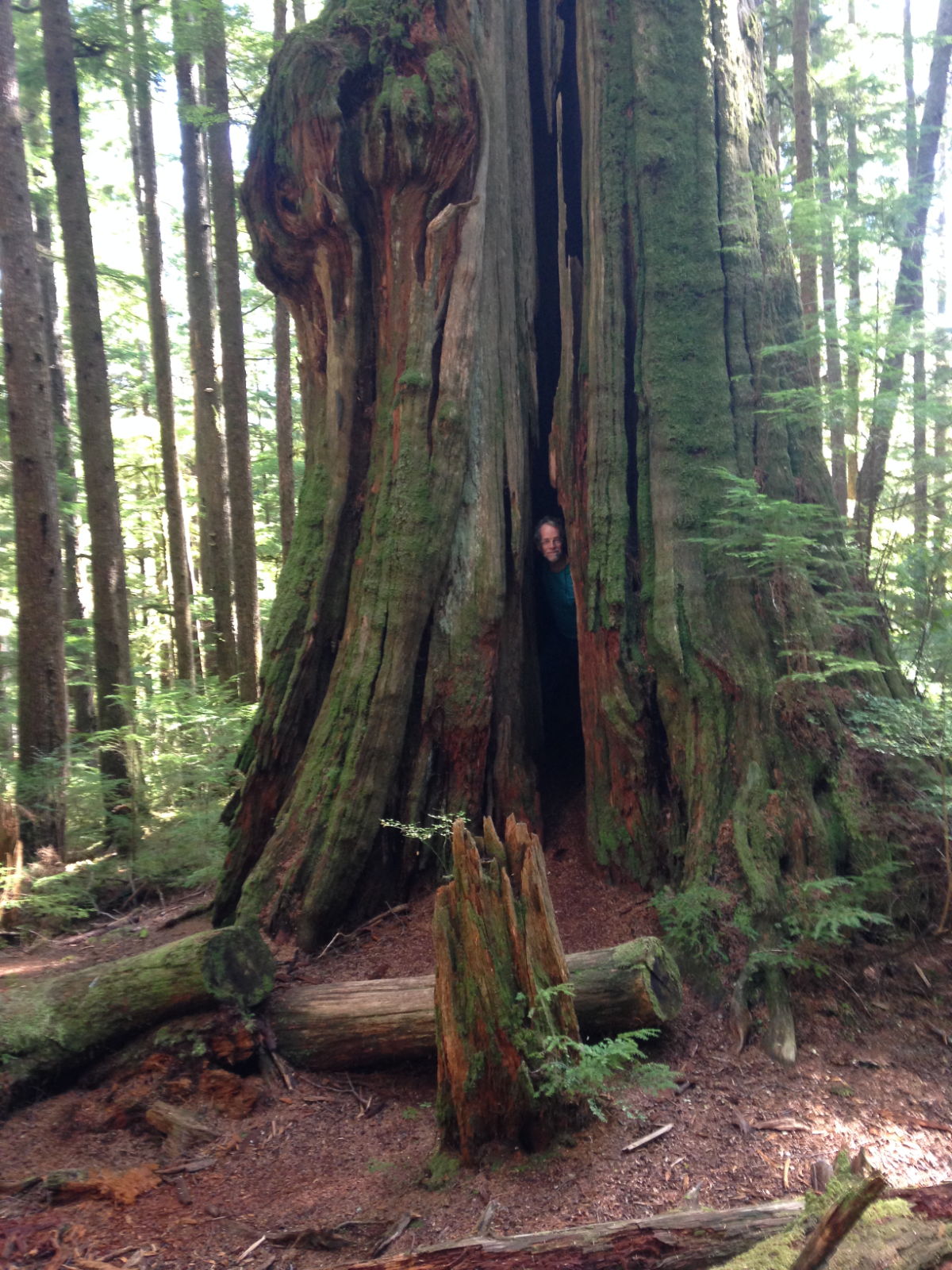
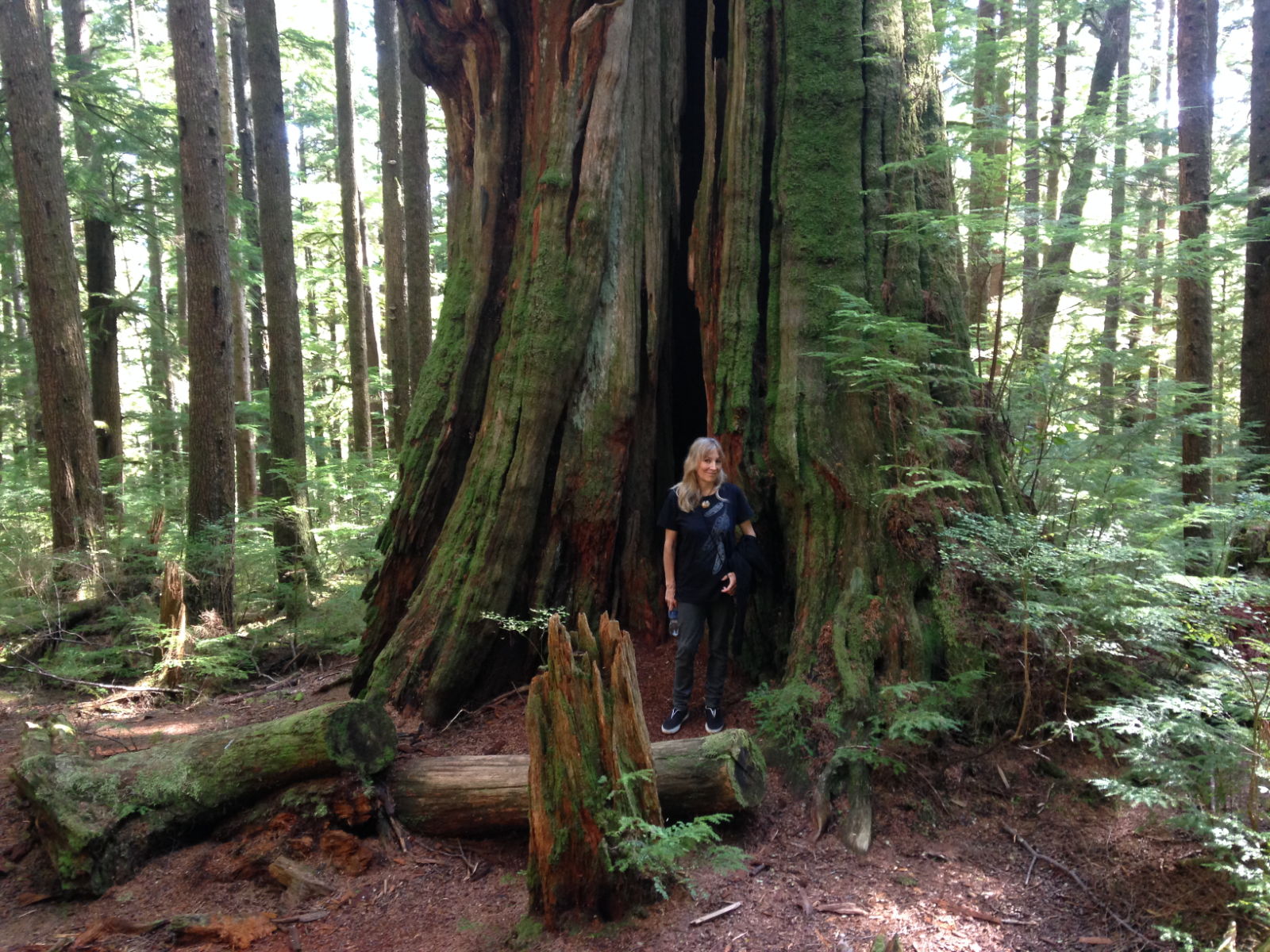
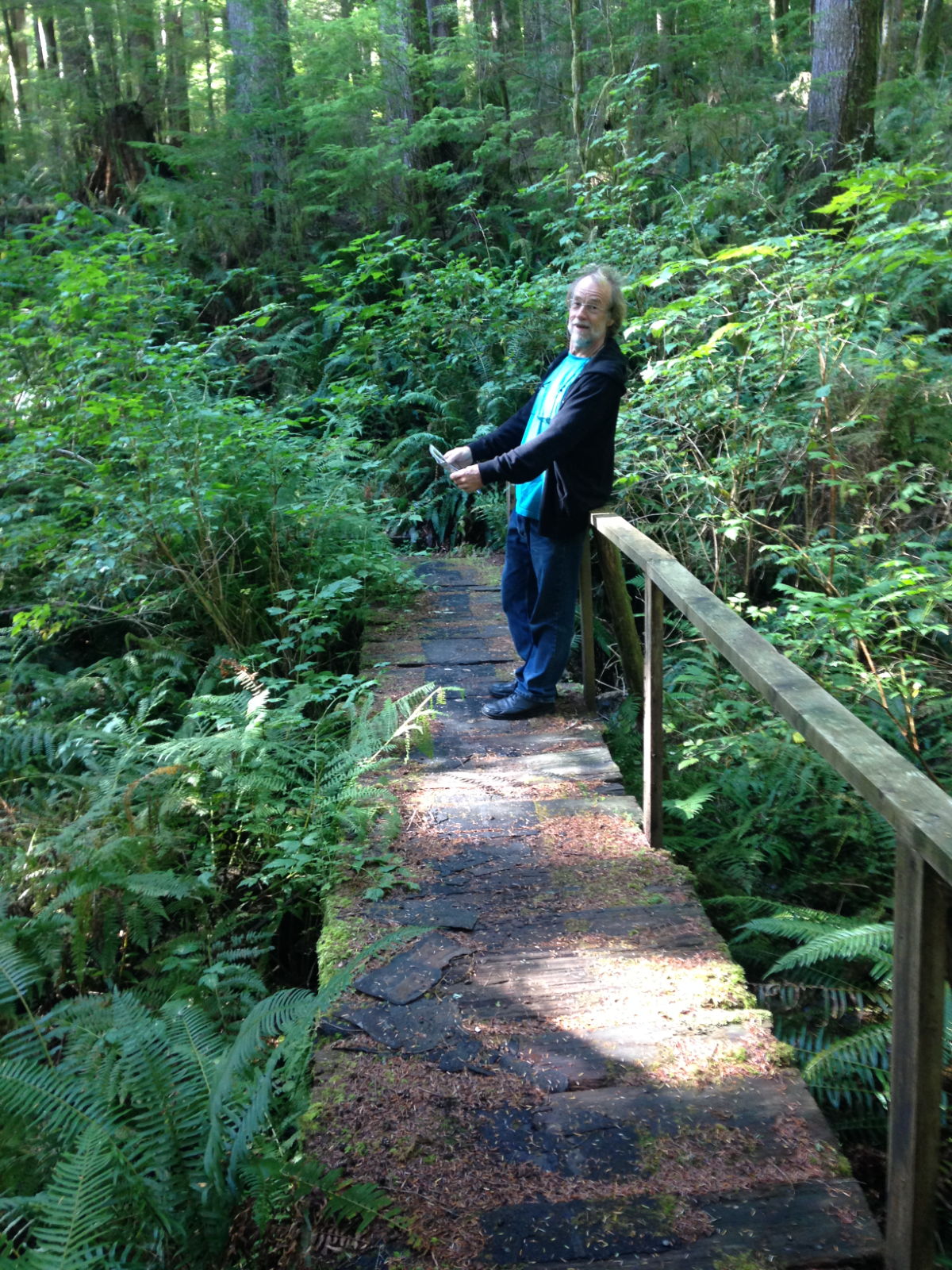
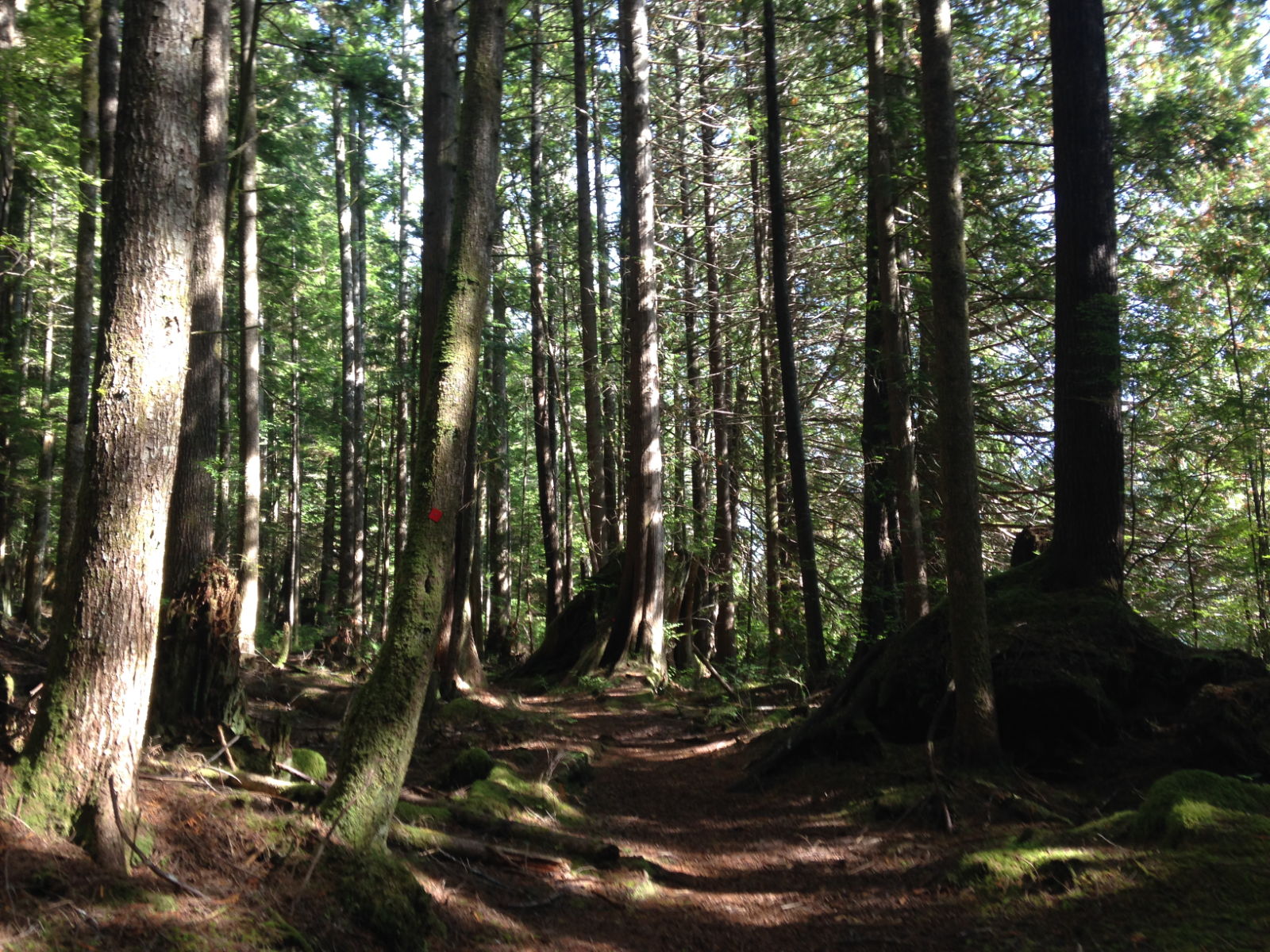


Jonathan Raban had stopped here in the 90s and remarked that it looked like classic bear territory. He had walked along a forest path to look for a phone ringing his boat bell to scare them away. We had in fact acquired a couple of ‘bear bells’ by now but we still haven’t used them. Anyway the only wildlife we saw during our walks was a squirrel, a woodpecker (amazing to watch it pecking at the tree trunk), and a tiny field mouse. Later, from our pontoon we spotted a sea otter basking on the wood of the opposite pontoon and crept slowly towards it to get a better look. Paul took some great video shots of it for his blog post. I loved the peace and natural surroundings of Blind Channel and I liked the resort owners, too. It would have been easy to spend more time there, but we were aware there would be more to see further along the Inside Passage.
We anchored at Forward Bay on the 29th September on water so still it was like a mirror. A huge bird sat on a branch on the nearby shore and seemed to be watching us from the time we anchored at 3o’clock until just before sunset. I had been watching to see it fly away but typically it flew while I was otherwise occupied and I missed it. Bears have definitely been spotted in this area according to Paul’s anchorage guide; alas, we didn’t see any.


As we prepared to leave for Port Neville, the engine, which had given a few warnings of its possible failure, refused to start and Paul had to take it apart to see if he could fix the fault. My role was to pass things to him in the manner of attendant to surgeon. This was tricky when he called for things like ‘mole grips’ and ‘long-nosed pliers’ and I had no idea what they looked like. I listened to his various cries of triumph, despondency, frustration and enlightenment and wondered if we would be staying another night. Finally, three hours later than intended, we motored off in drizzly, grey, cold weather for the three hour trip to Port Neville arriving at 3pm. There is a visitor jetty there and only one boat was tied to it so with Paul instructing me, I took us slowly in and Paul jumped off to tie the lines. It’s only the second time I’ve done that bit and I was pleased it went so well. The rain was heavy by the time we were settled and the deserted shop on Port Neville looked eerie in the rainy twilight. I couldn’t help imagining what it must be like in the empty rooms. There are quite a few other dwellings on the island but all empty now the summer season is over so totally uninhabited. I think if the weather hadn’t been so awful I would have been sorely tempted to have a wander around.

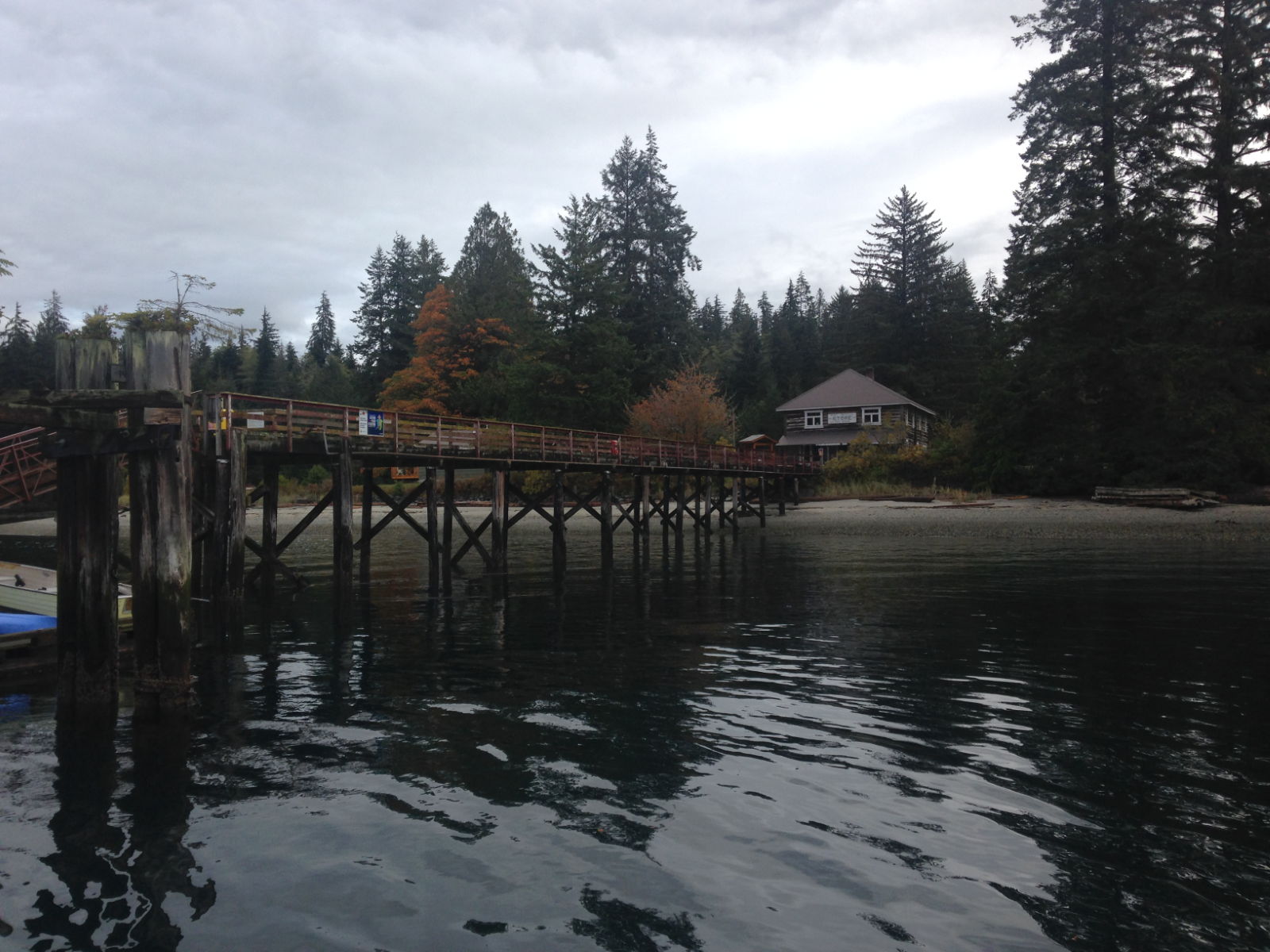
Alert Bay was our final stop before Sointula and we spent a couple of nights there. I will always think of it as Raven Island although it’s actually on Cormorant Island and claims to be ‘Home of the Killer Whale’. Ravens were everywhere, and very vocal, too. Their piercing cries compete with those of seagulls and crows to create quite a cacophony of sound. Alert Bay is home to the Namgis and Kwakwaka’wakw (try pronouncing that word!) First Nation tribes and they form the largest population on the island. There are over 40 totem poles on the island and a leaflet we picked up in the visitor centre lists them all with detailed explanations. We saw a fair few of them during our walk and made a point of seeing the world’s tallest one at 173 feet high. A visit to the U’mista Cultural Centre provided an invaluable array of information about the culture, history and future of First Nation Tribes and an interesting display of traditional and contemporary masks and other artefacts. It had a great gift shop too.
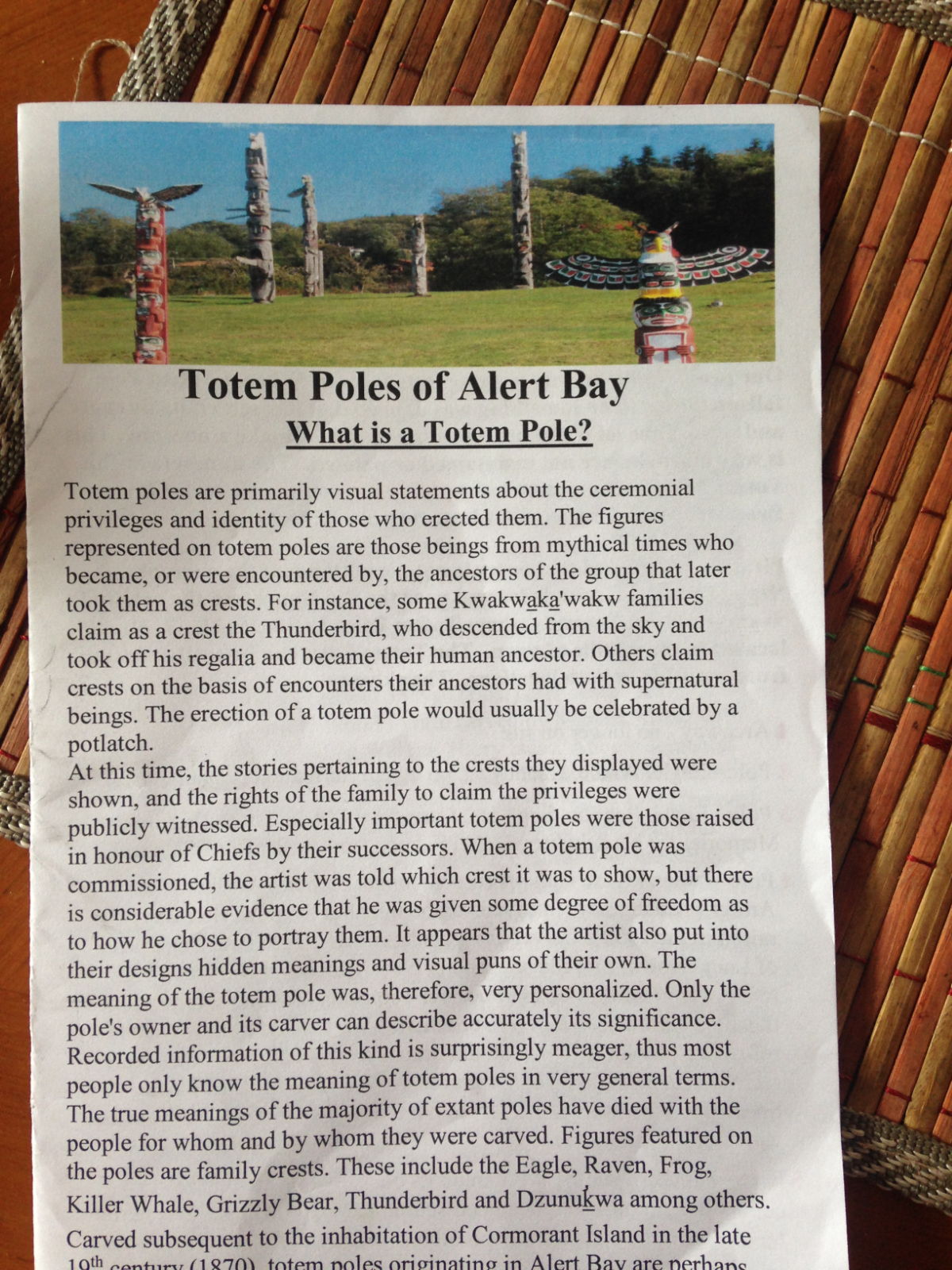


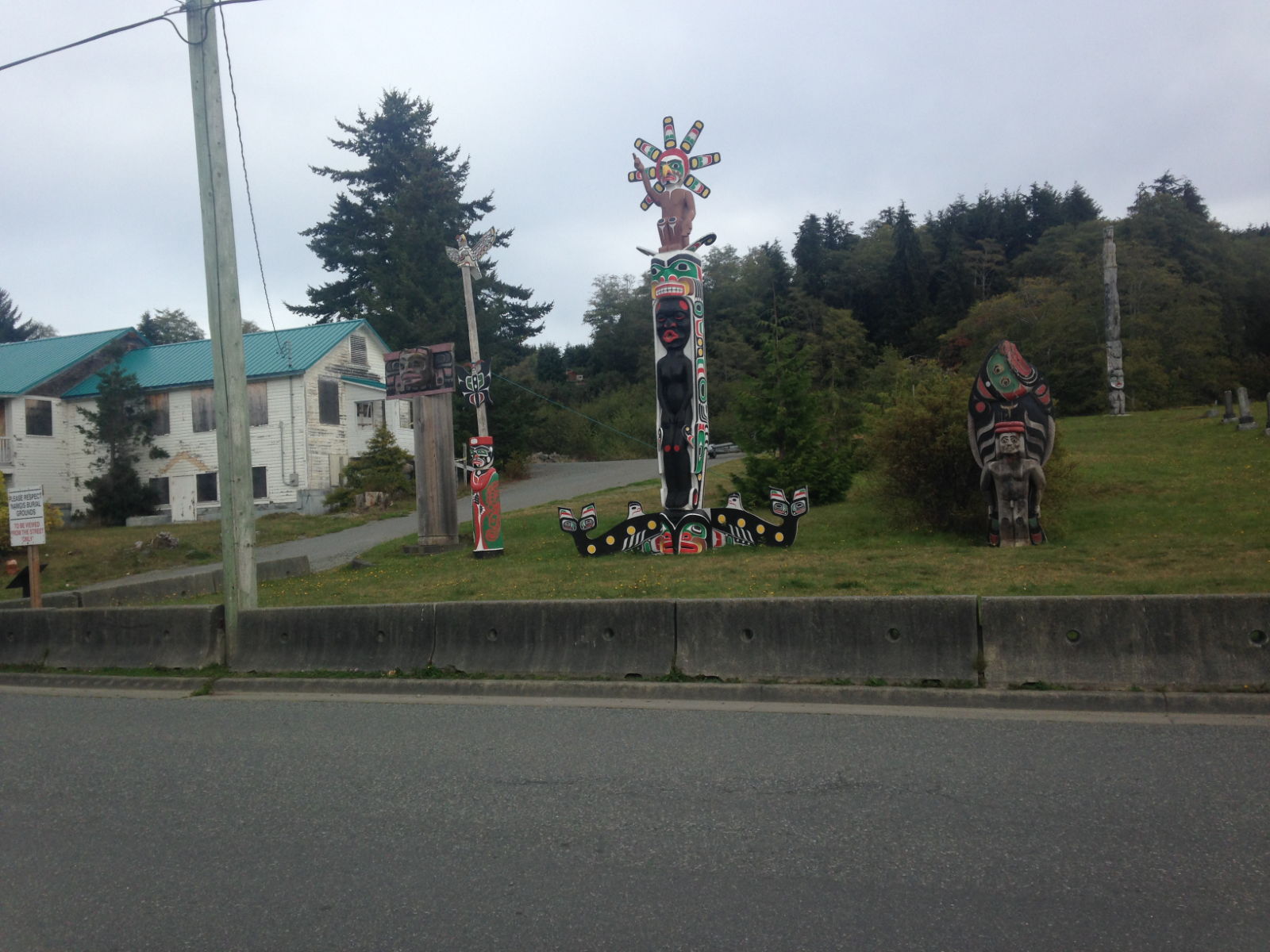
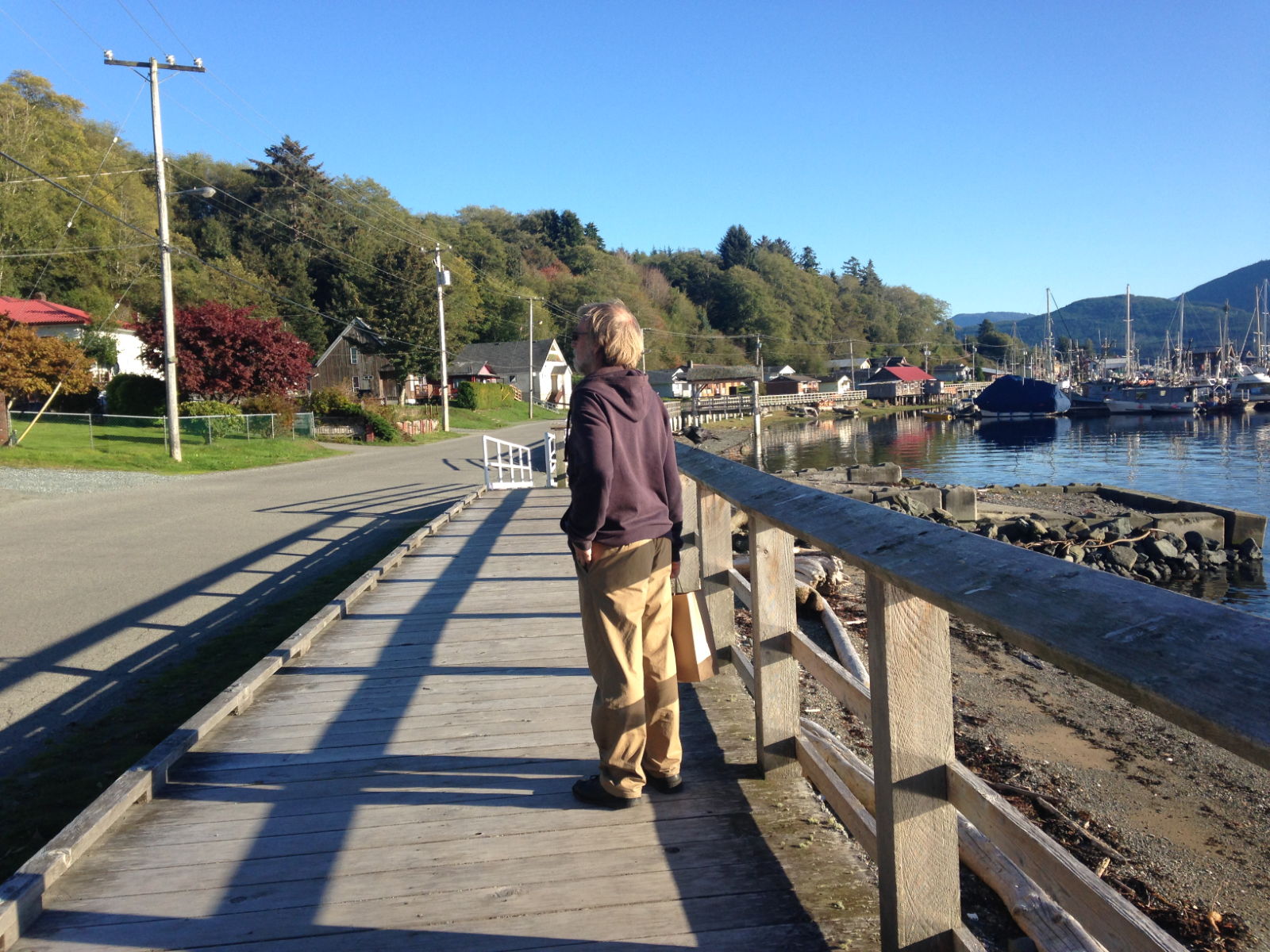

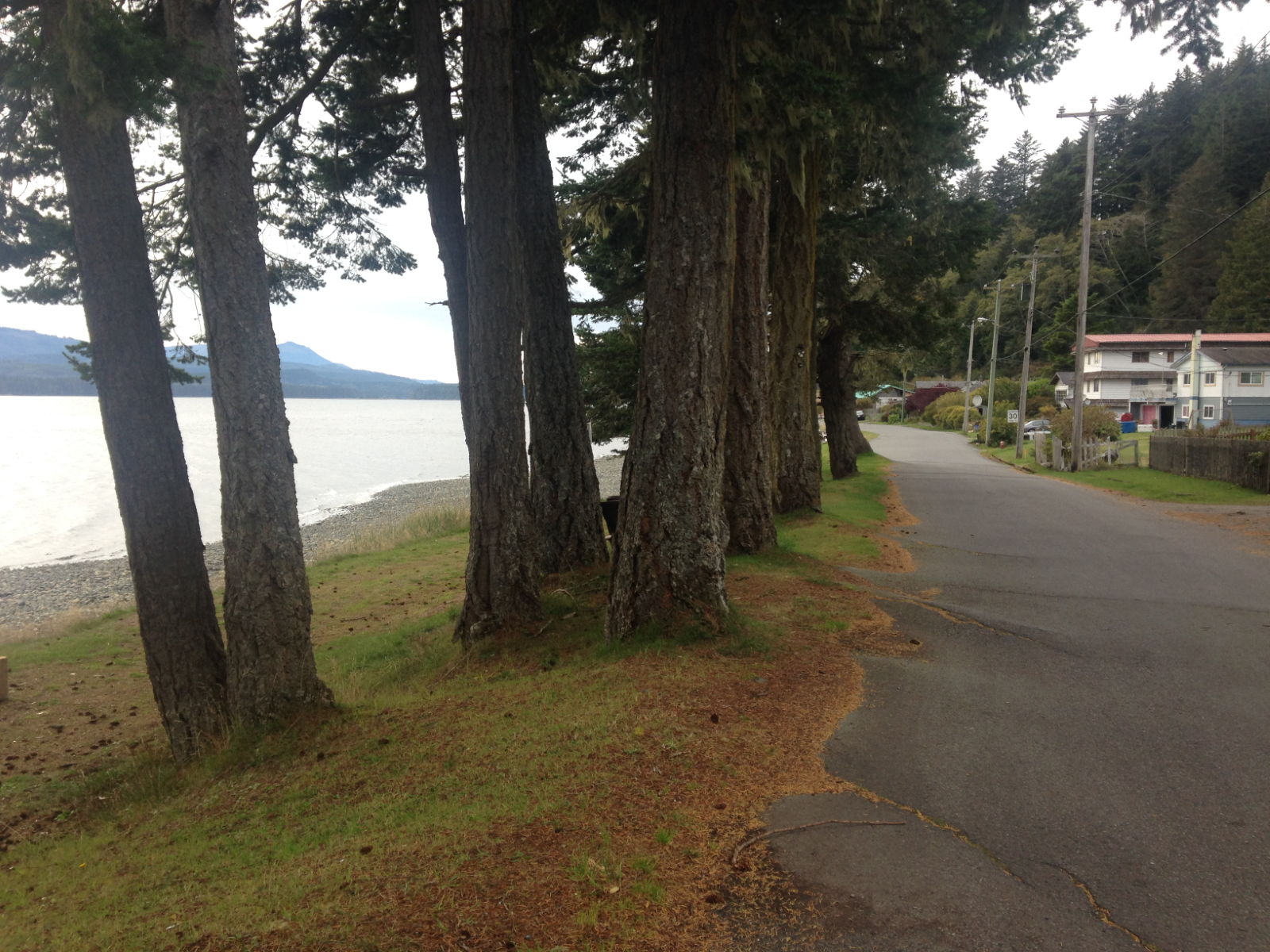
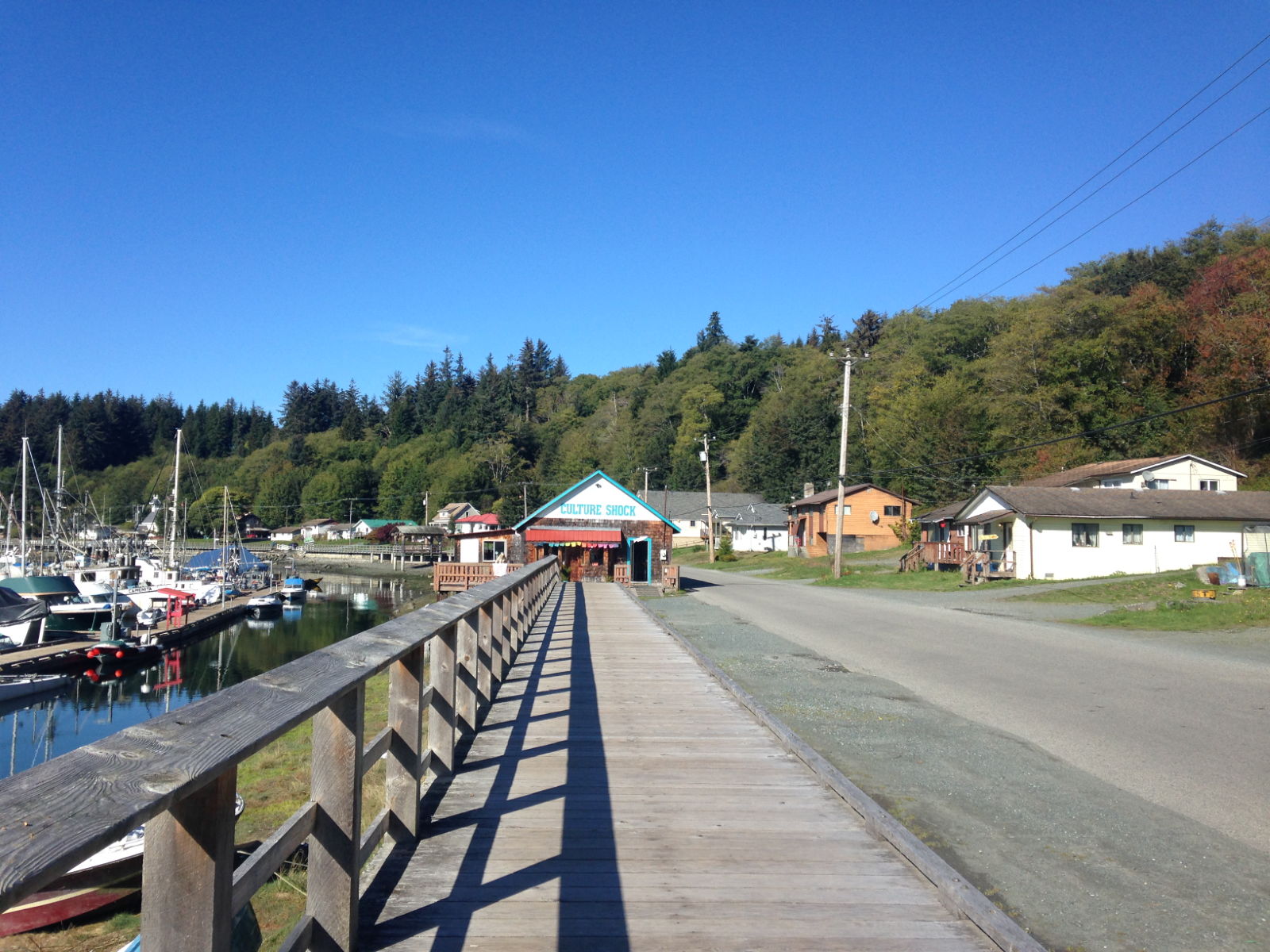
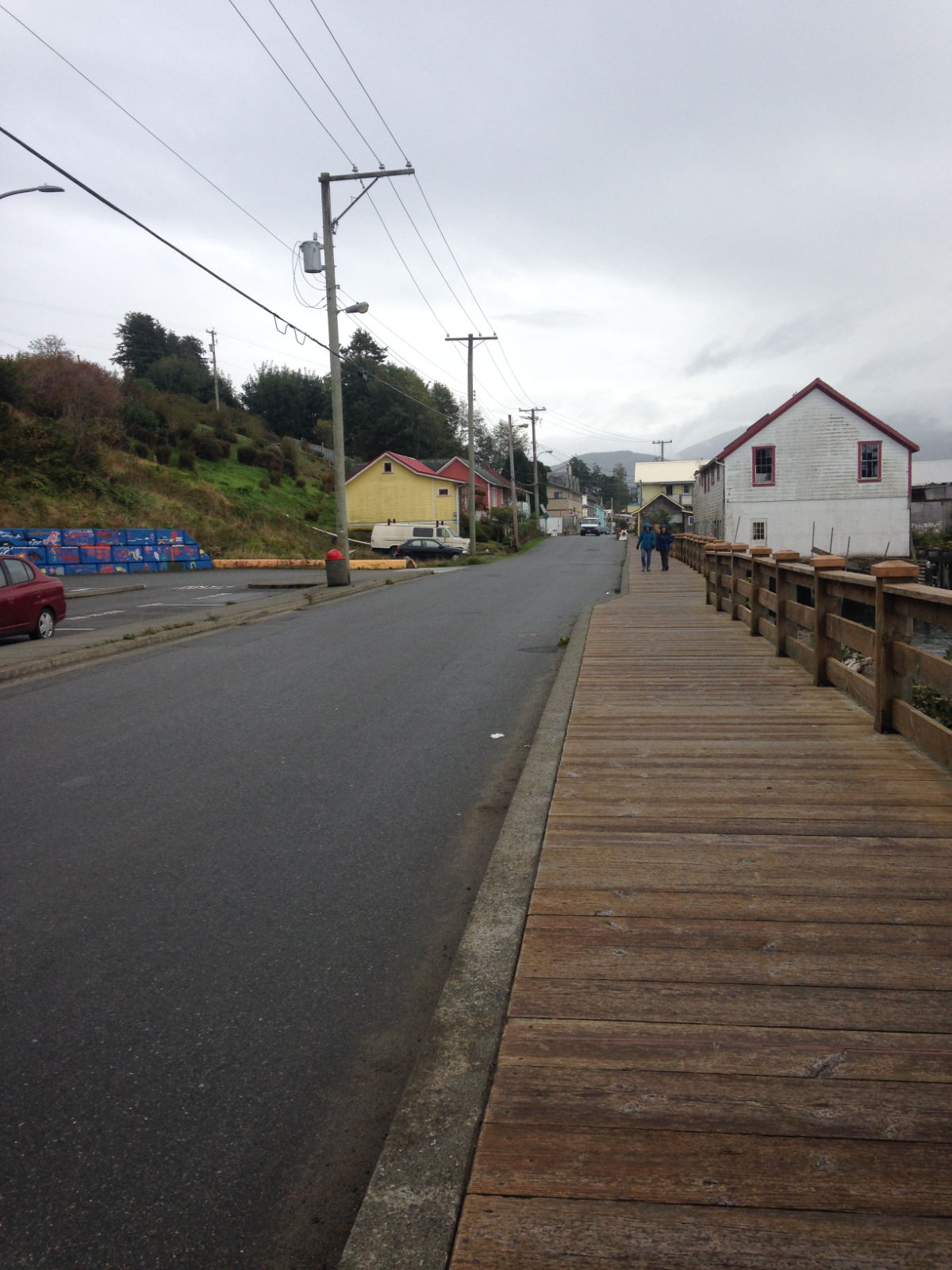

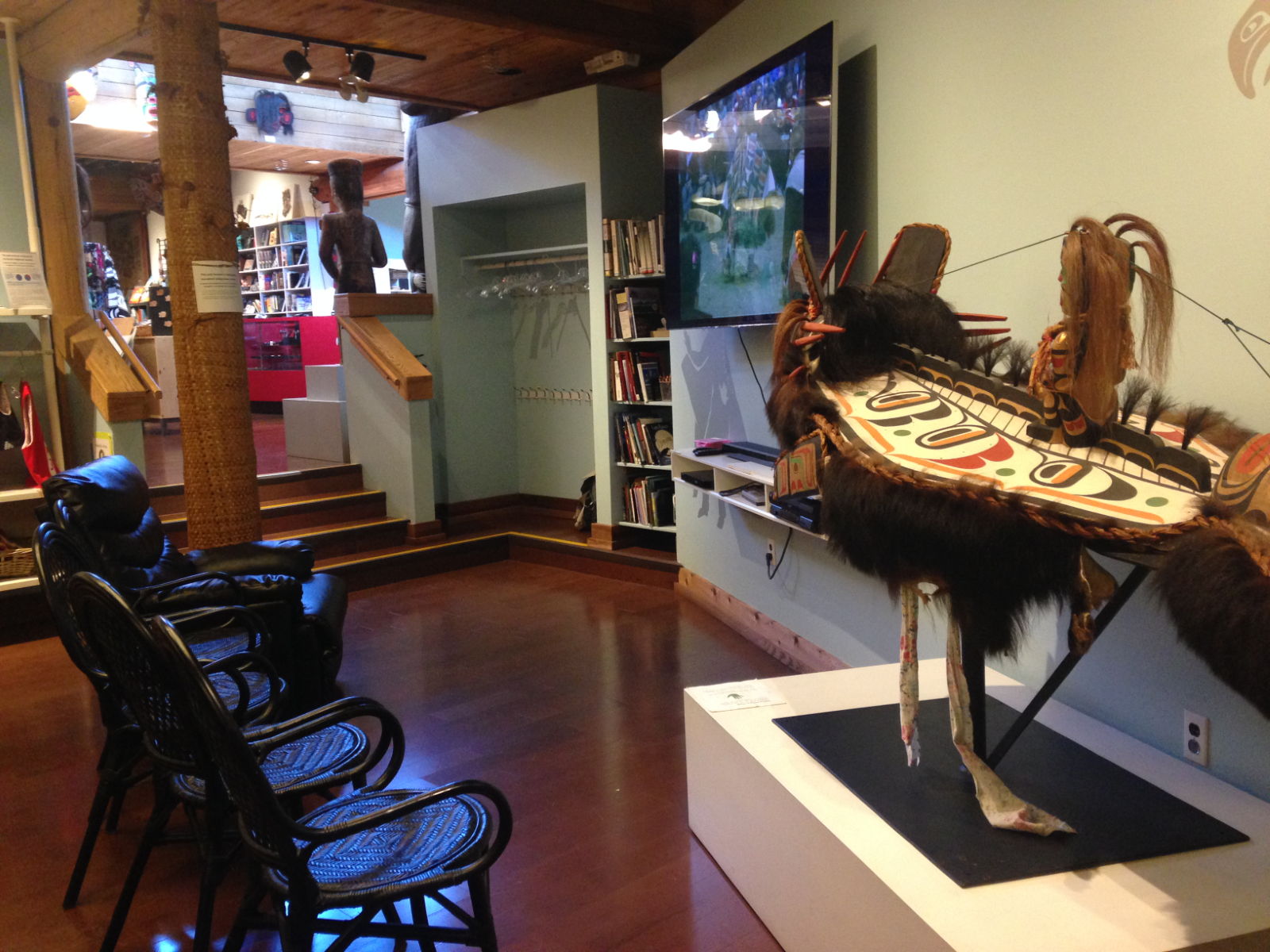

The other highlight on the island was the ecological park. This is a natural swamp fed by an underground spring. Trees were killed when a dam built to store water for the cannery caused the springs to flood the area. The tall, naked trees now provide perches for bald eagles and ravens and is a paradise for birdwatchers and botanists. There is a boardwalk enabling people to walk across the swamp which made for an enjoyable excursion and a closer look at the ecosystem of the swamp.
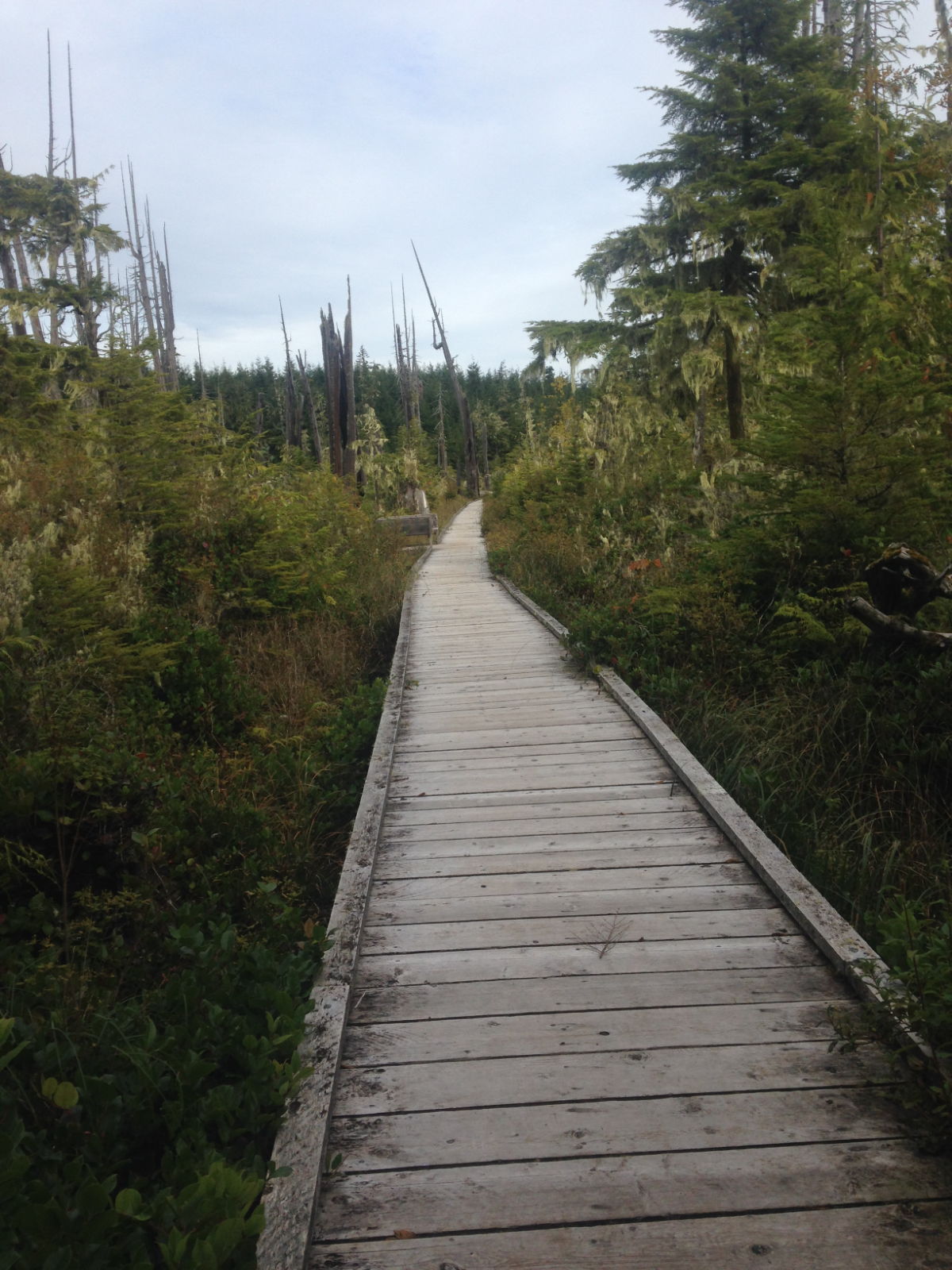

We were in Sointula on Malcolm Island by October the 4th where the boat will now stay until Spring next year. As I type, it’s almost time for us to leave Canada and fly back to the UK. We have grown very fond of Sointula in the week that we’ve been here. It’s been made all the more special by the warm and friendly welcome we’ve received from Jim, who will be looking after the boat during the winter, and his wife Ivana. They kindly invited us to their thanksgiving dinner last Sunday where we enjoyed a delicious feast and met two of their friends in their lovely home on the waterfront. I can honestly say I love it here and will miss it when we leave. That said, I’m looking forward to catching up with family and friends in the UK next week. It’s good to know we’ll be returning here in 2019. I just hope I get to see a bear next time! Final pictures for this year from me below, of gorgeous Sointula.

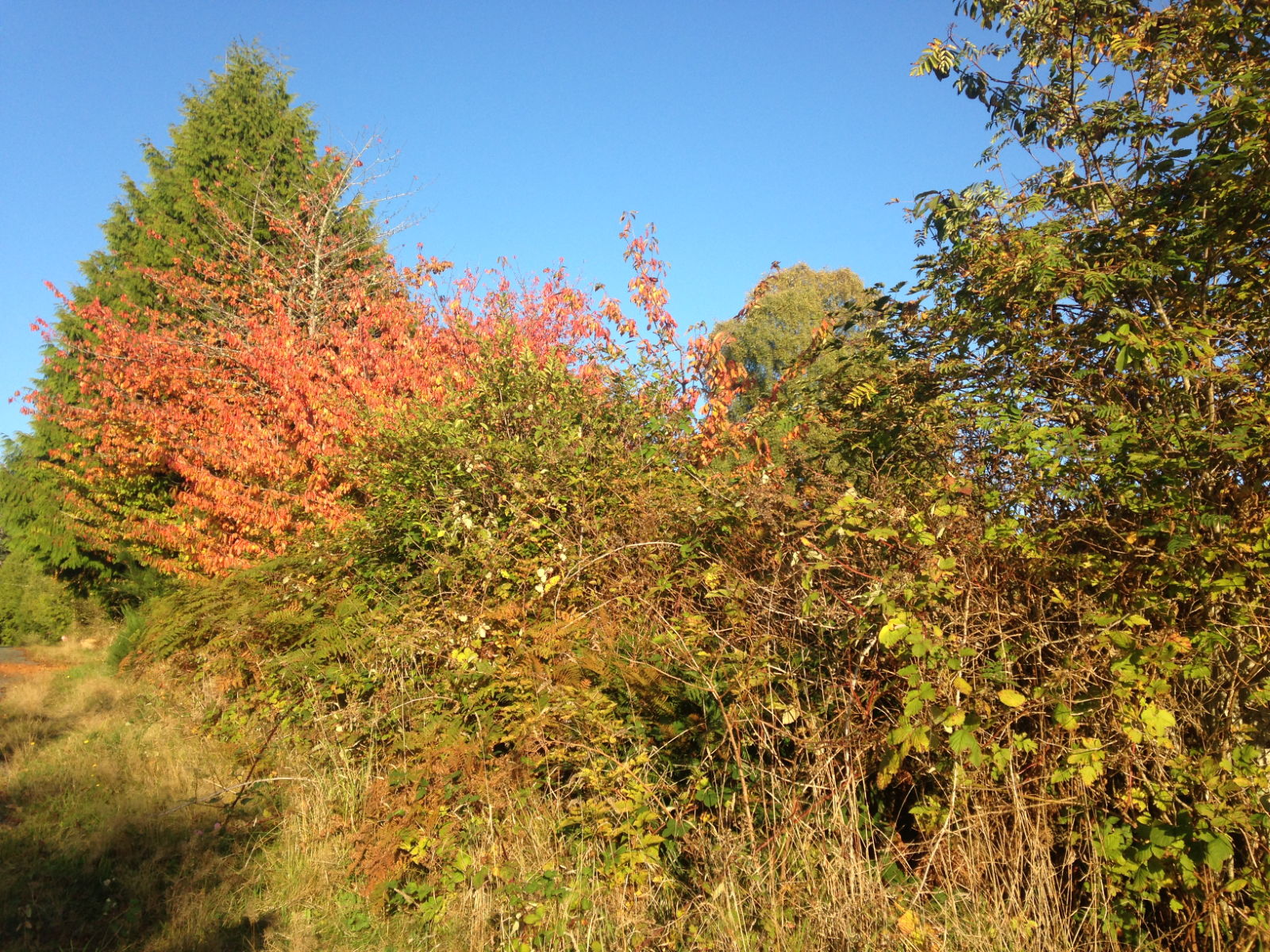
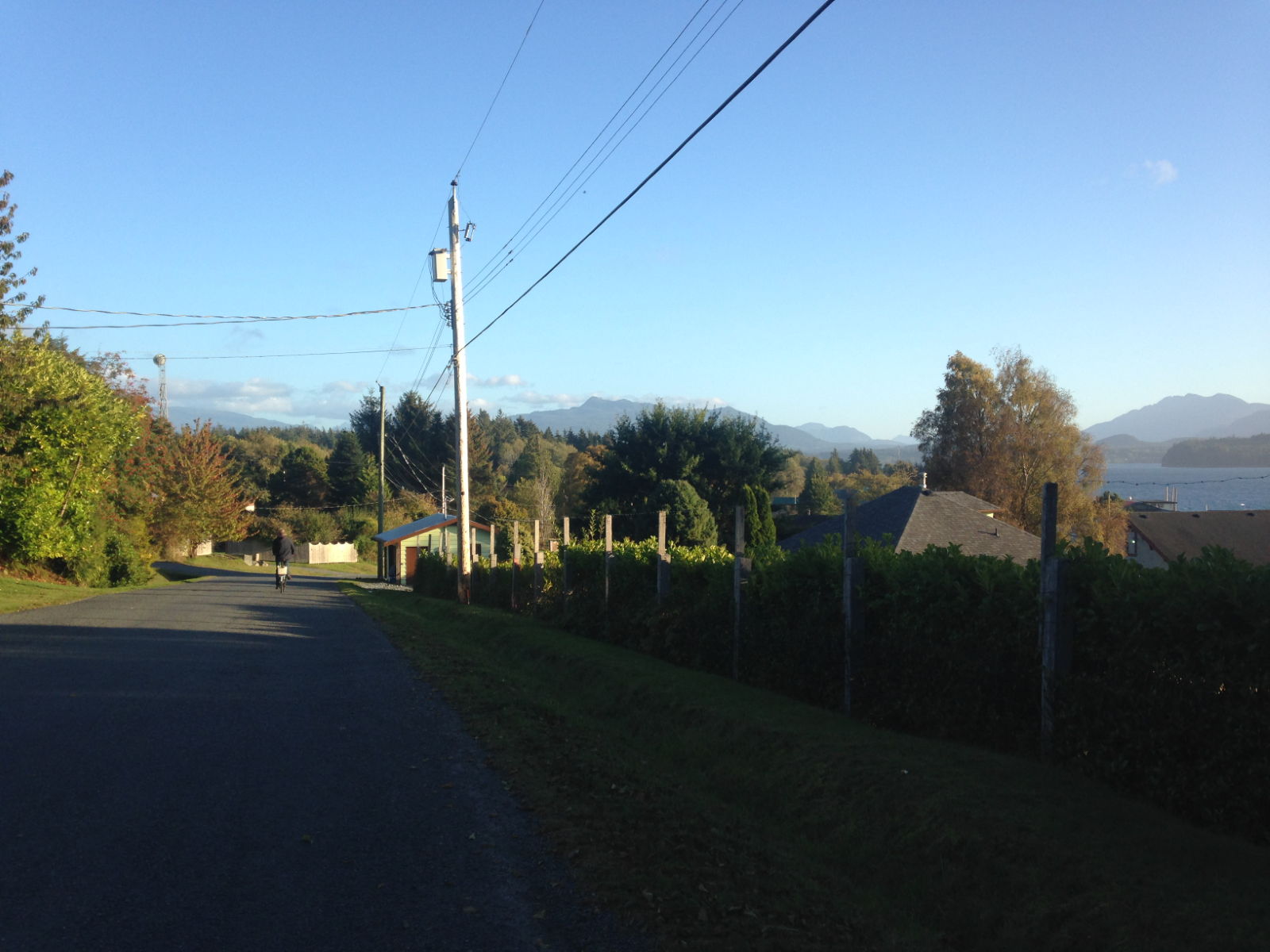
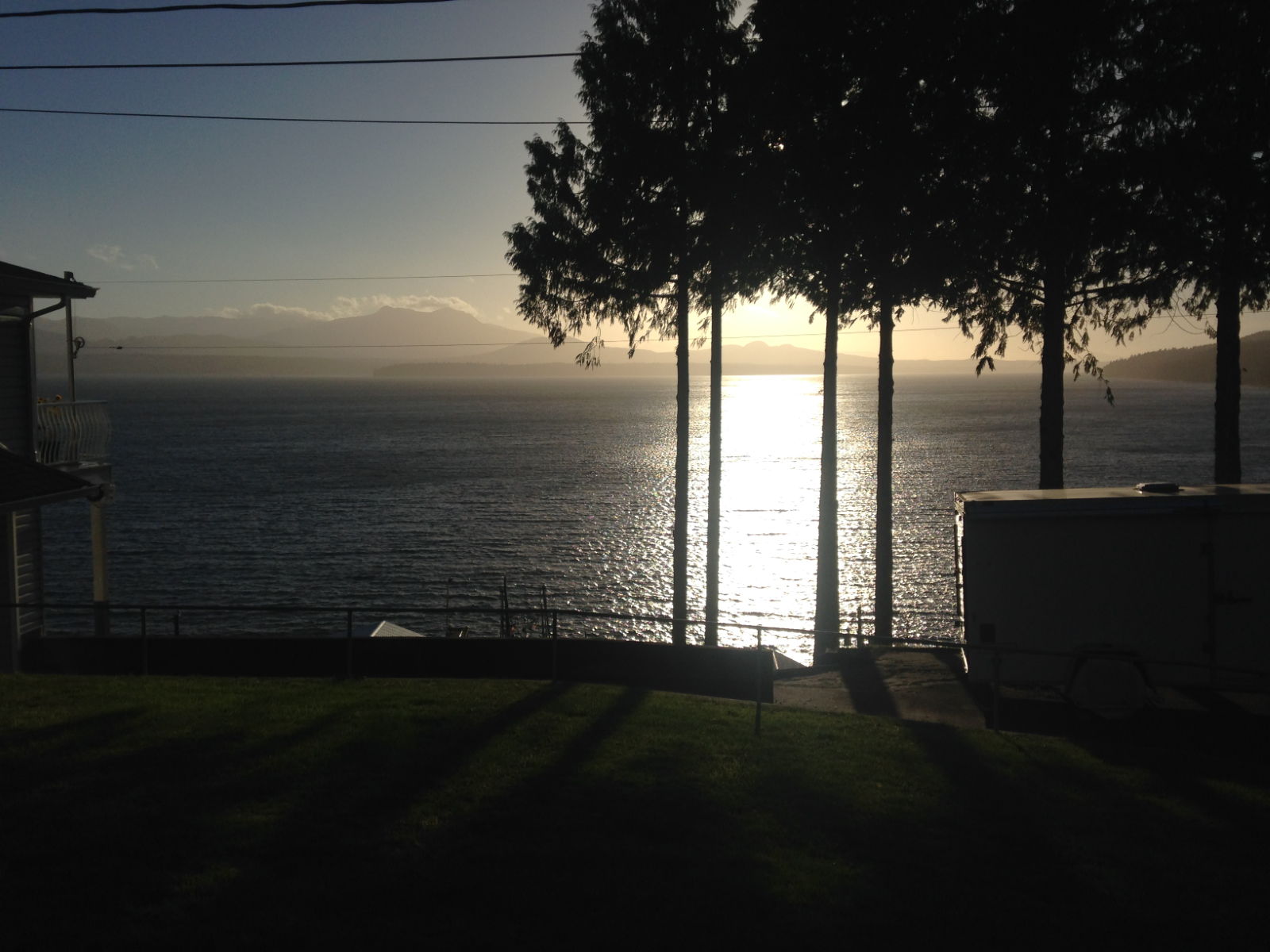

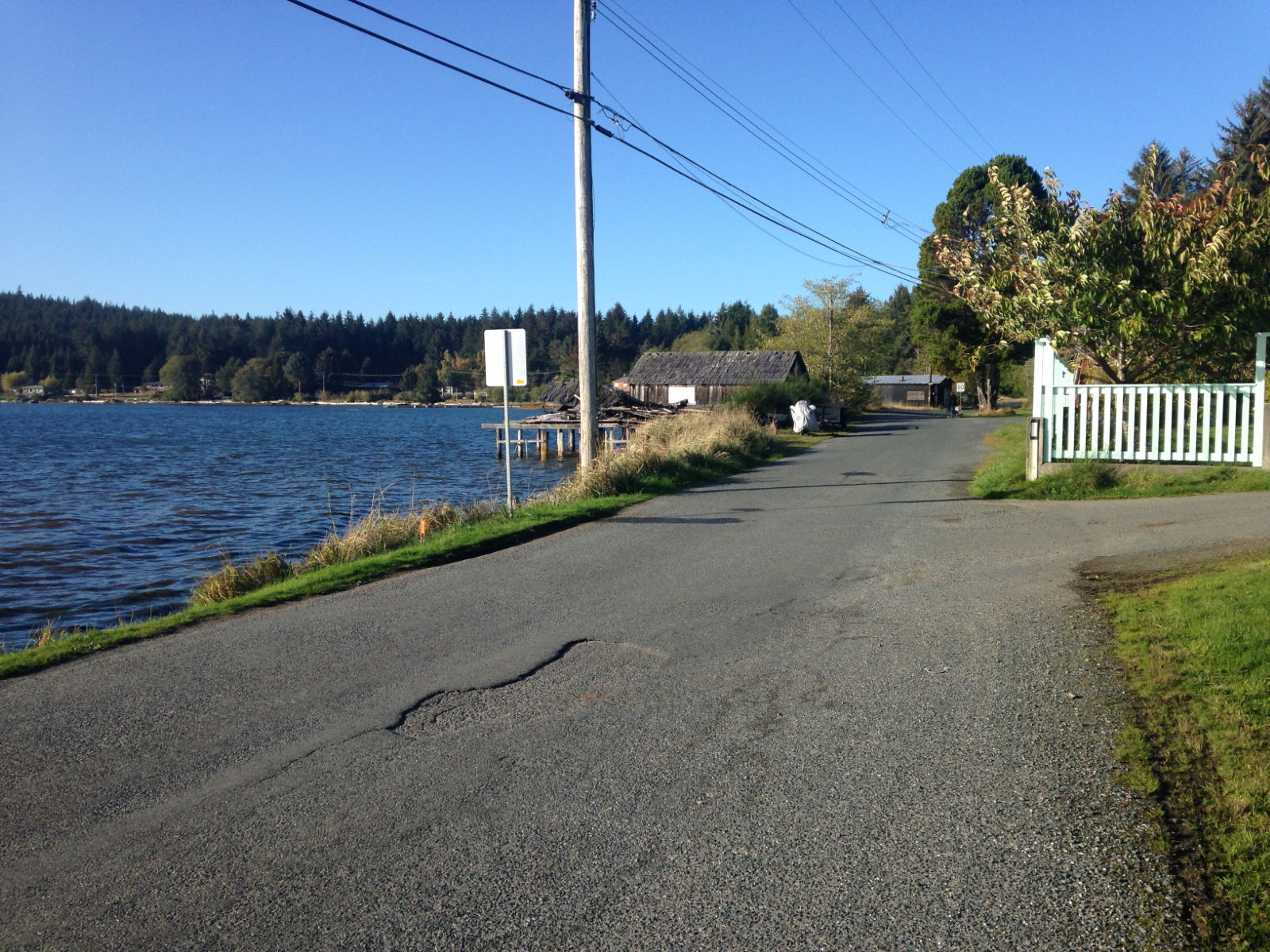

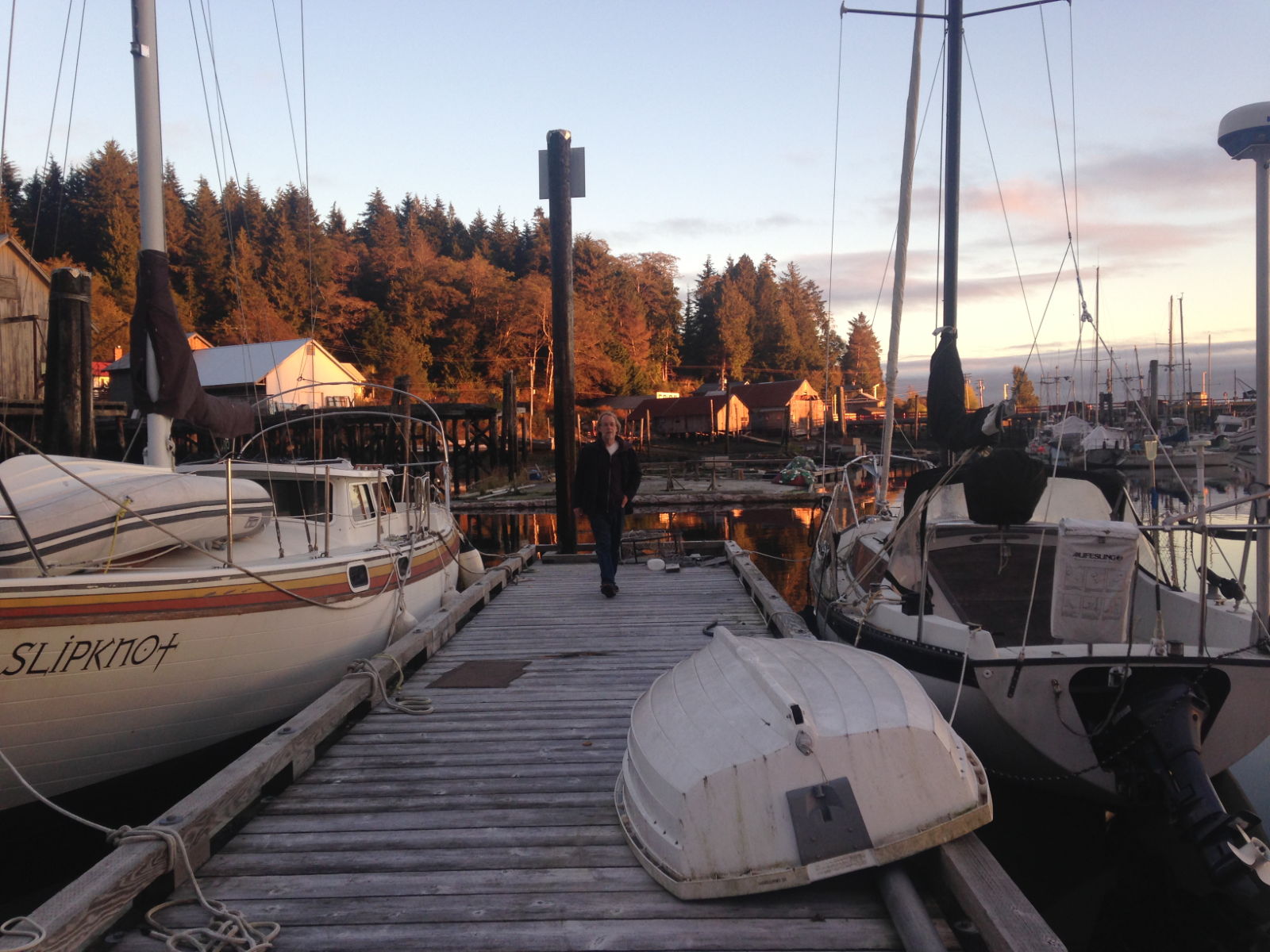


Stunning photo’s Kathy,and a great read.
Can see why you would want to go back! x
Fab read Kathy and beautiful photos of an absolutely beautiful country. See you soon xx